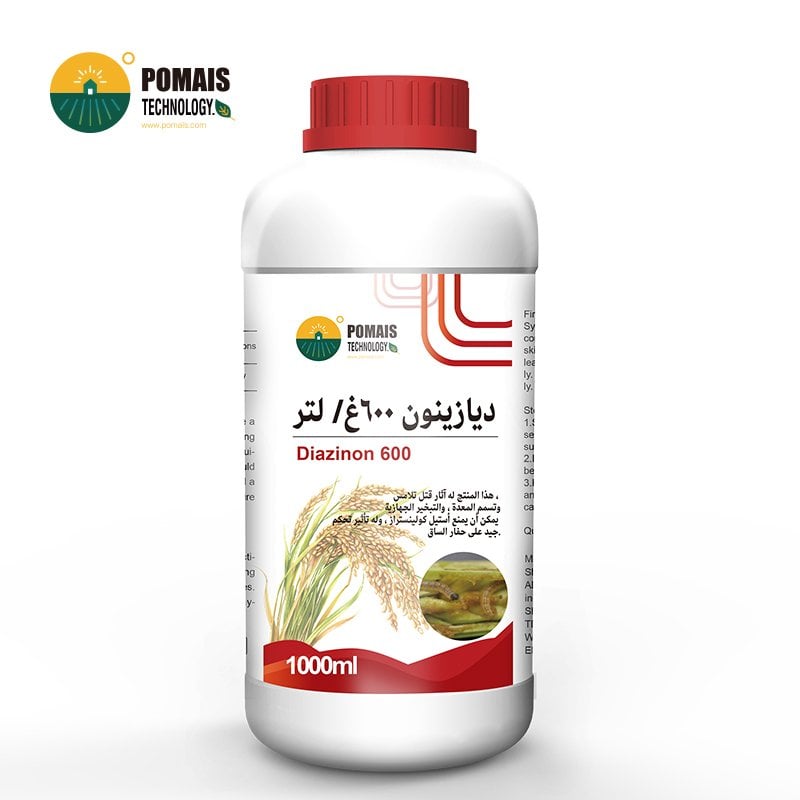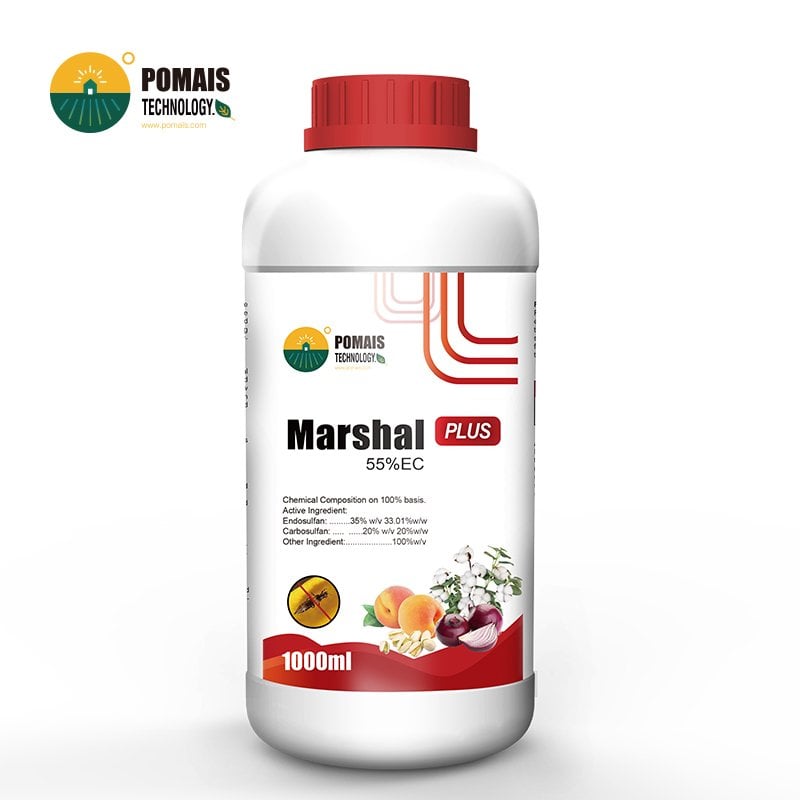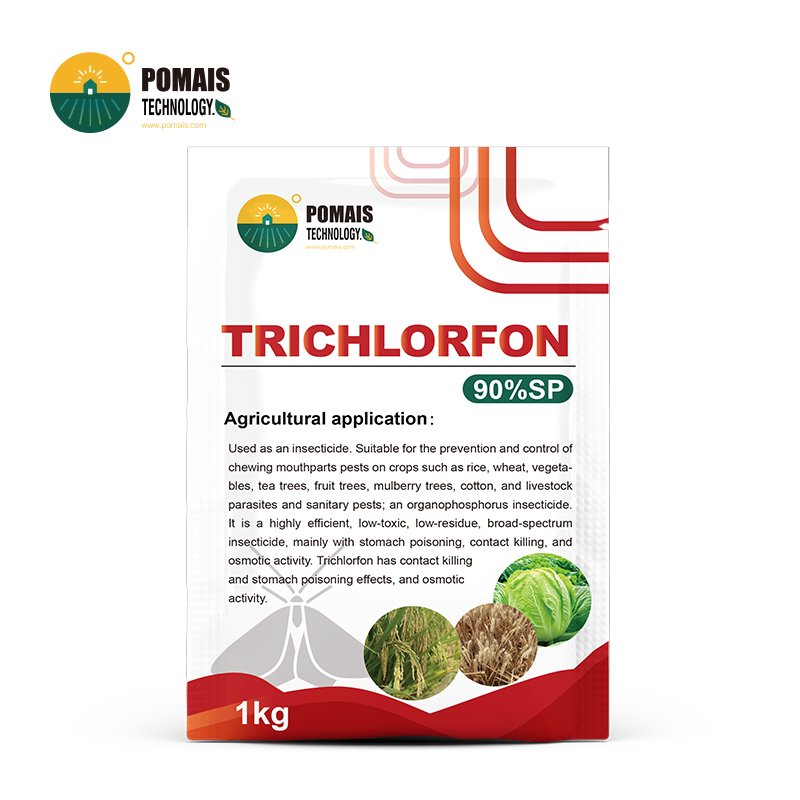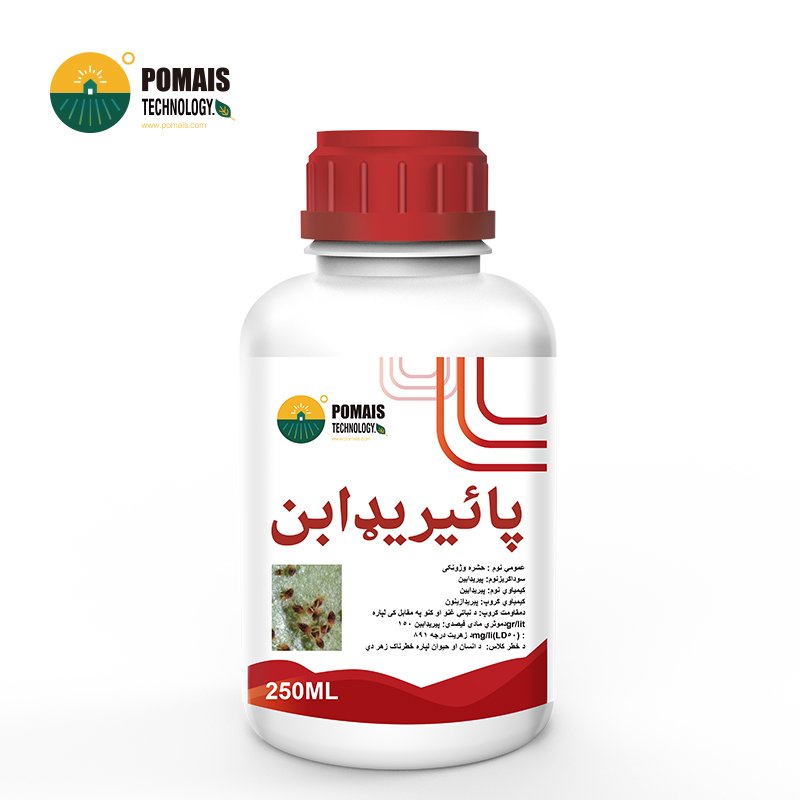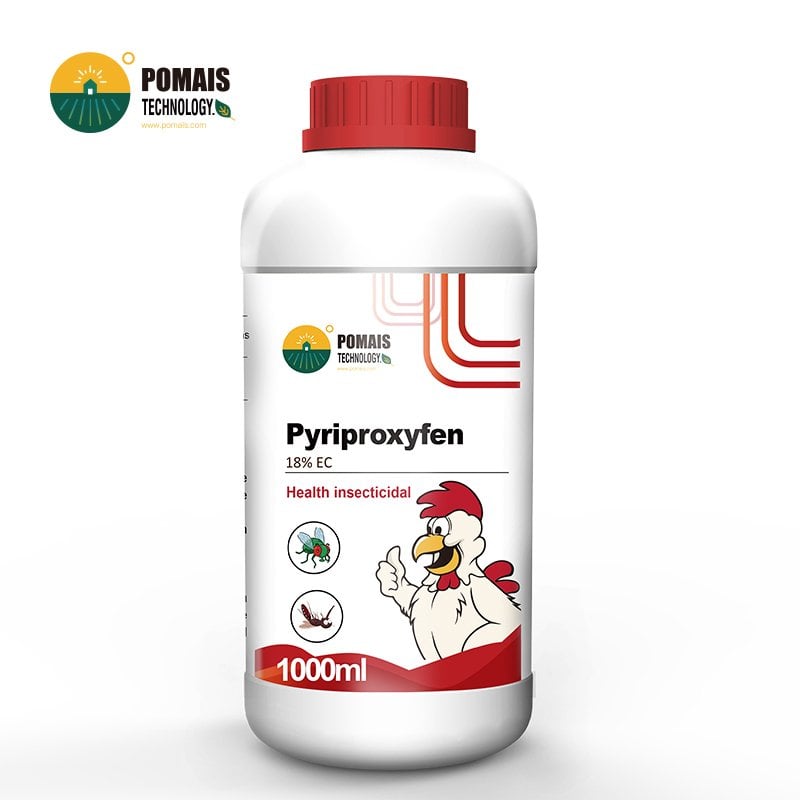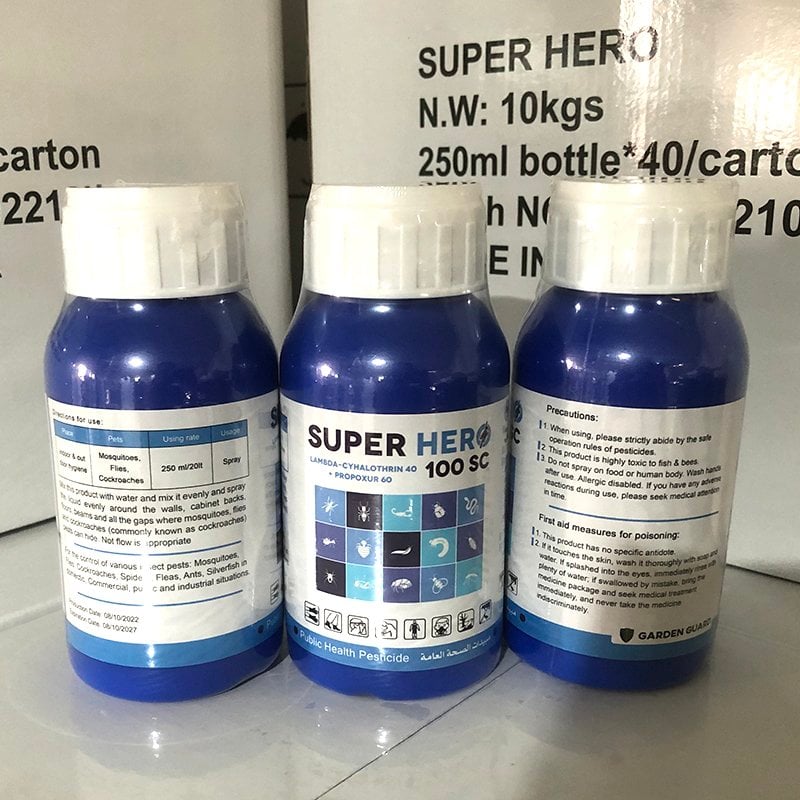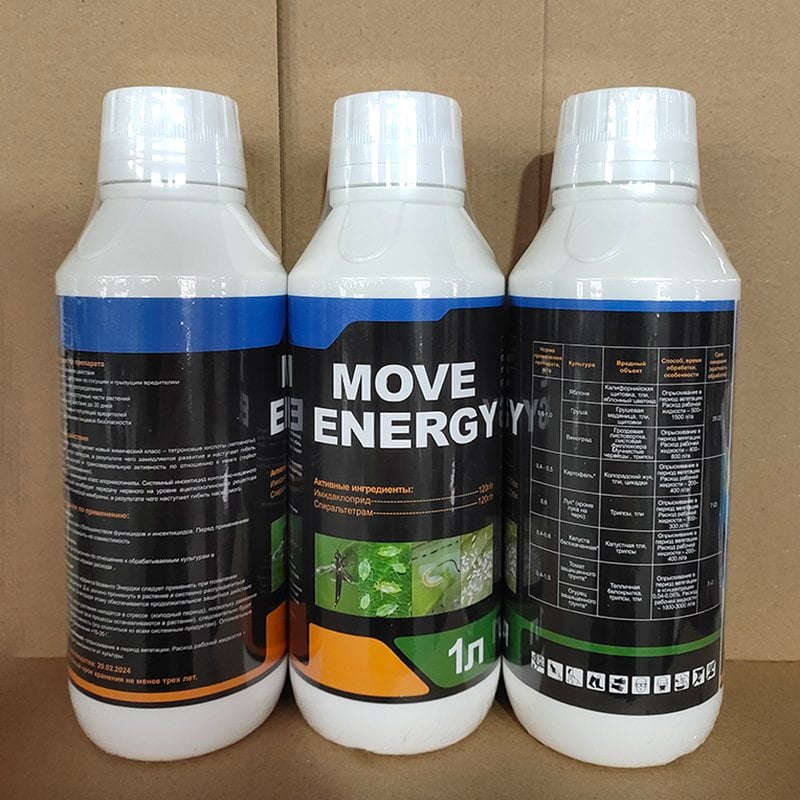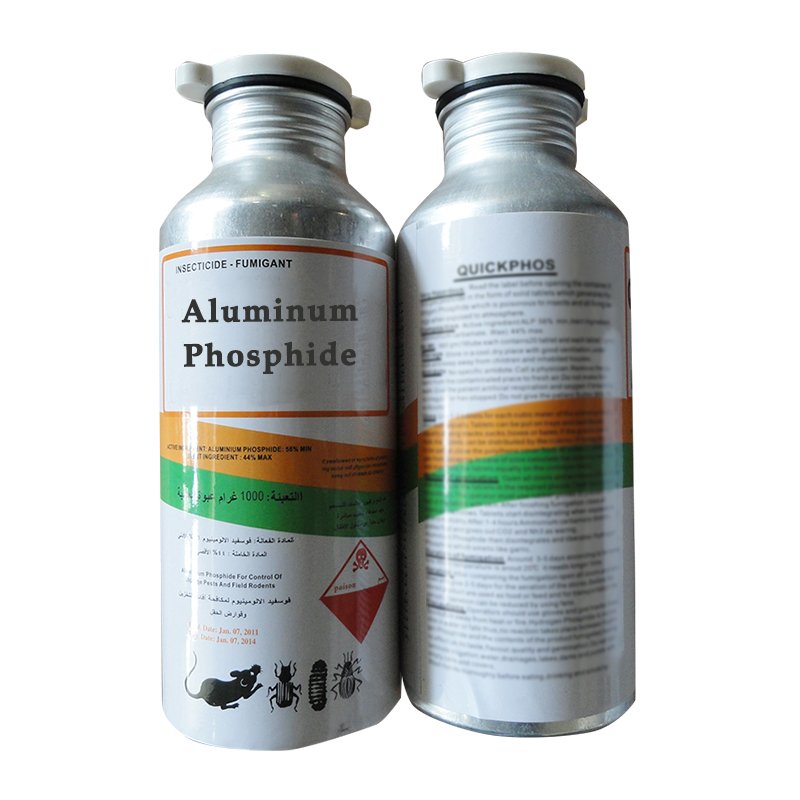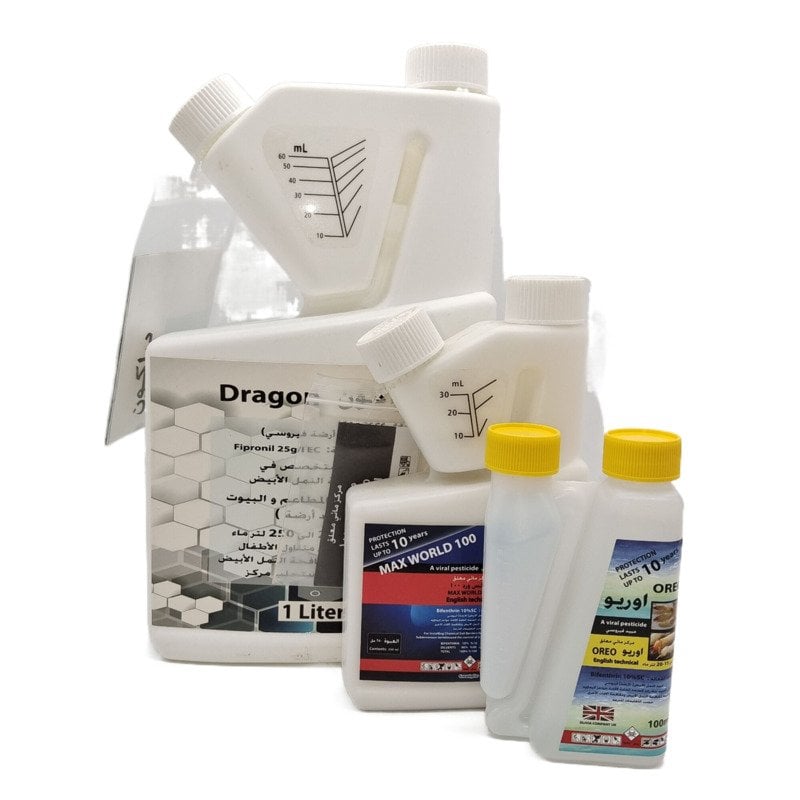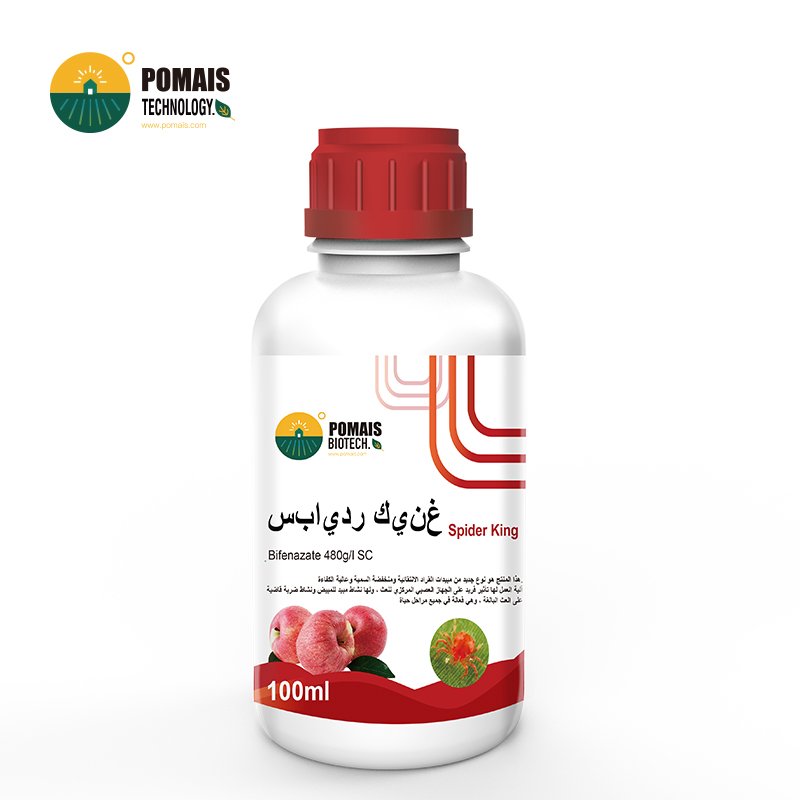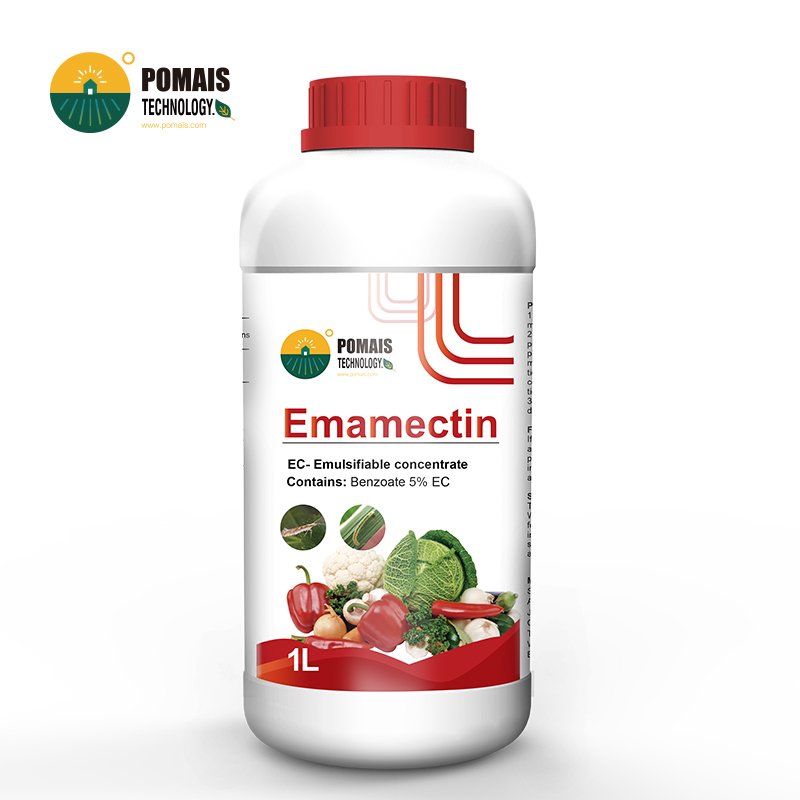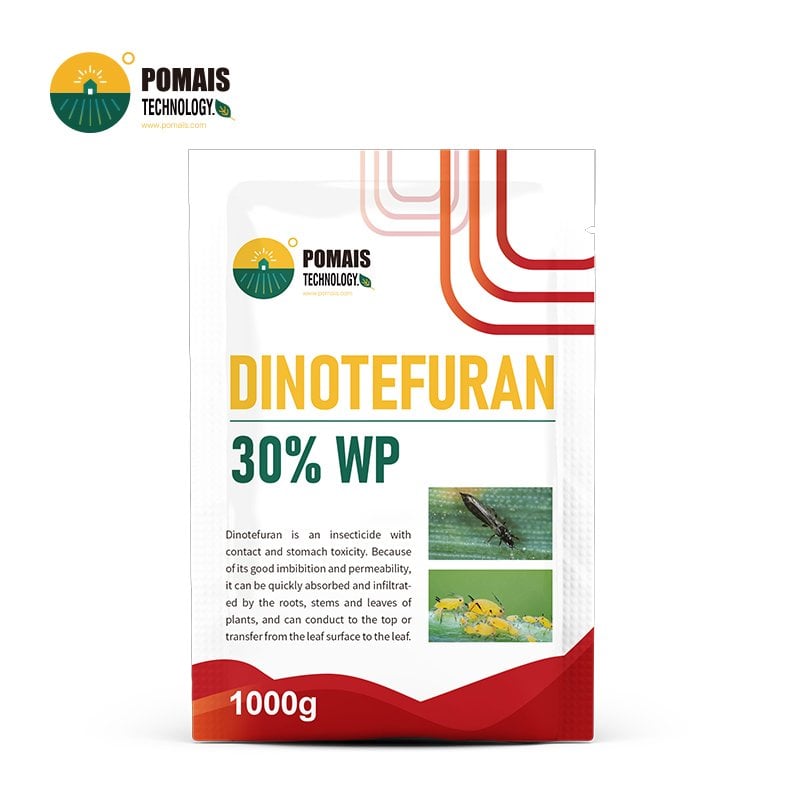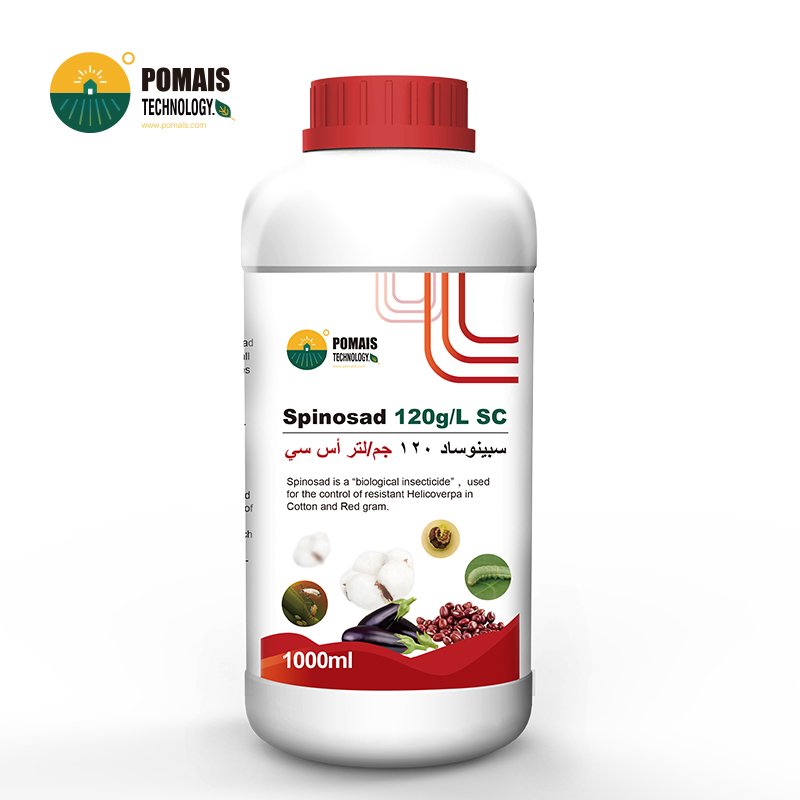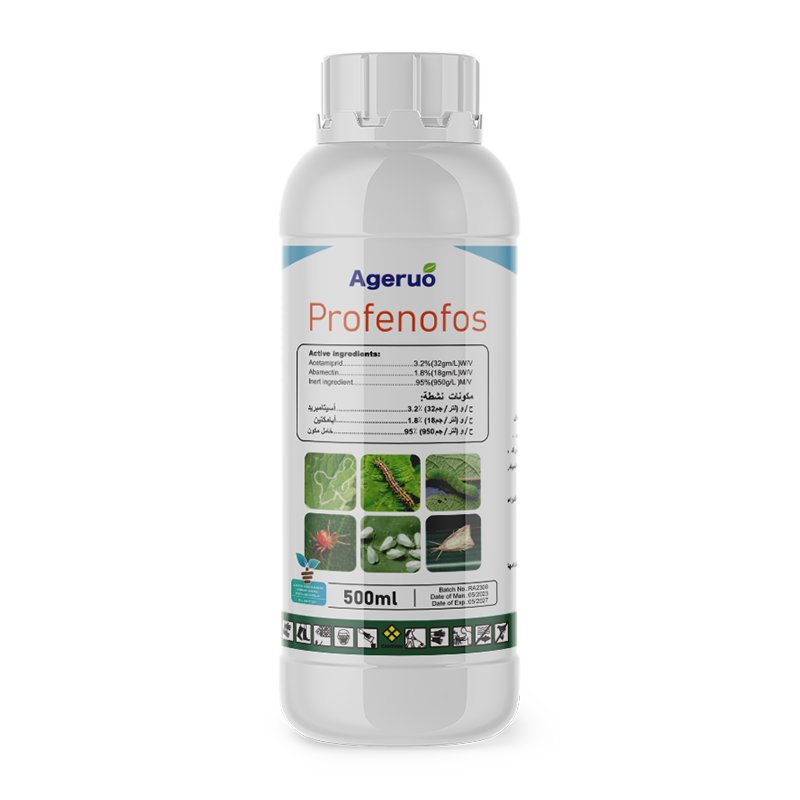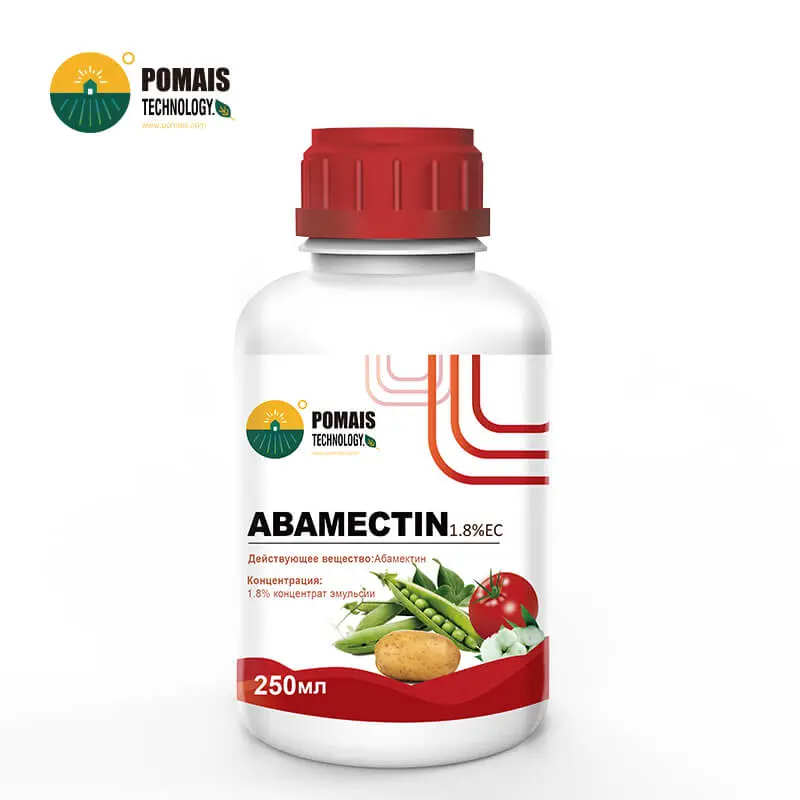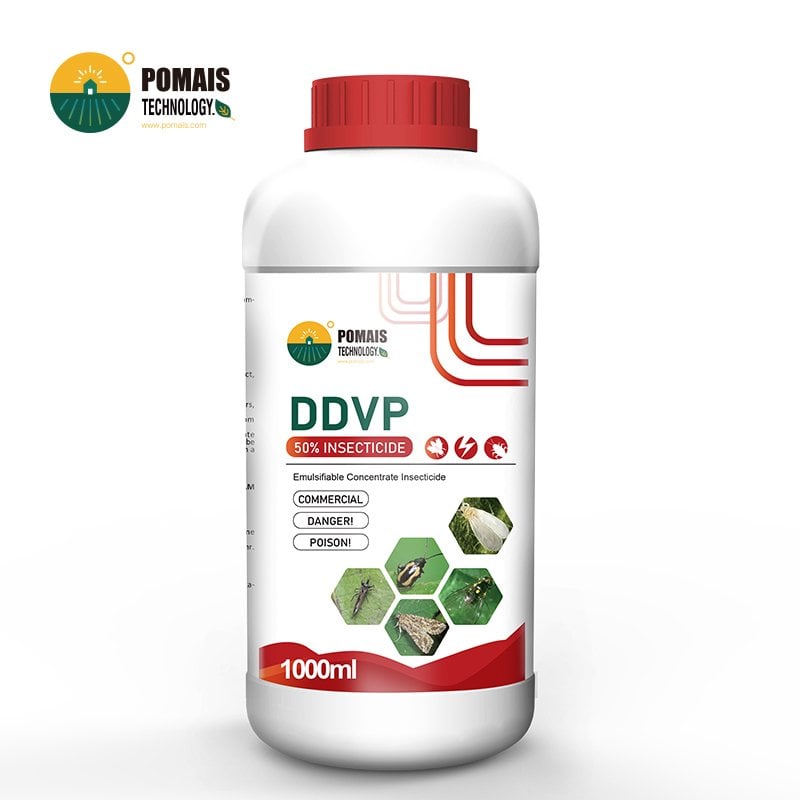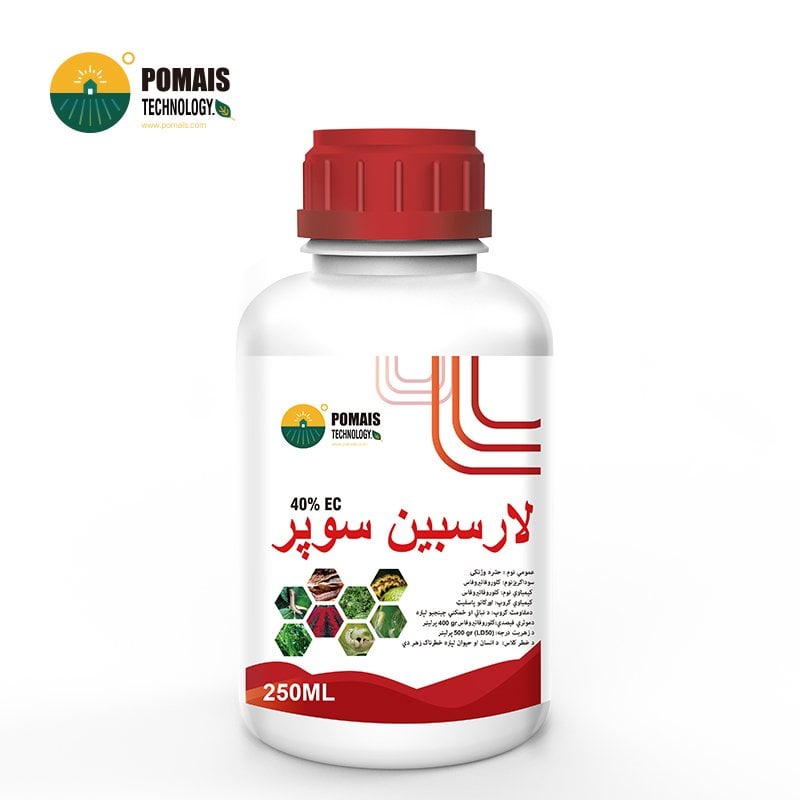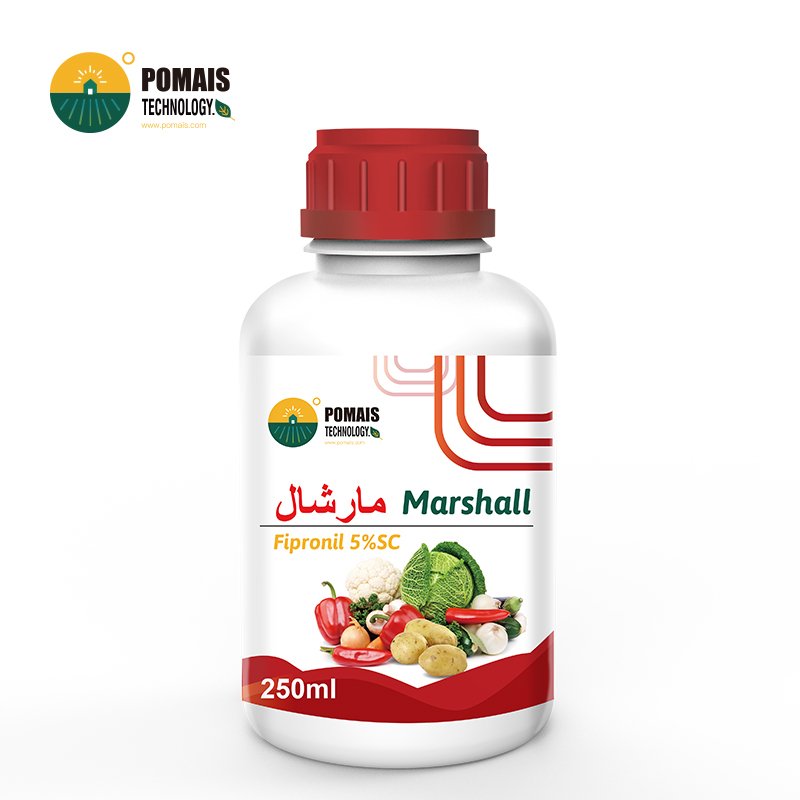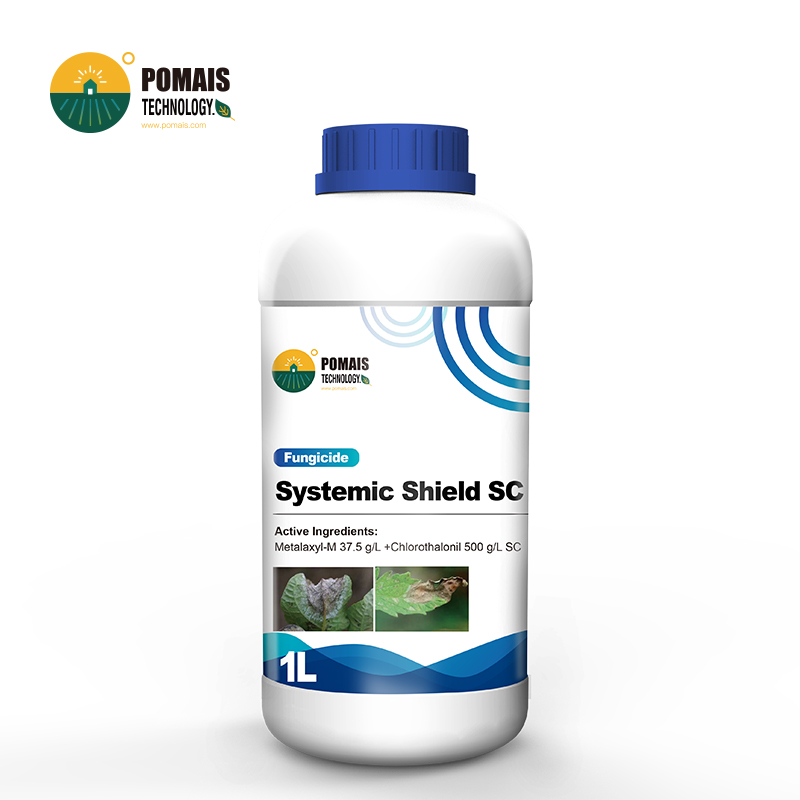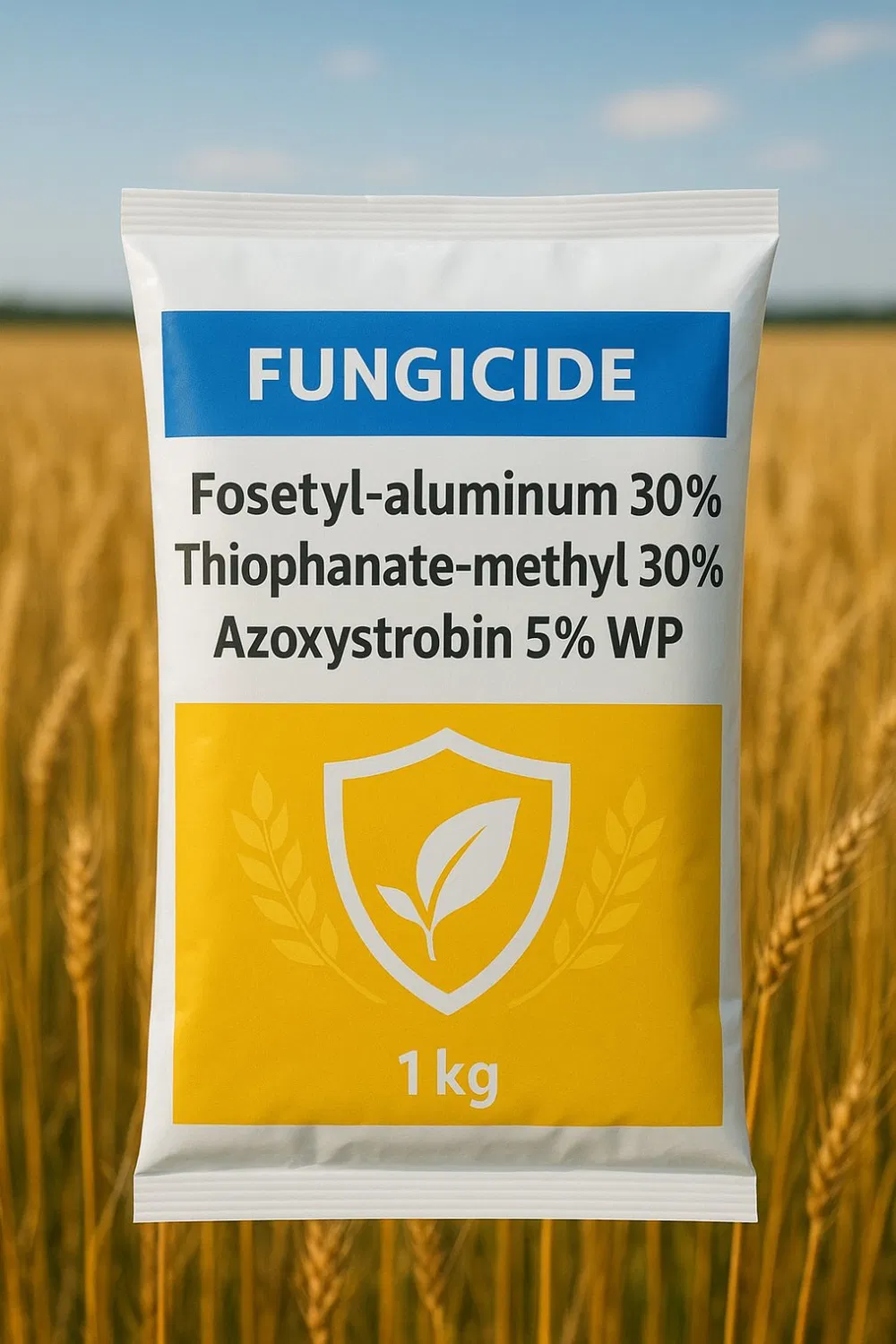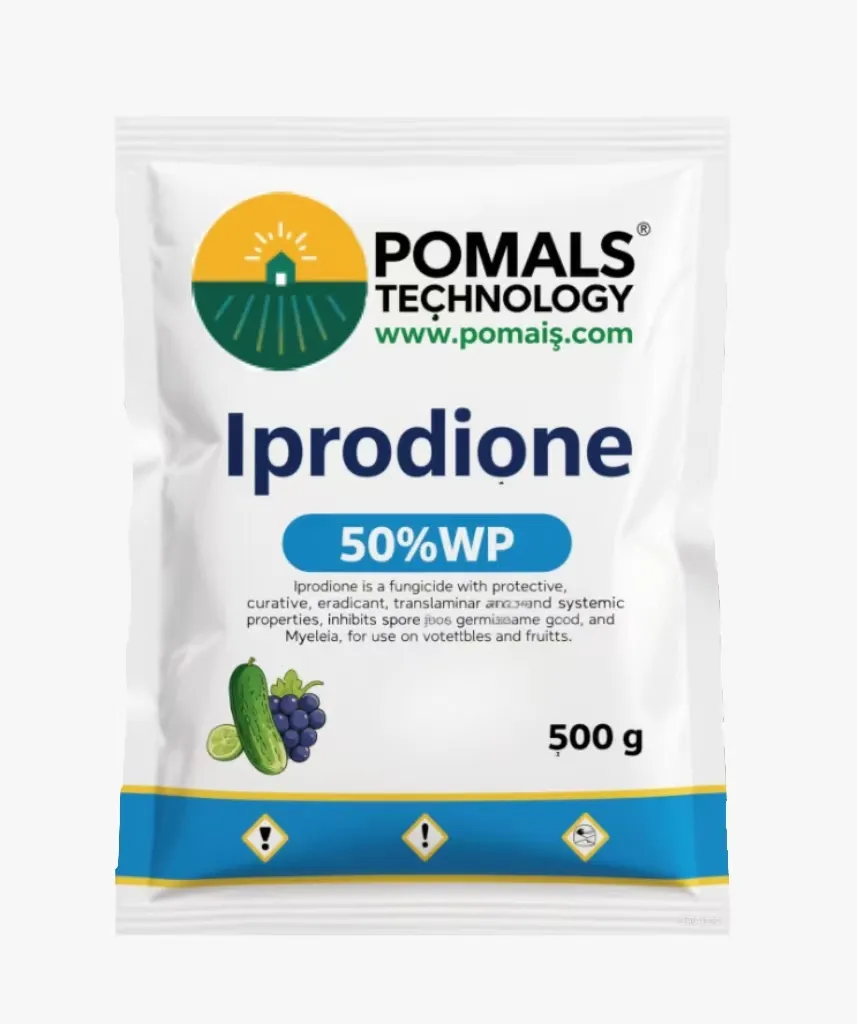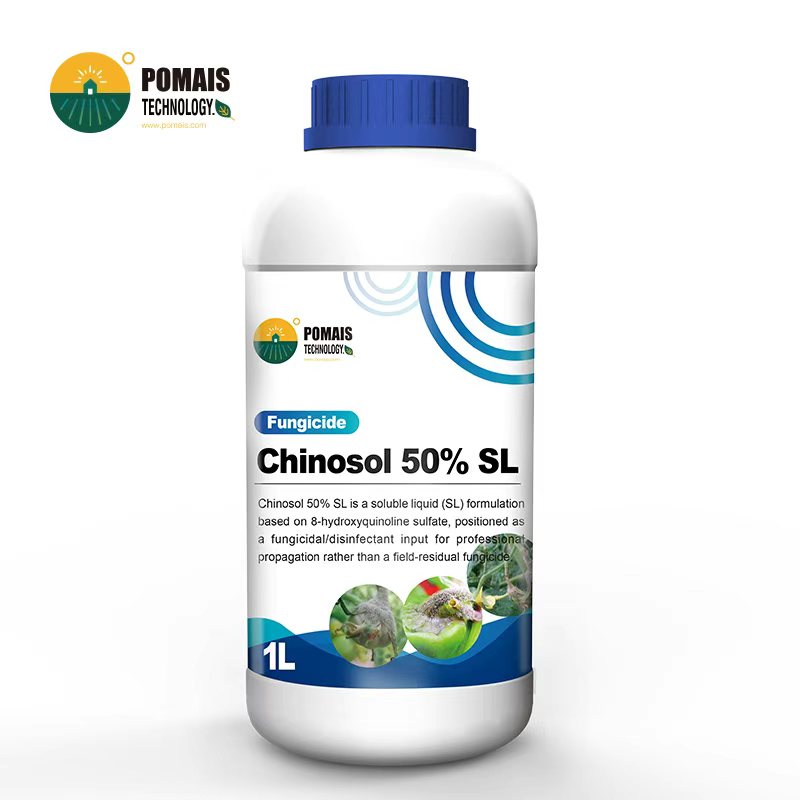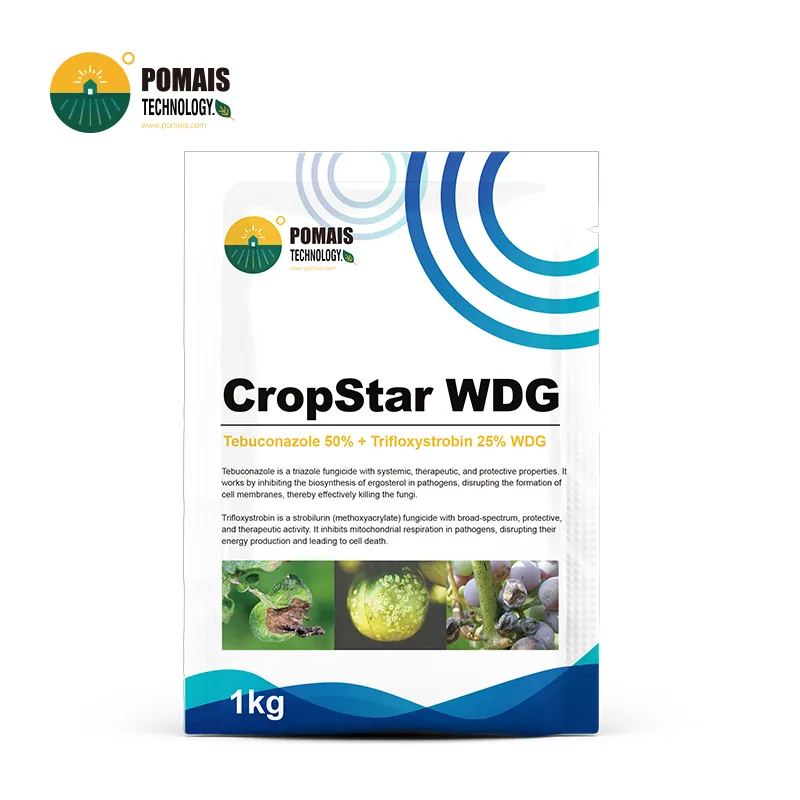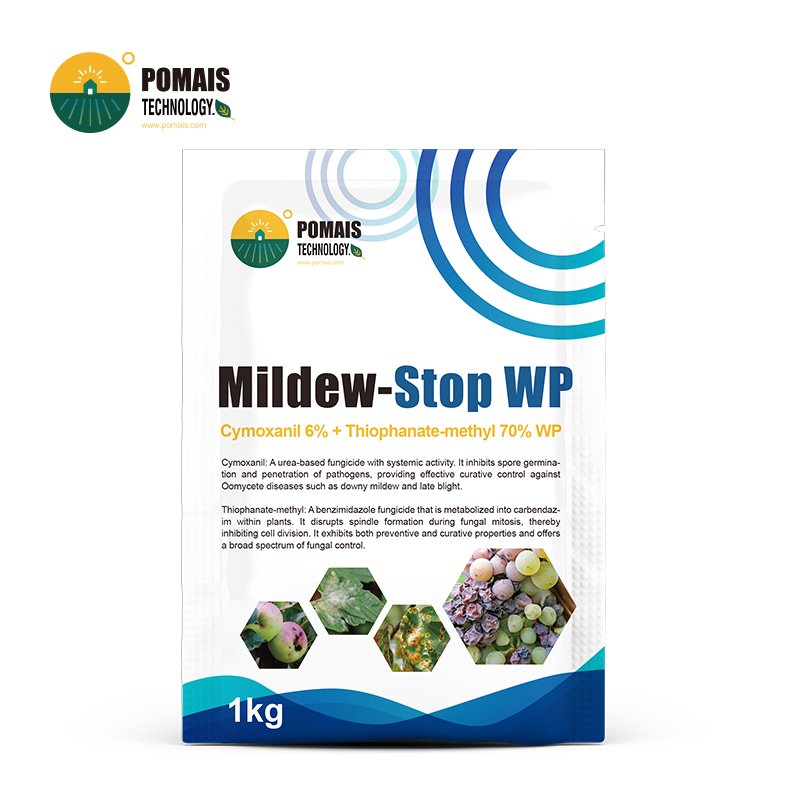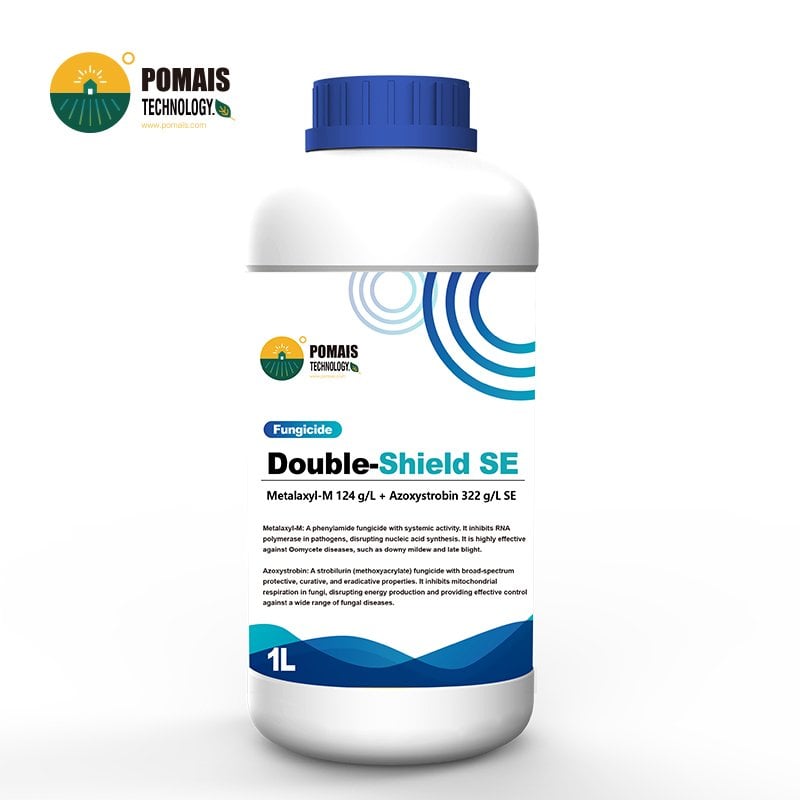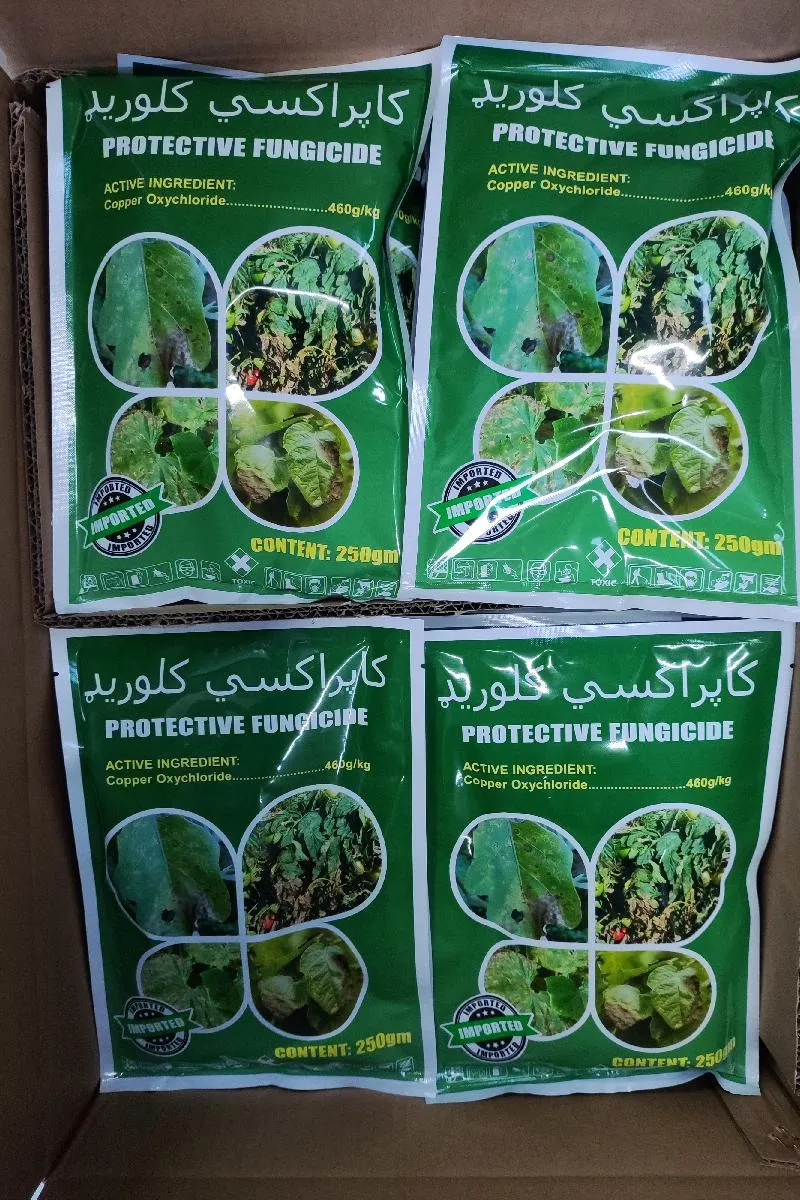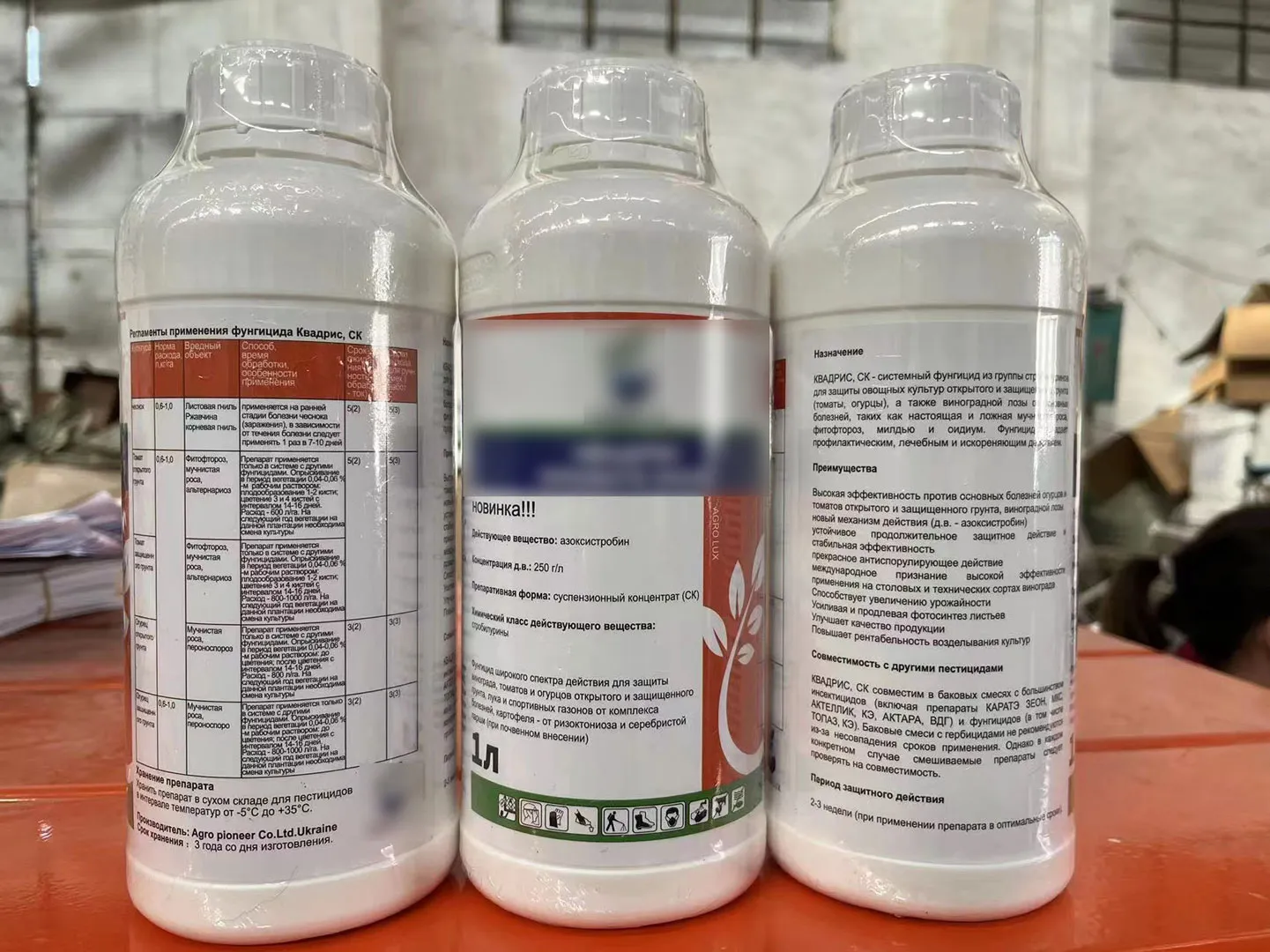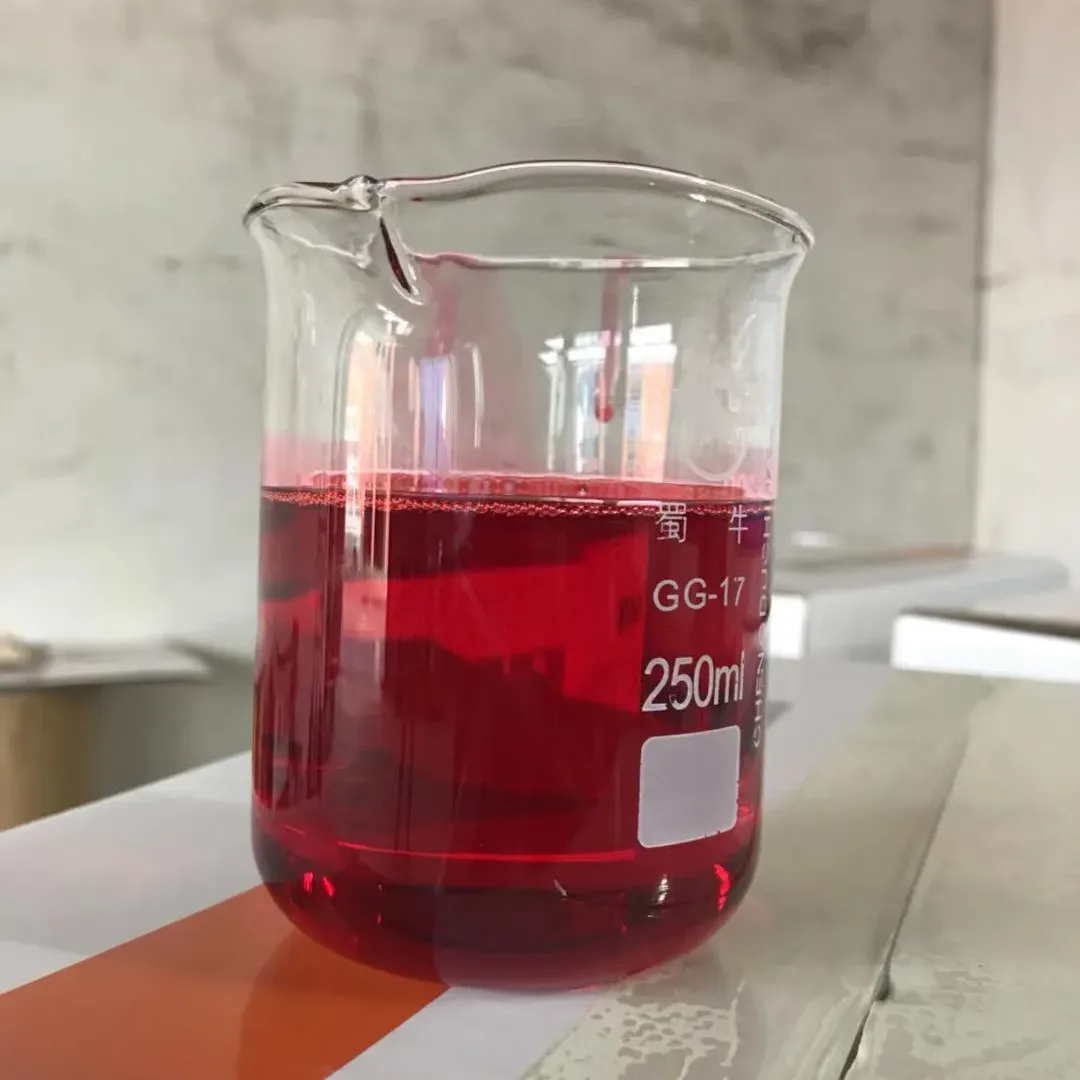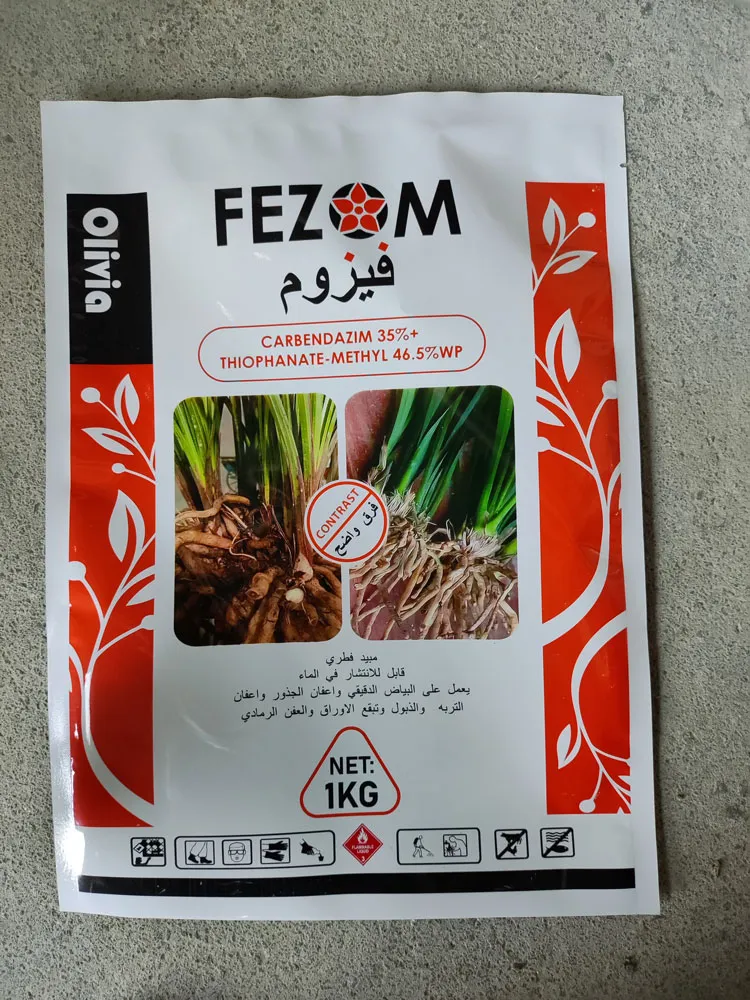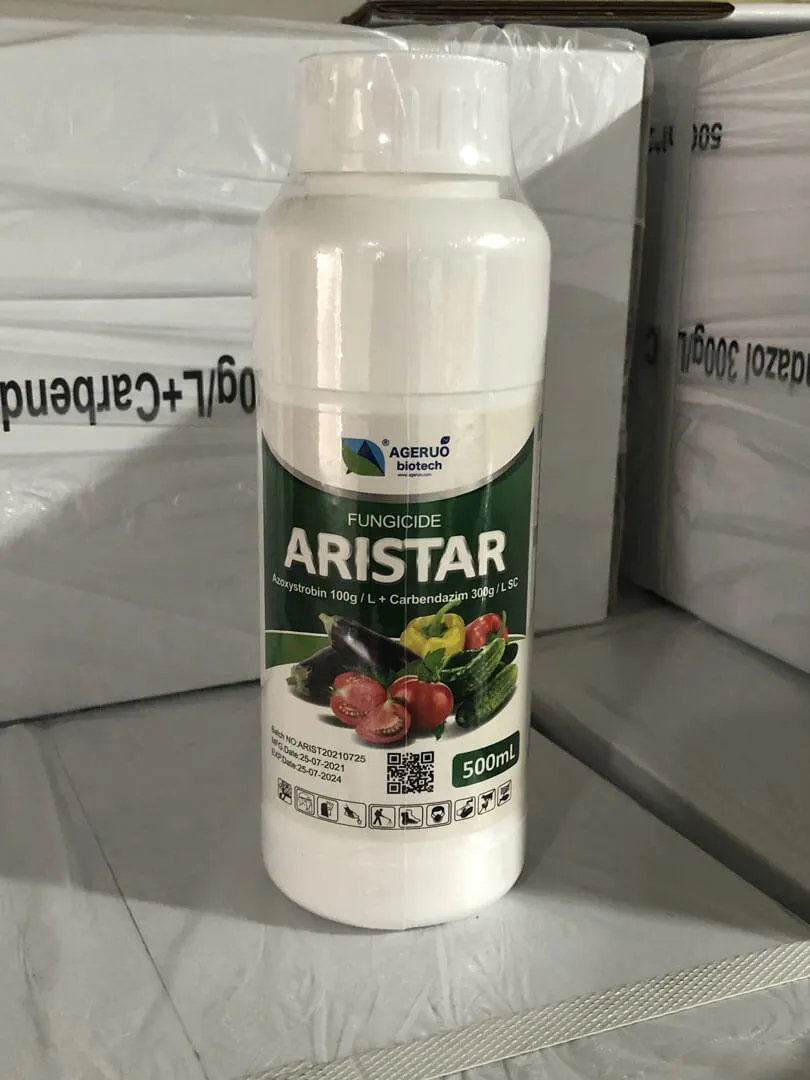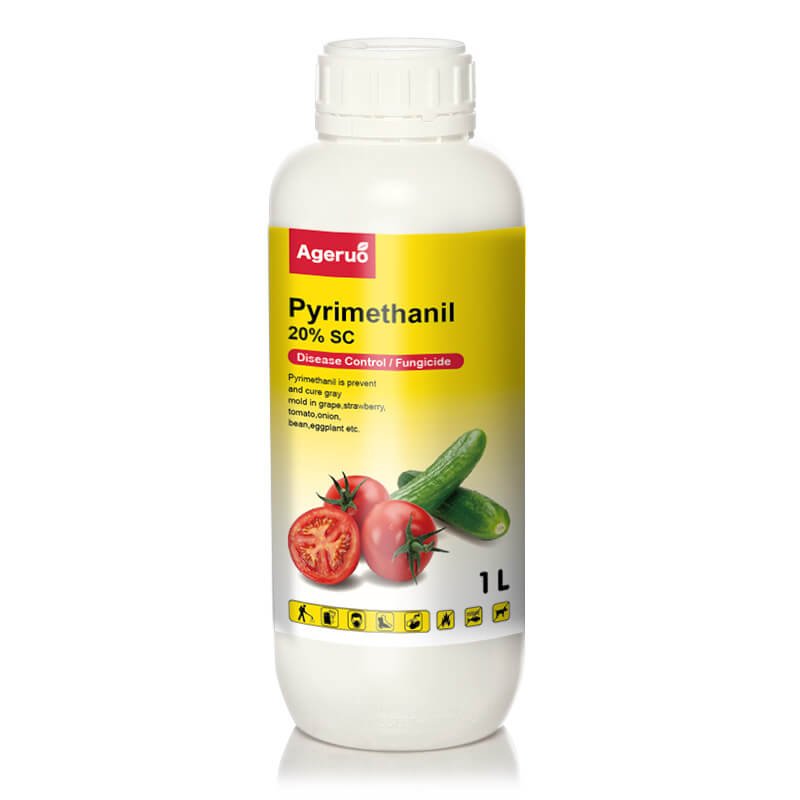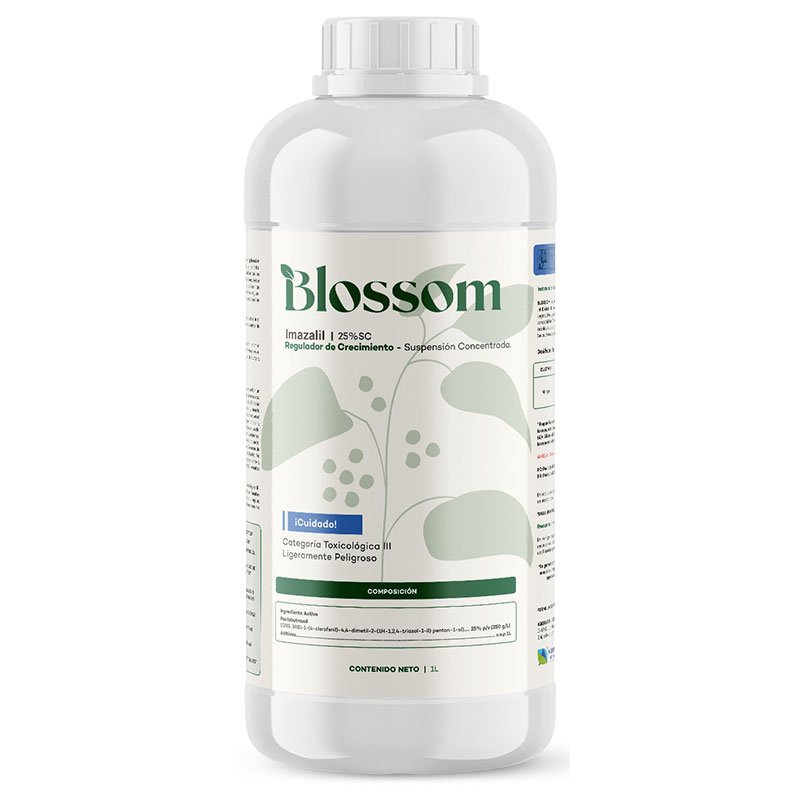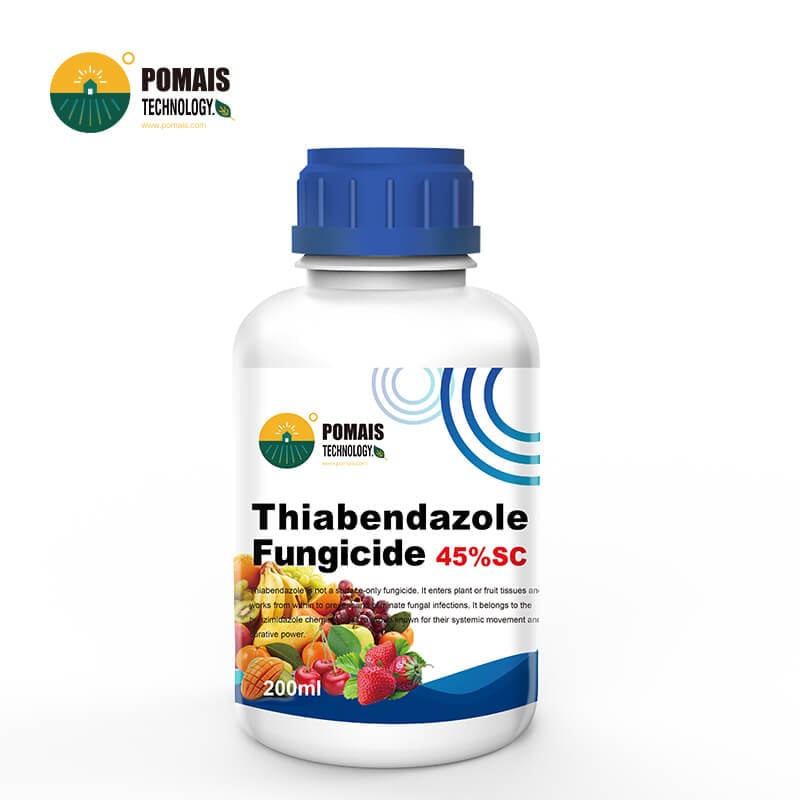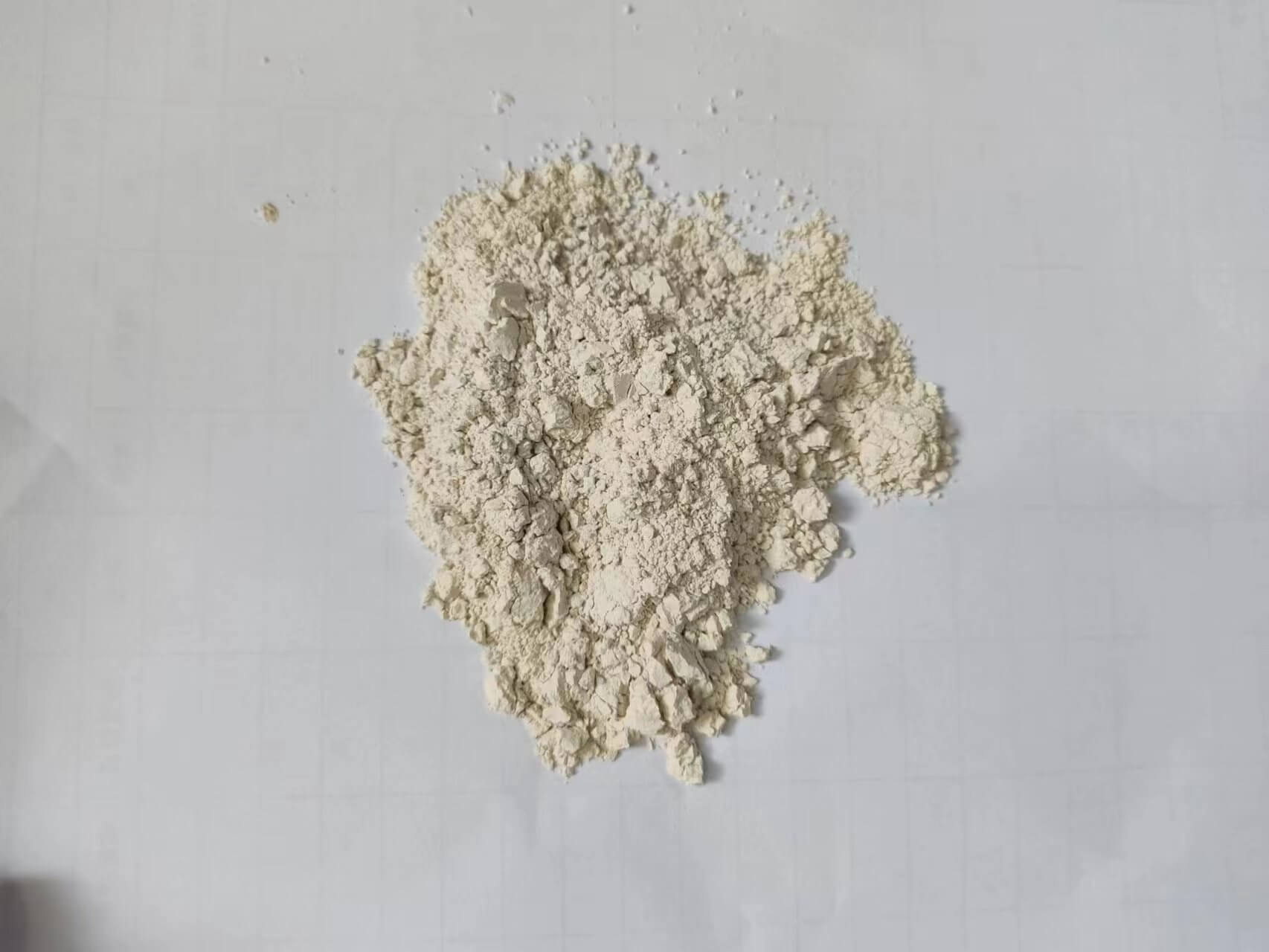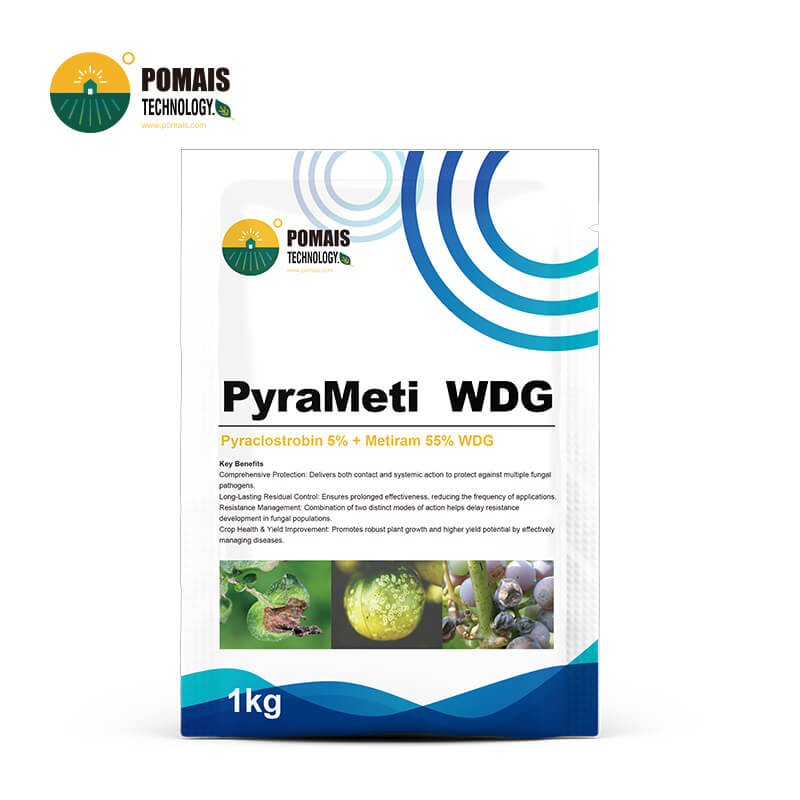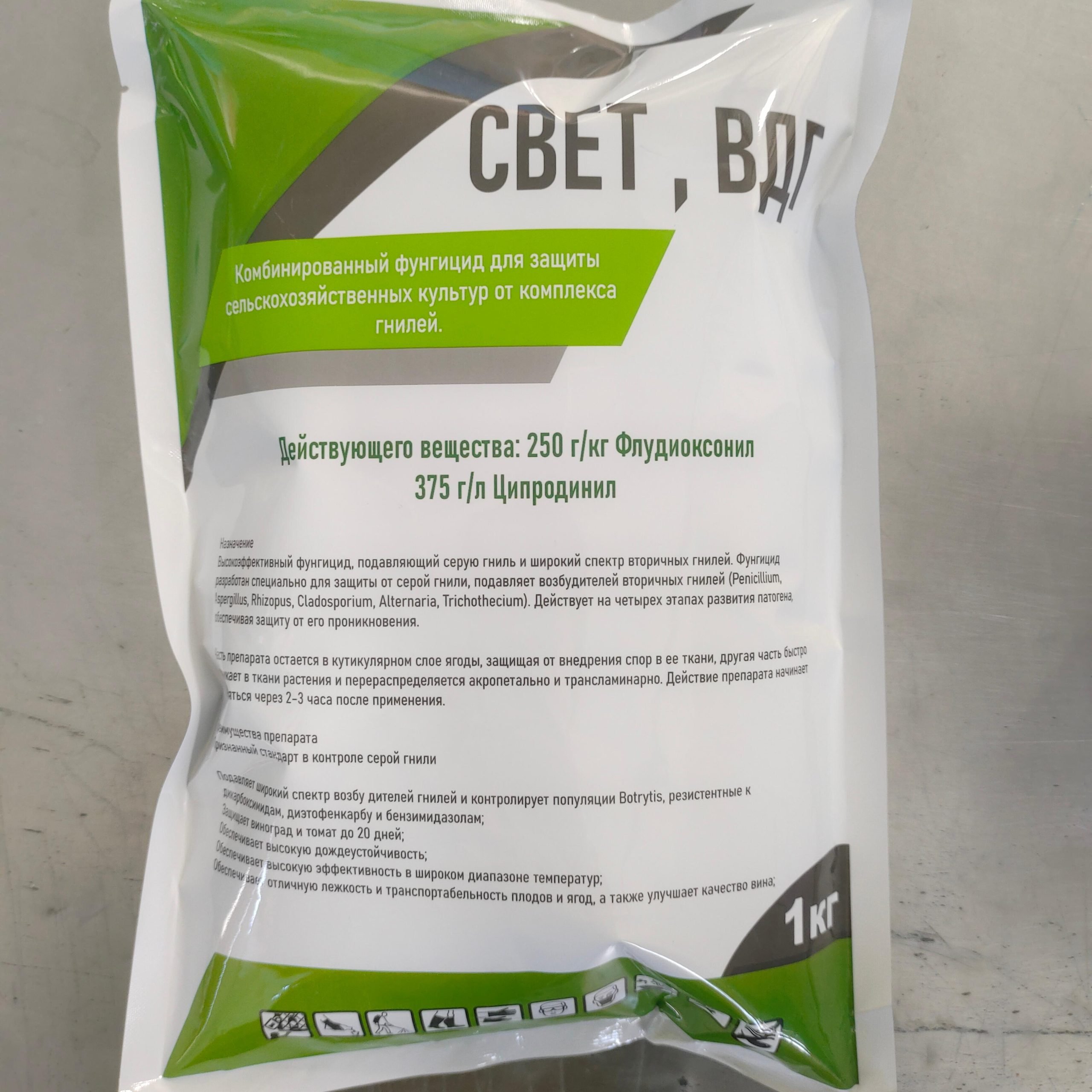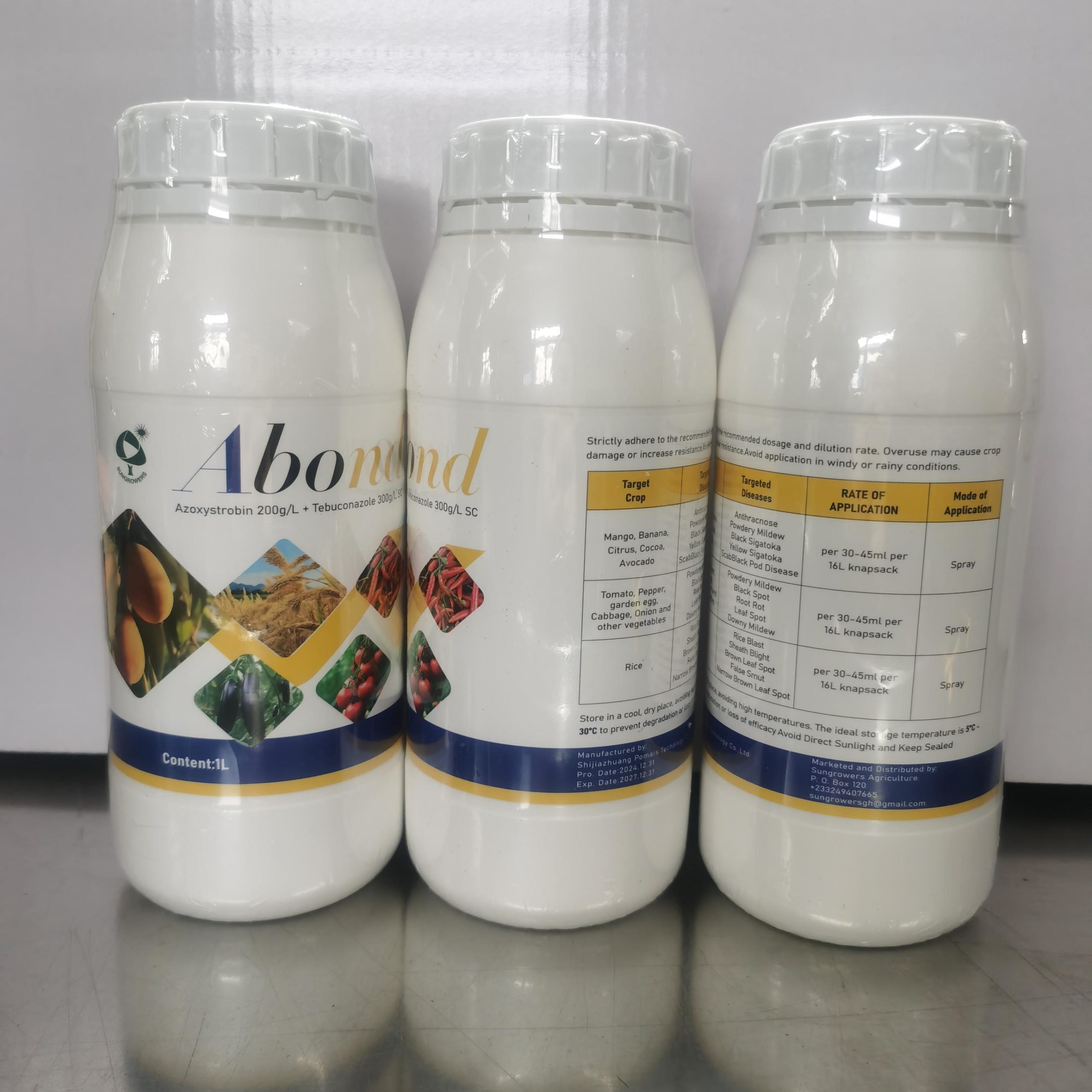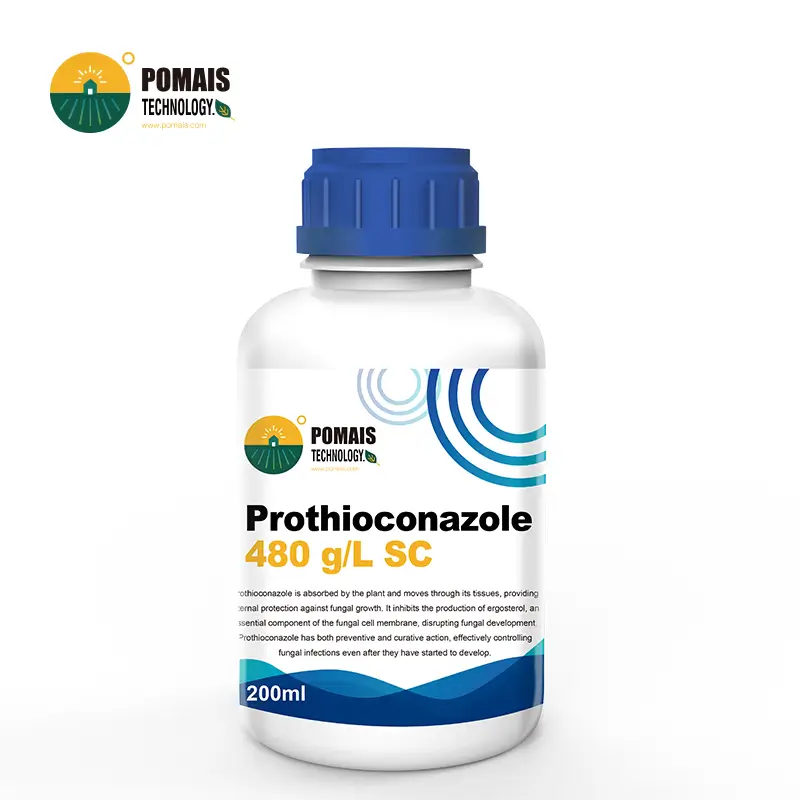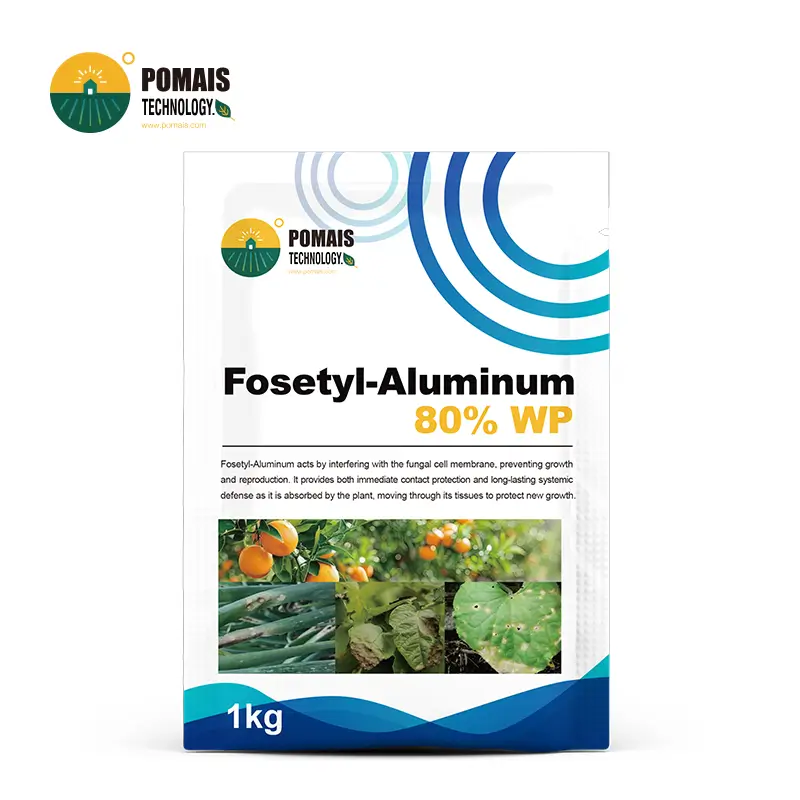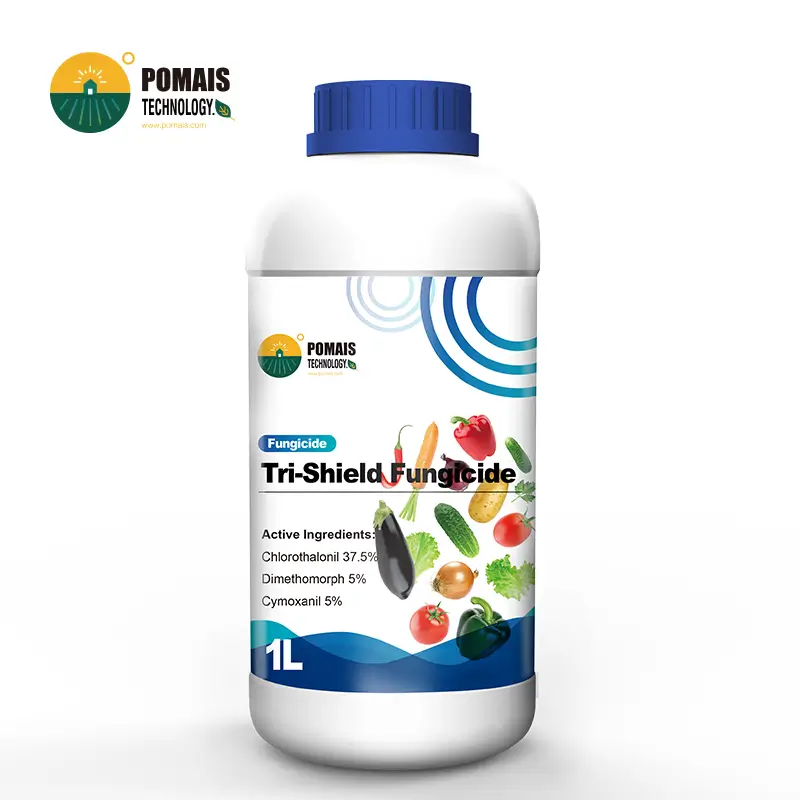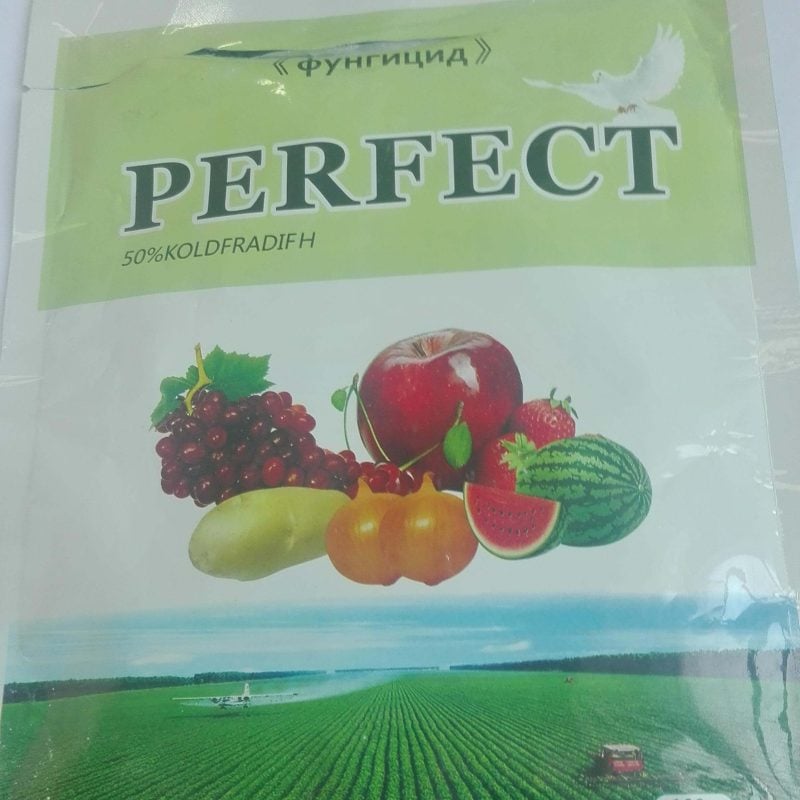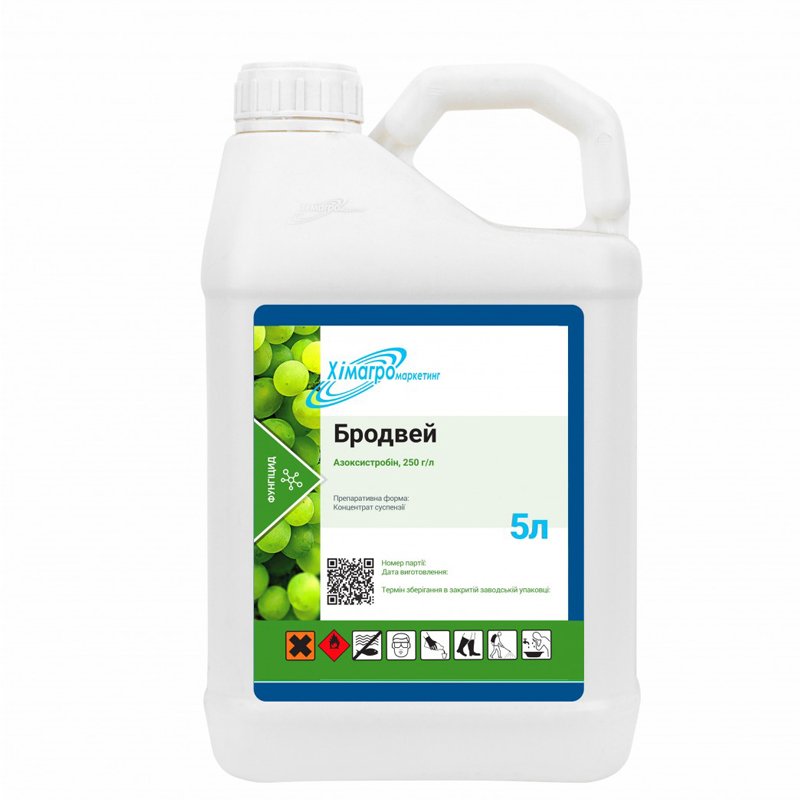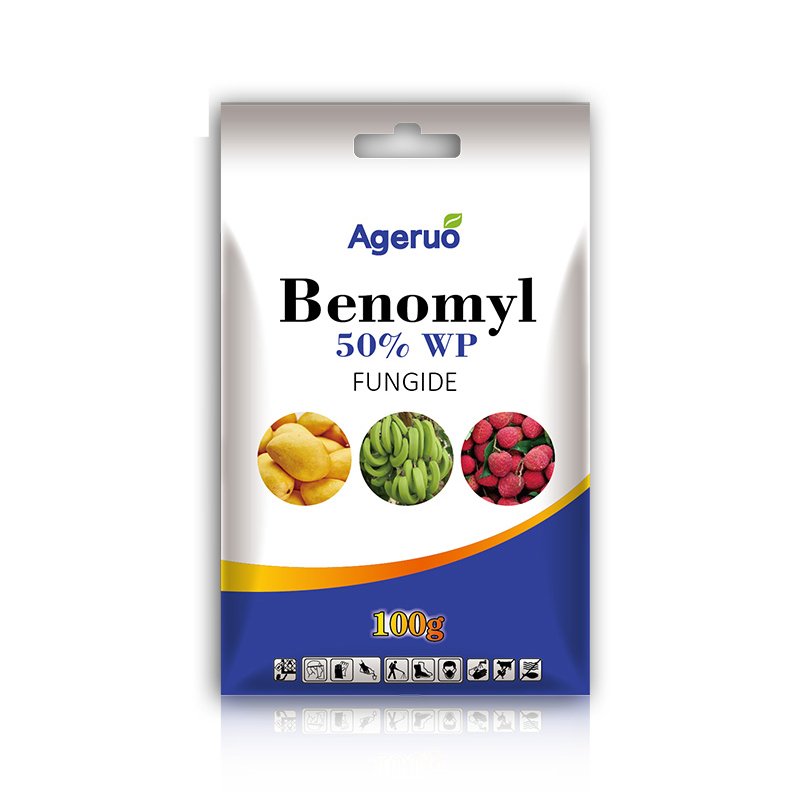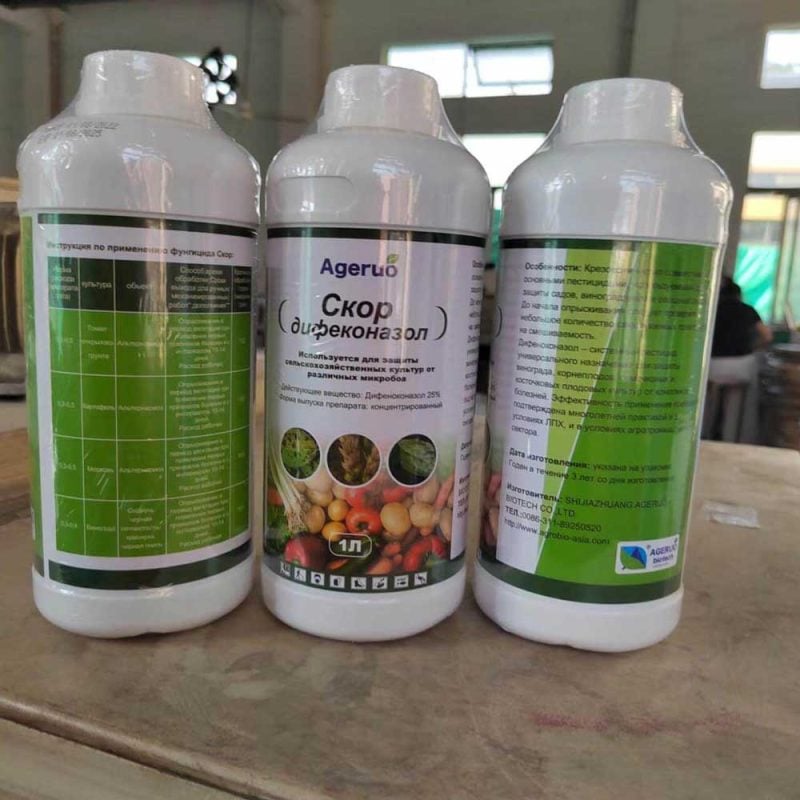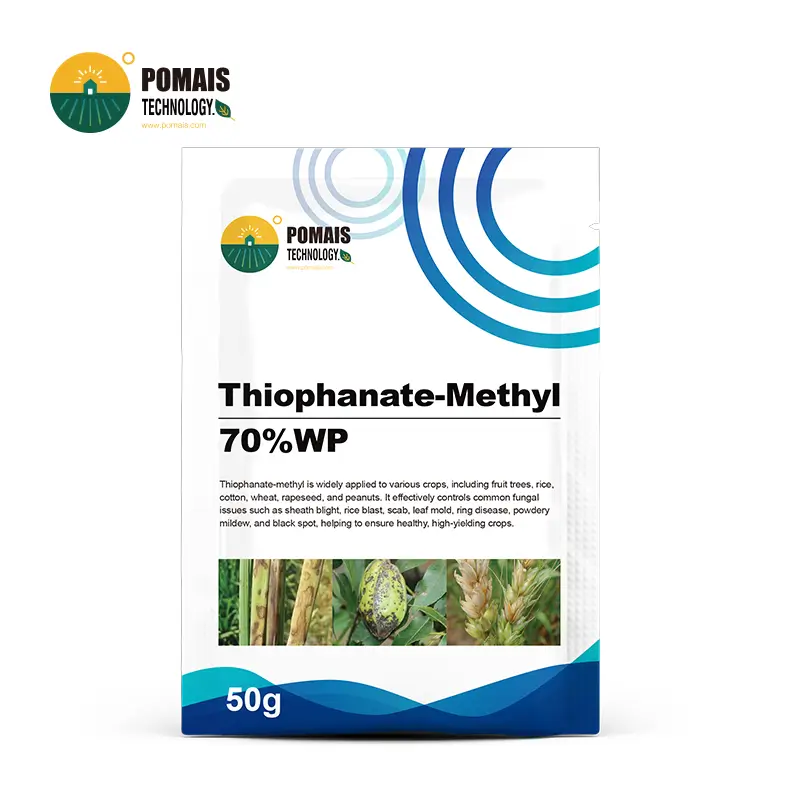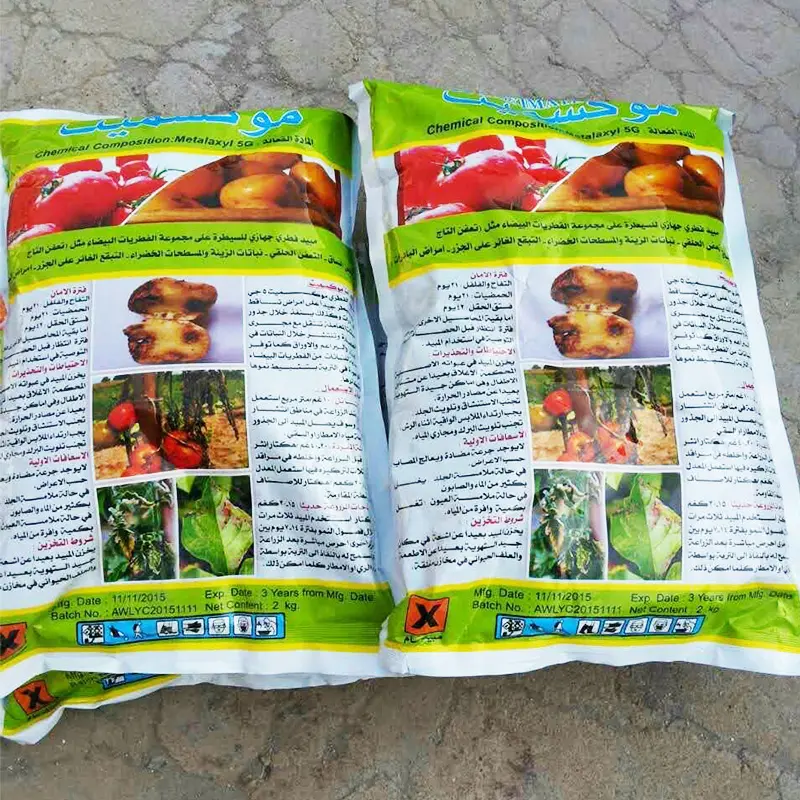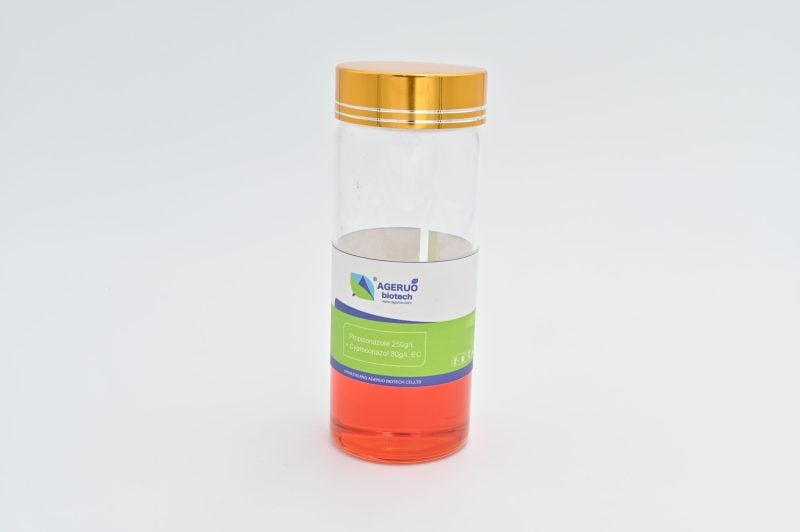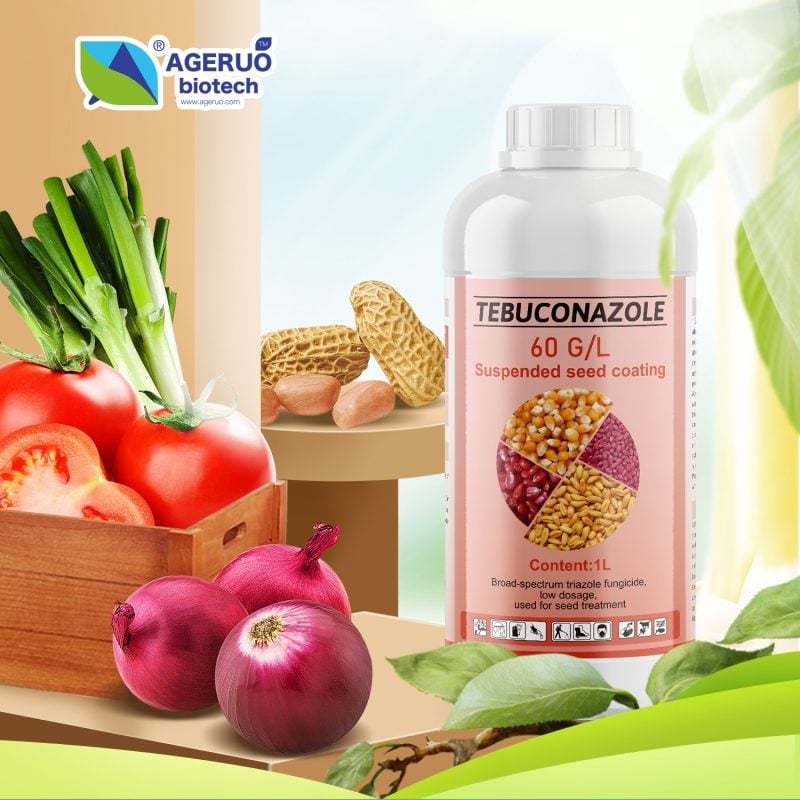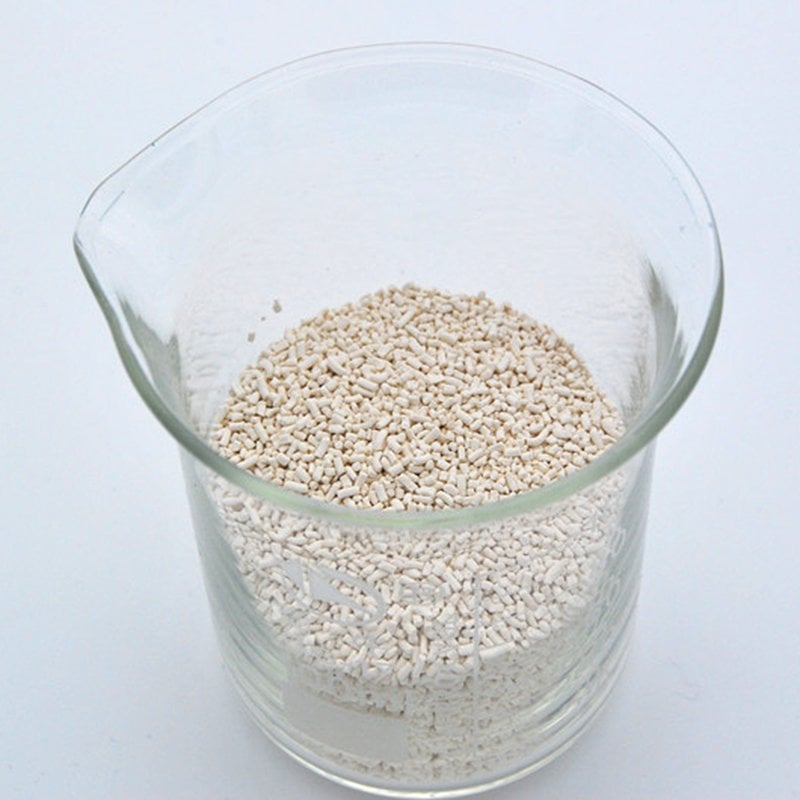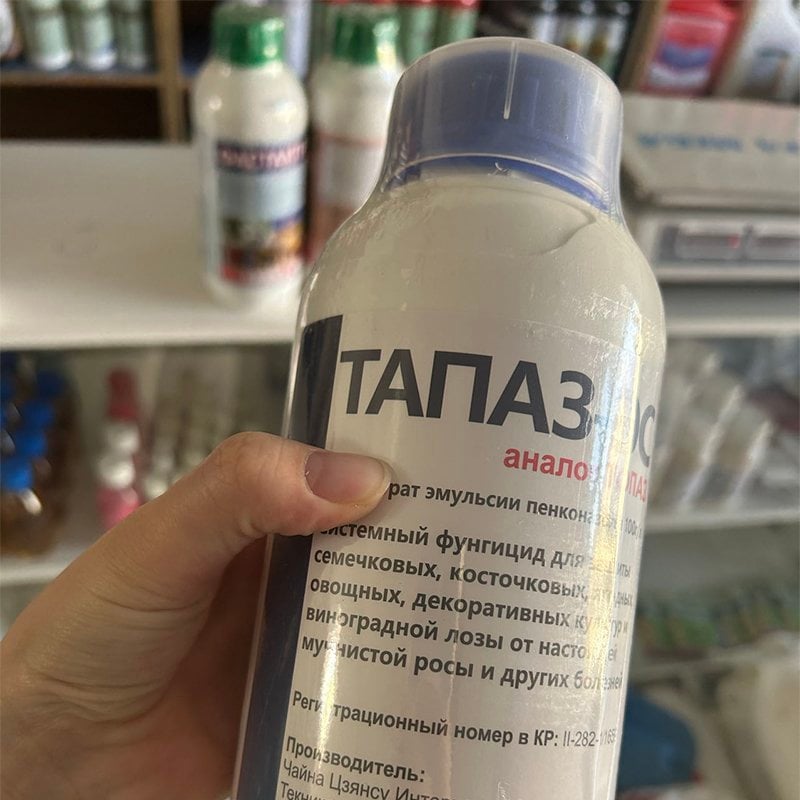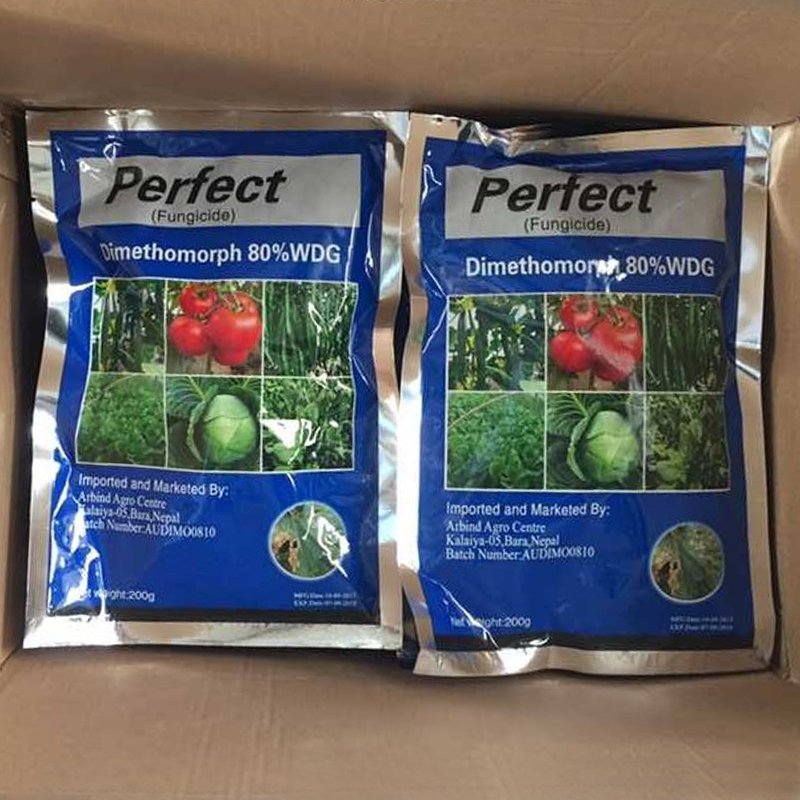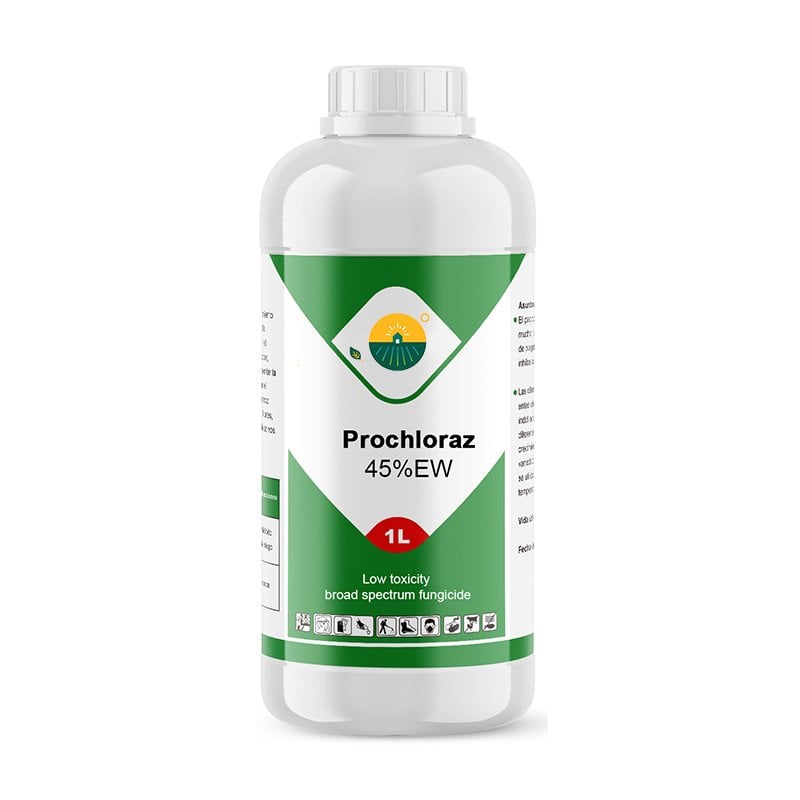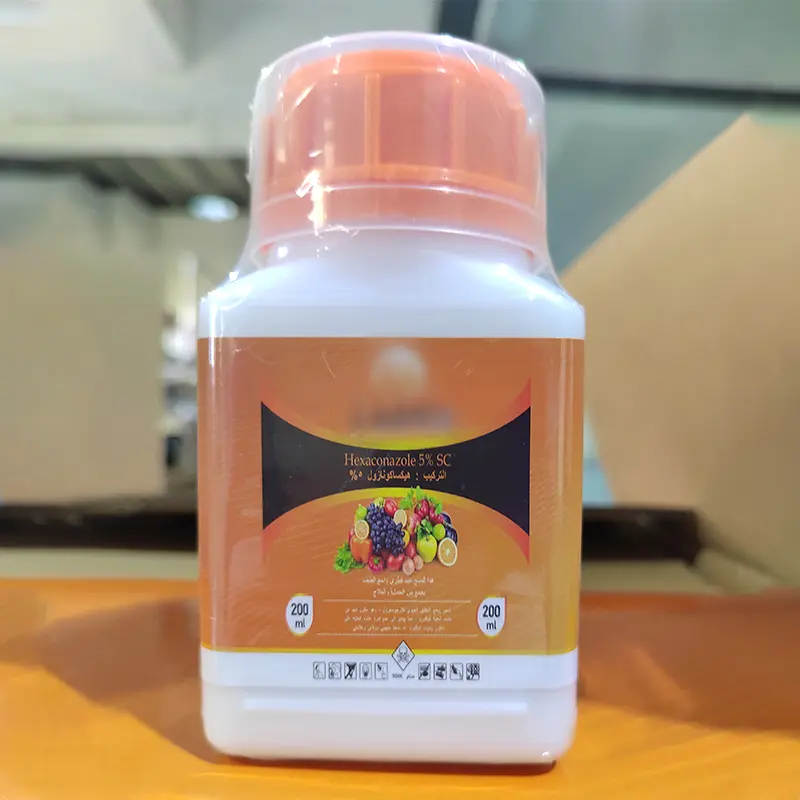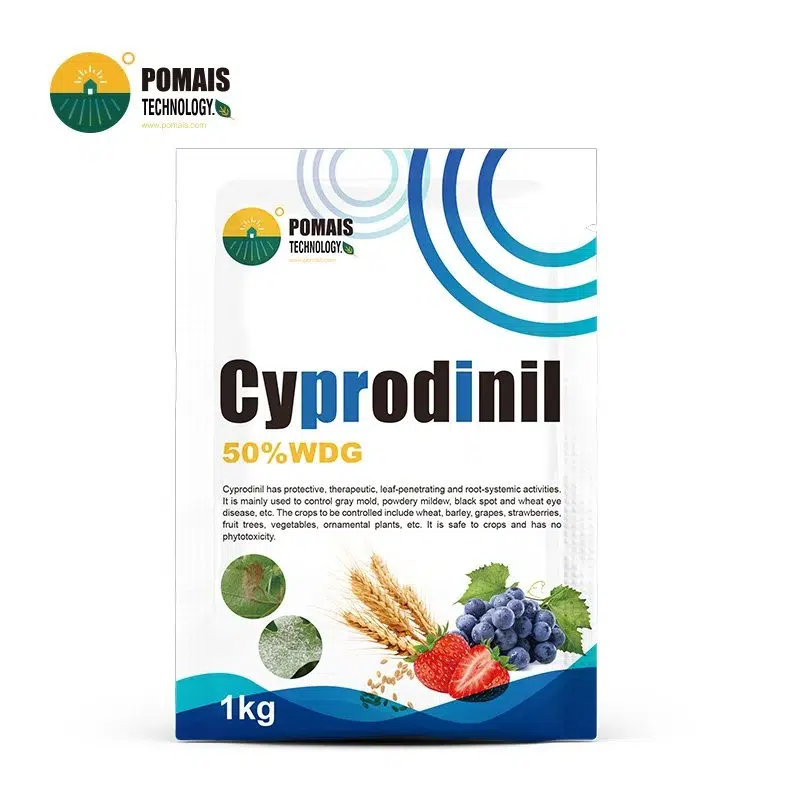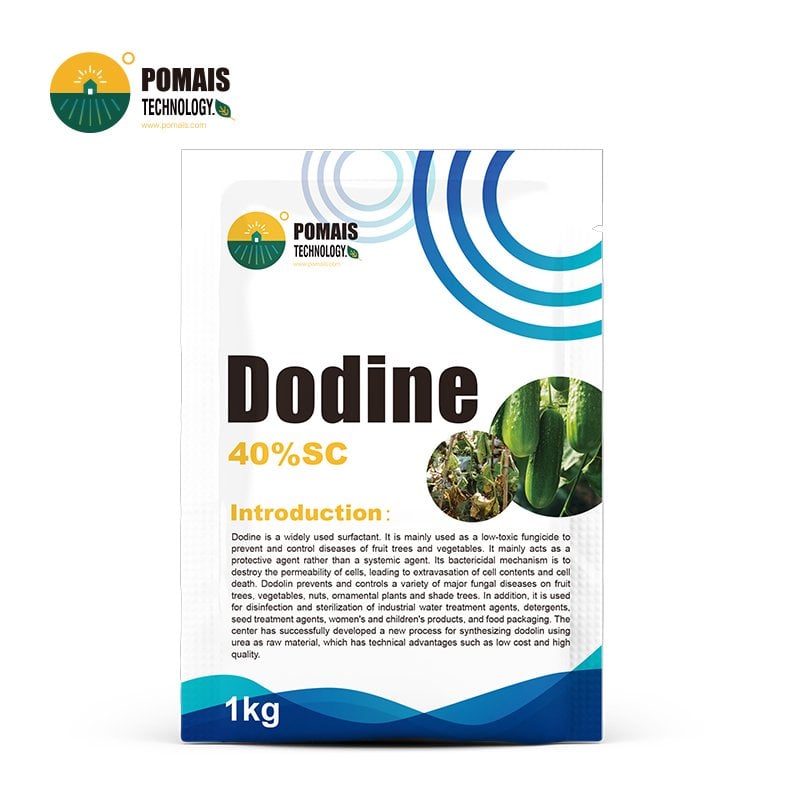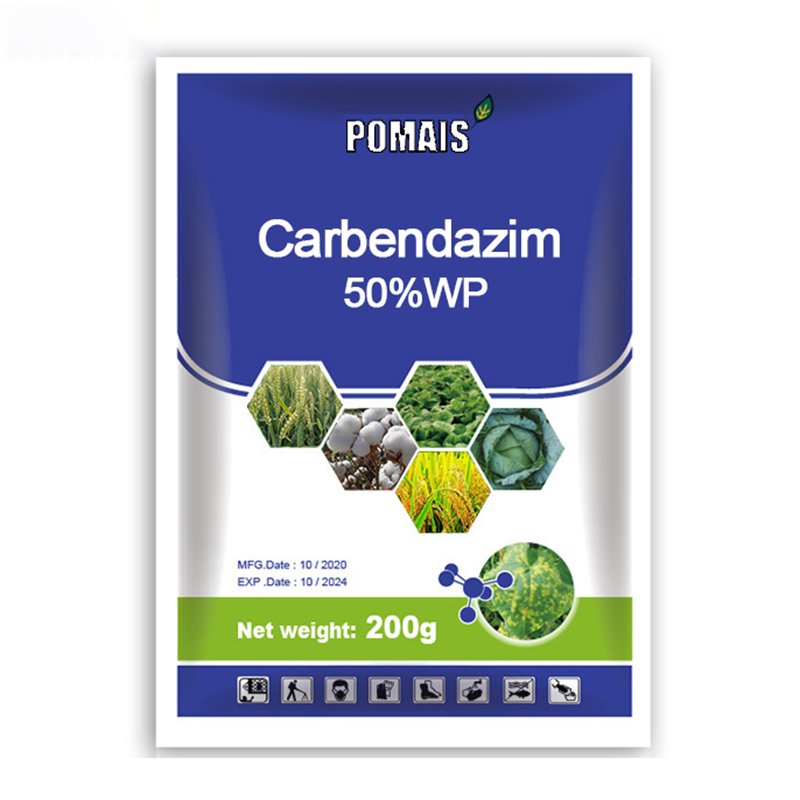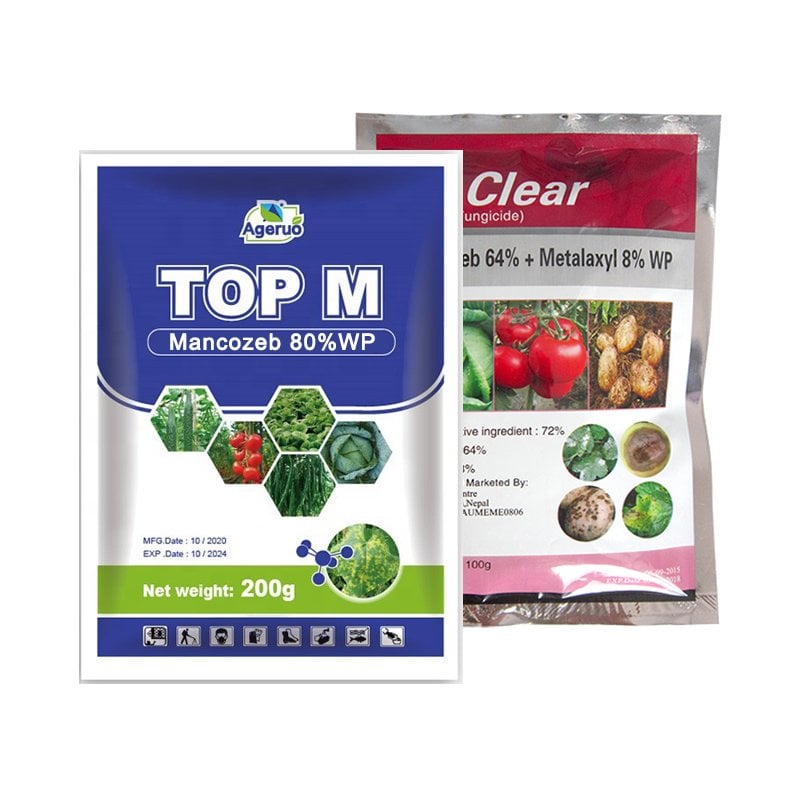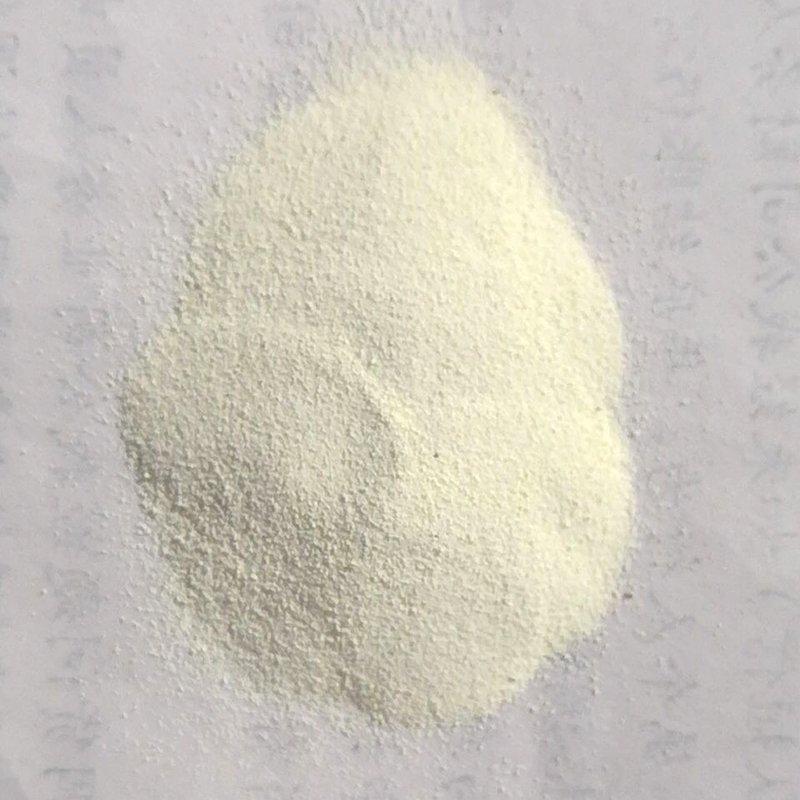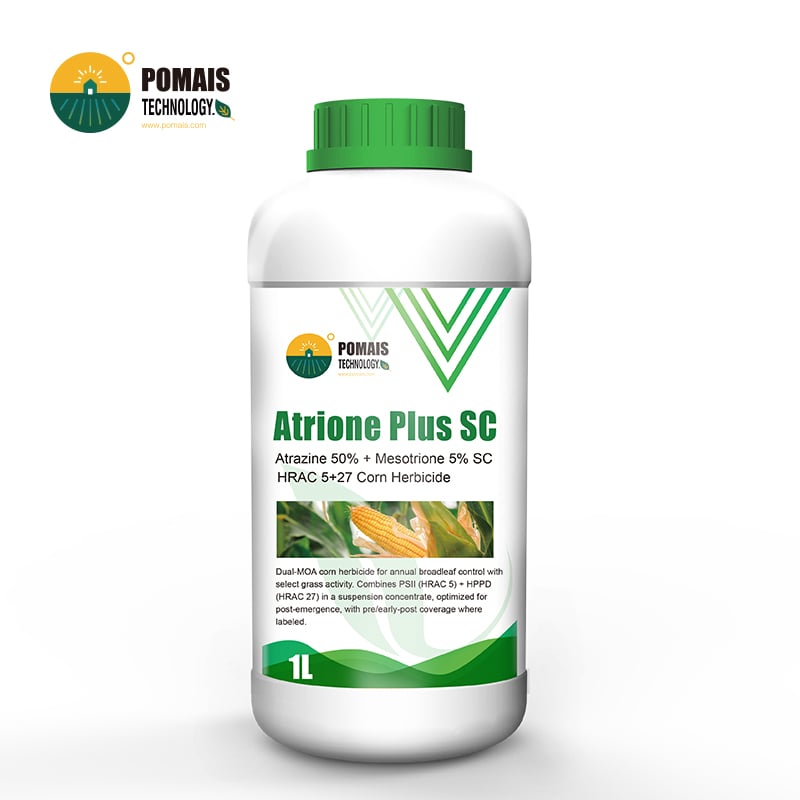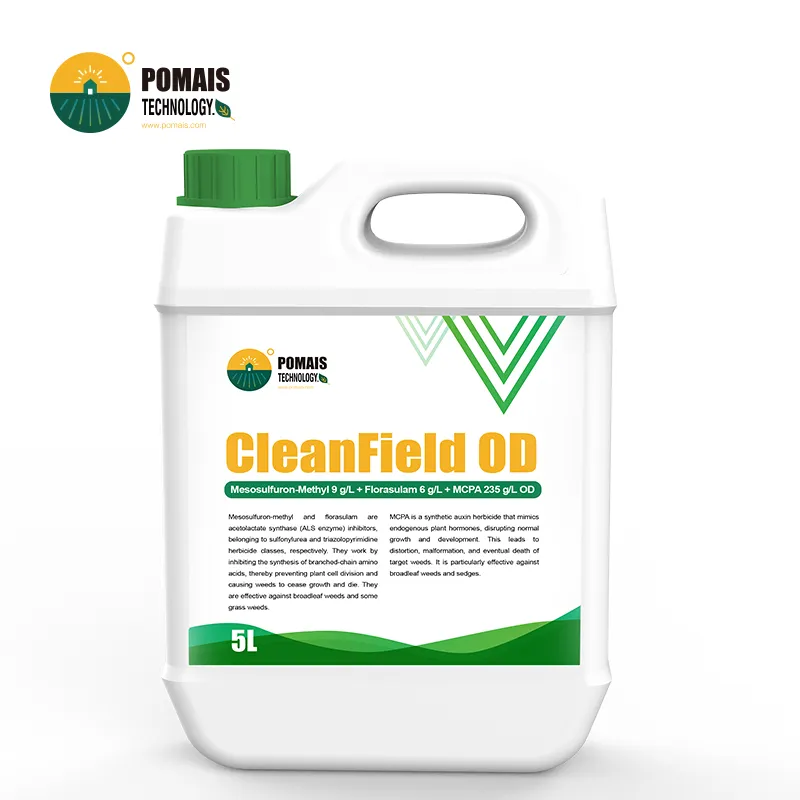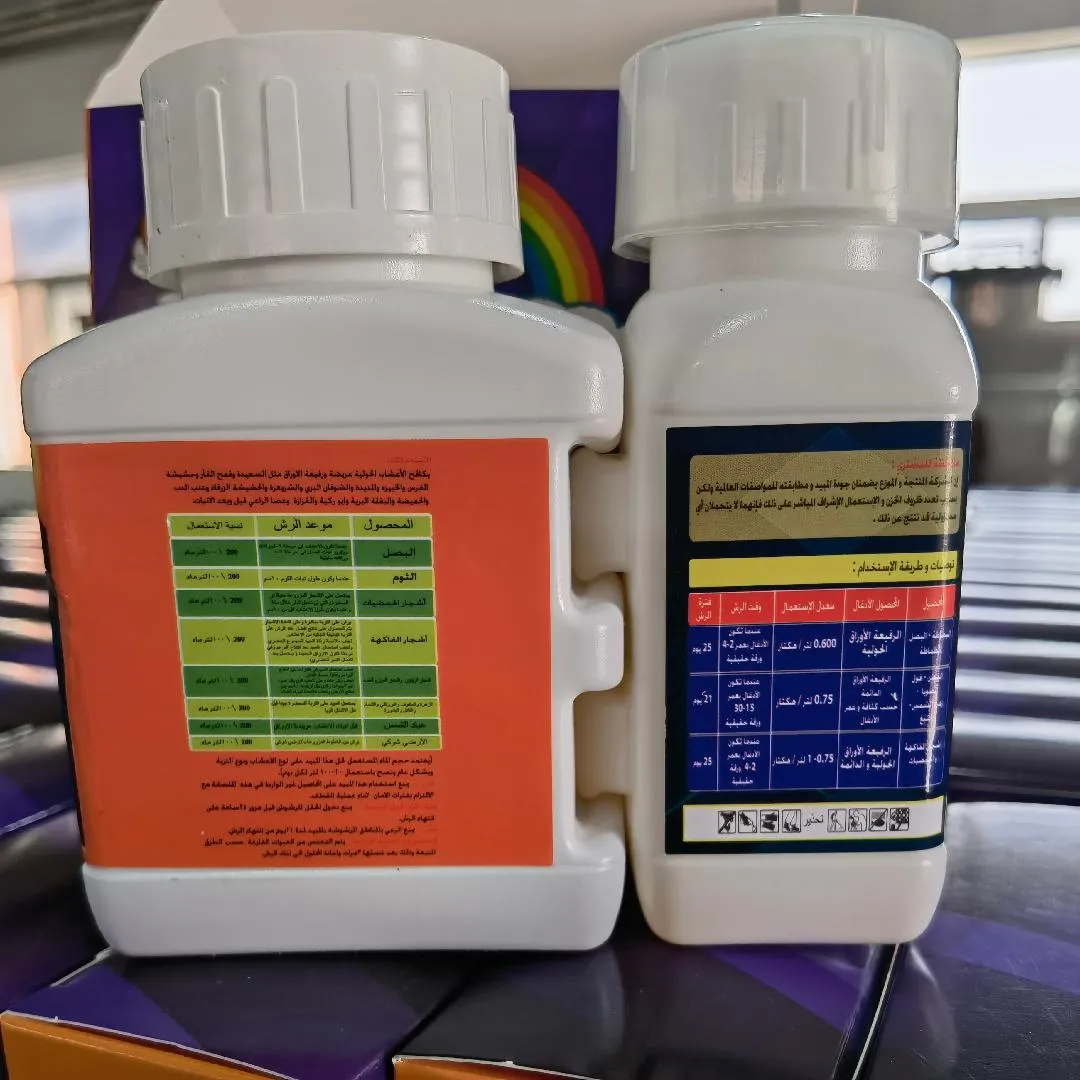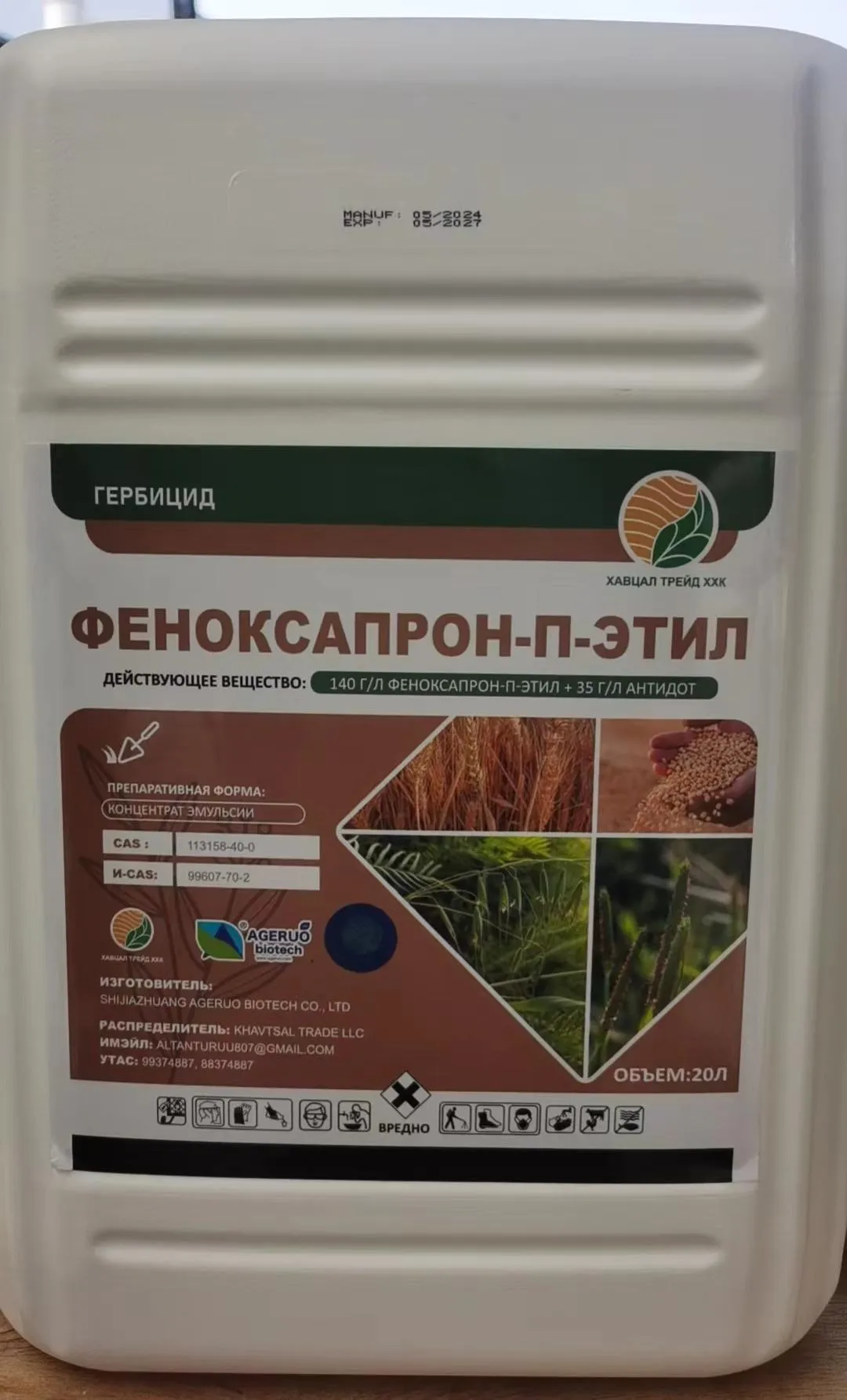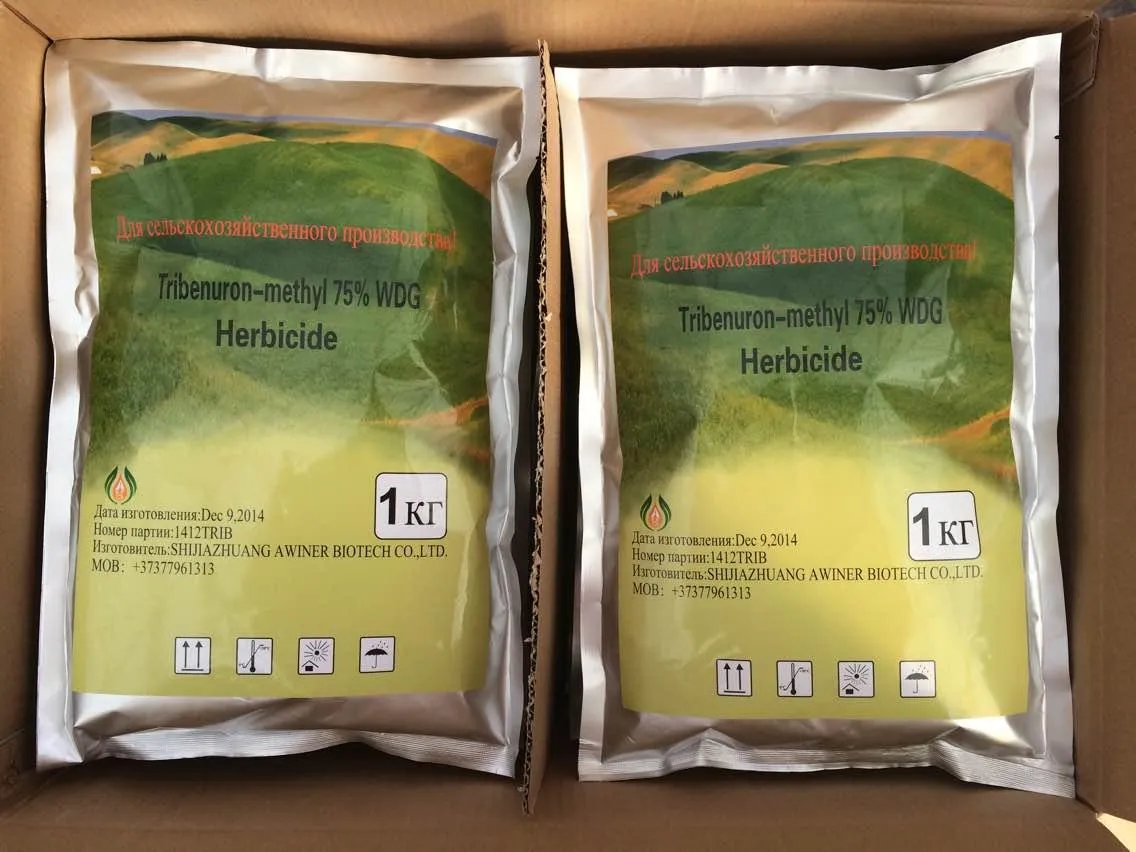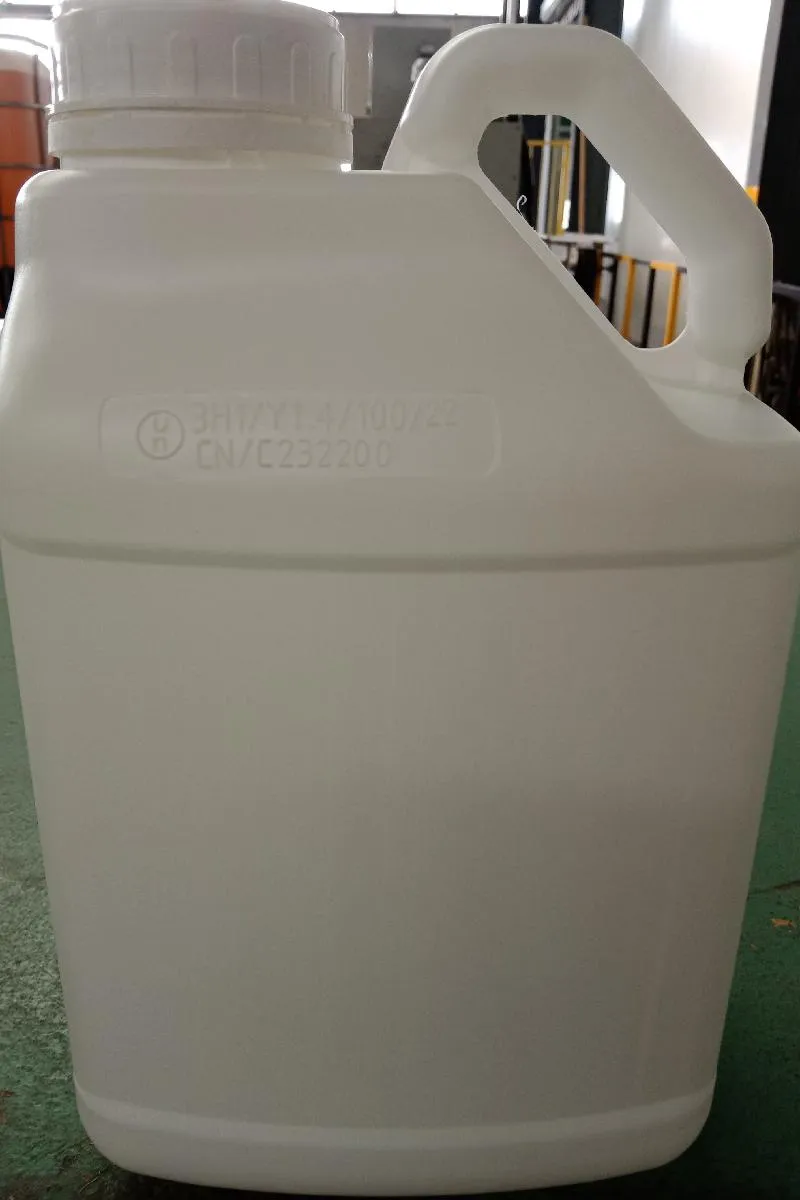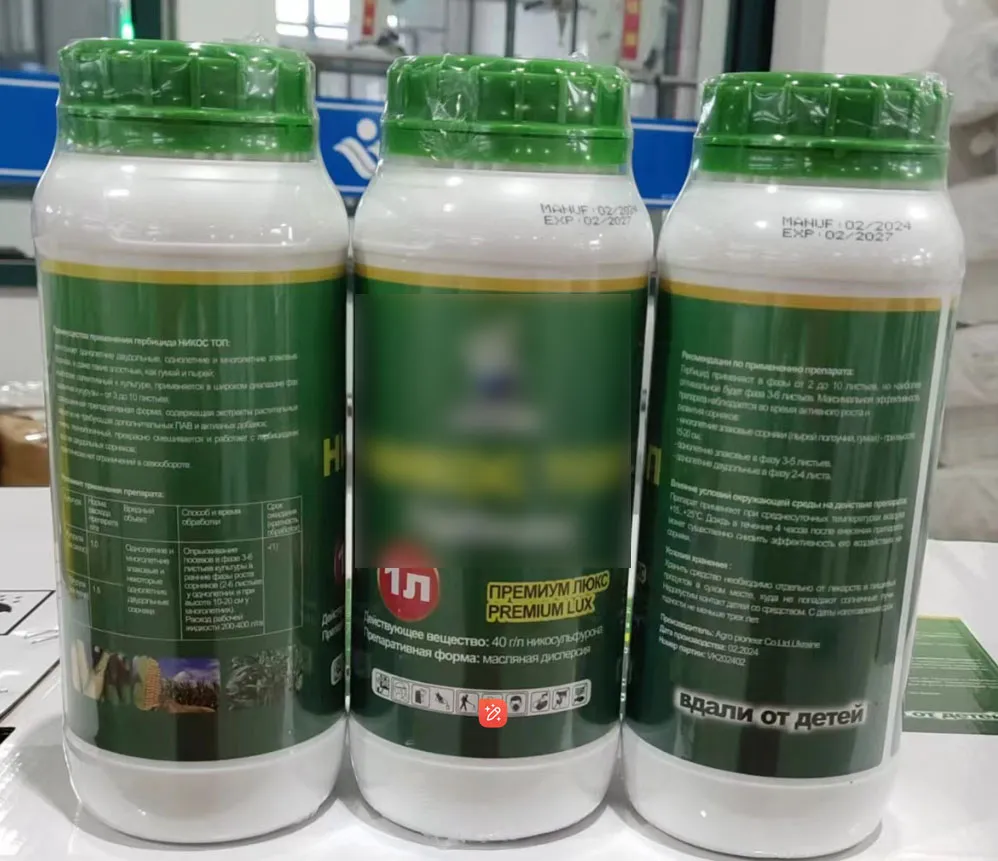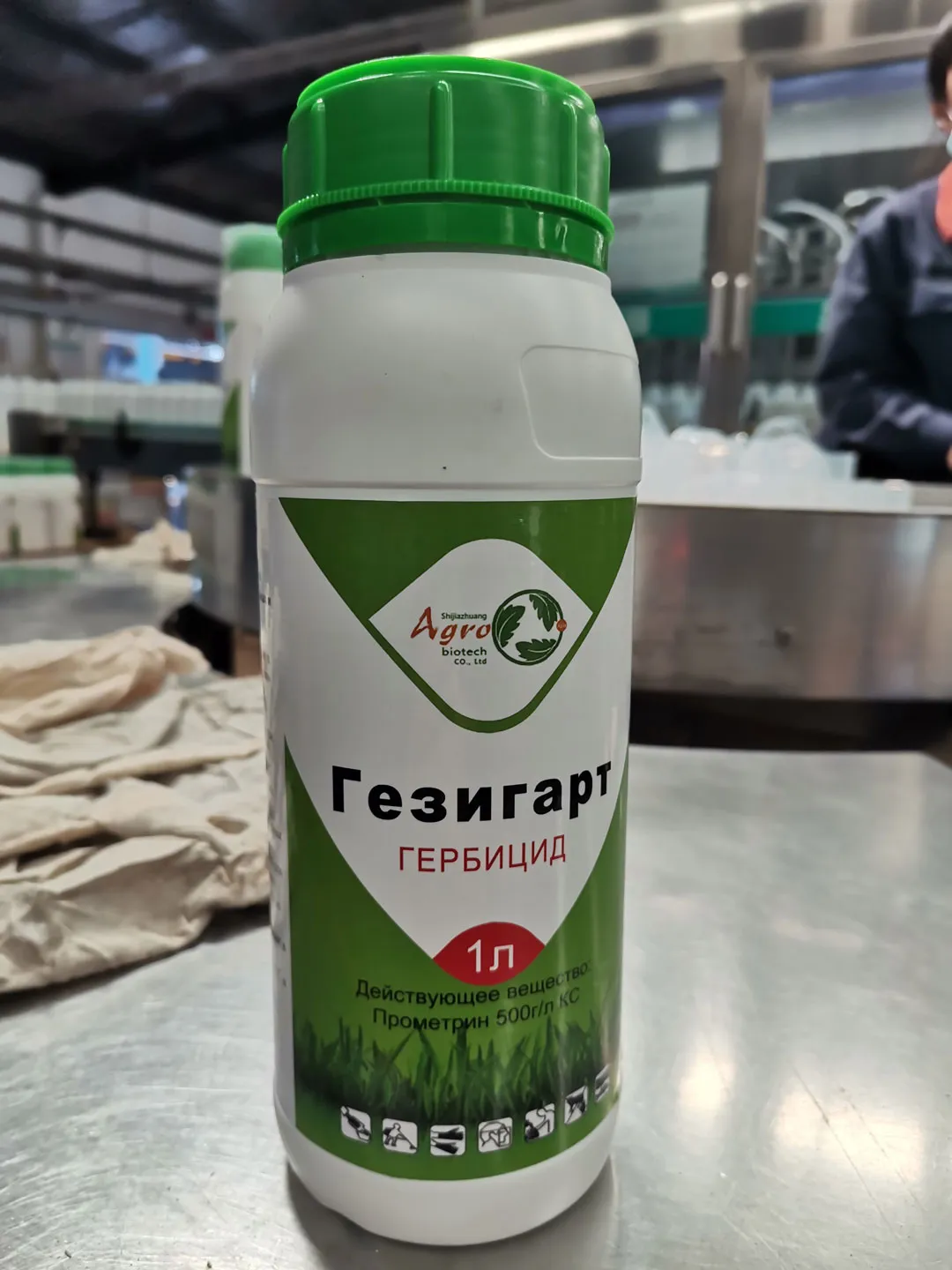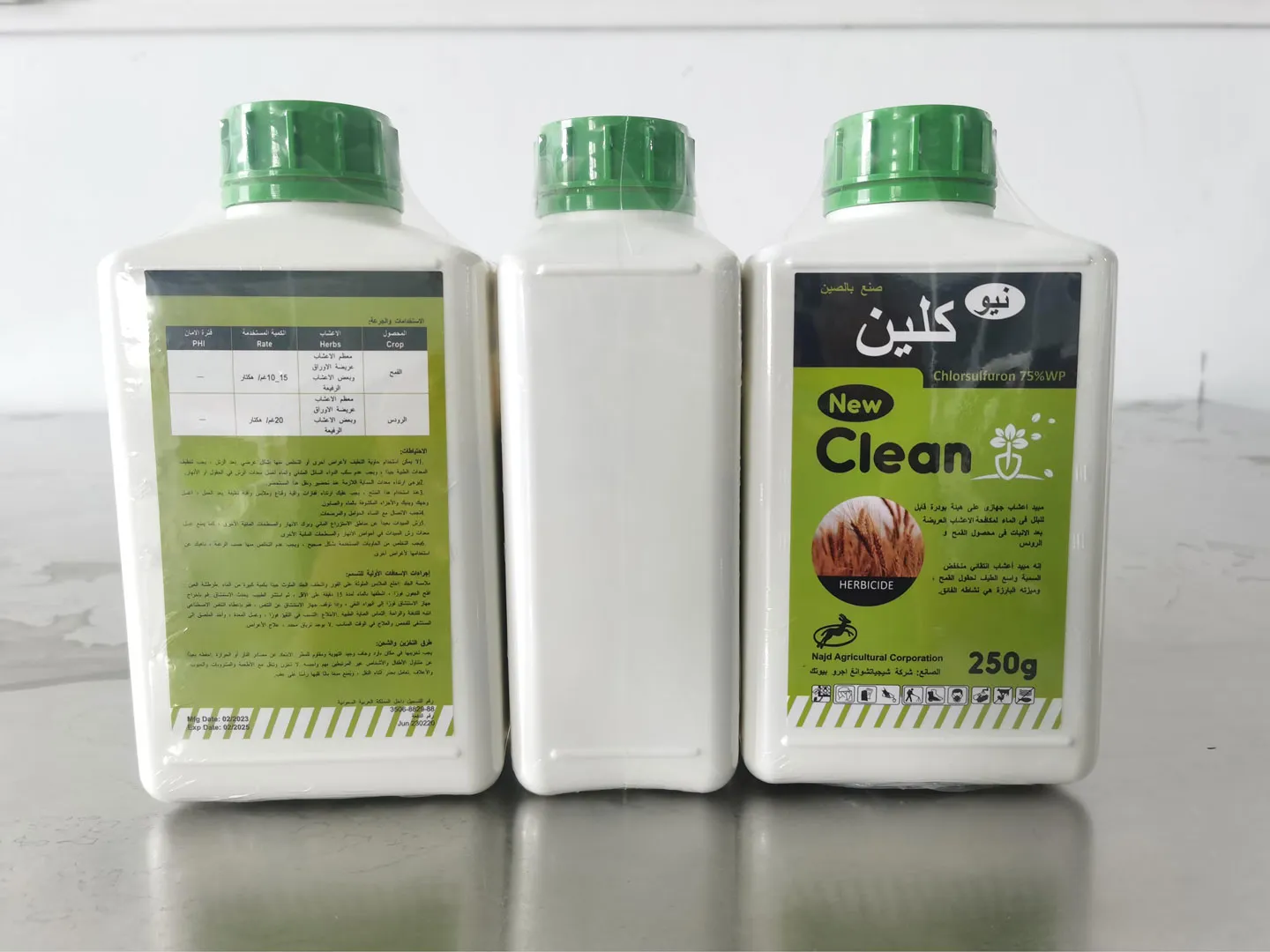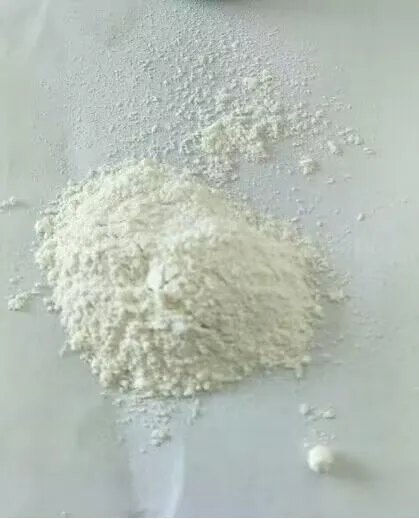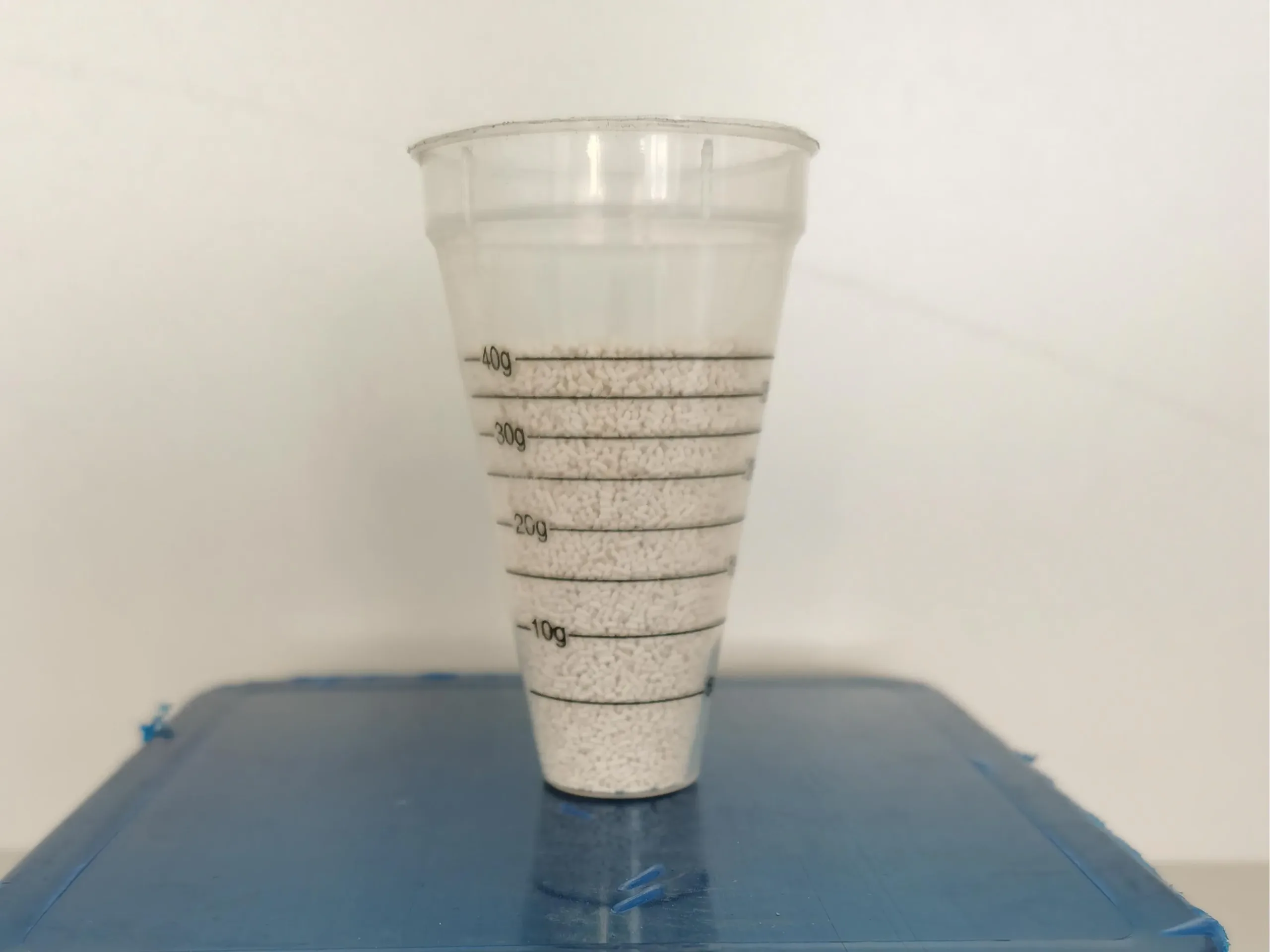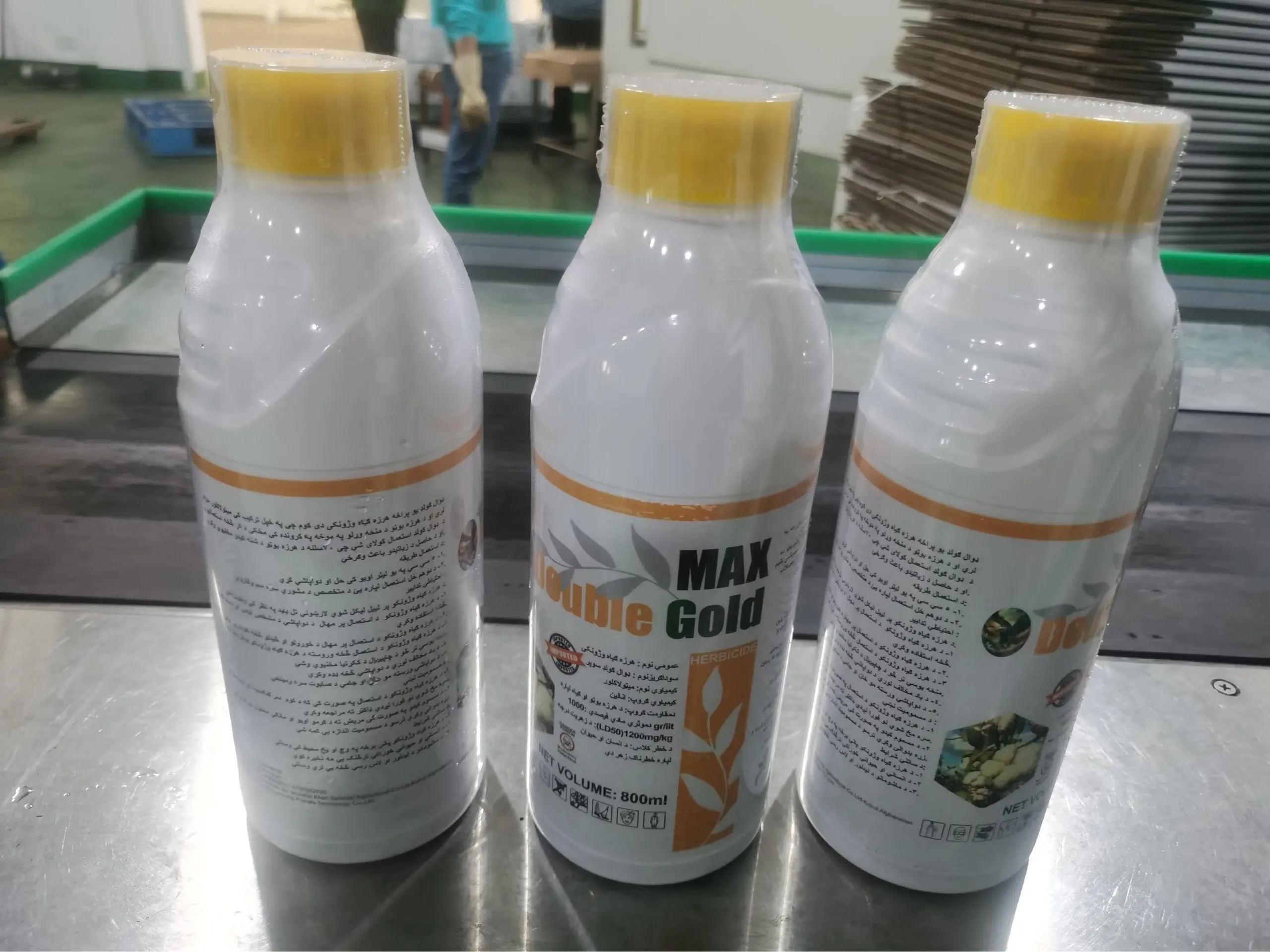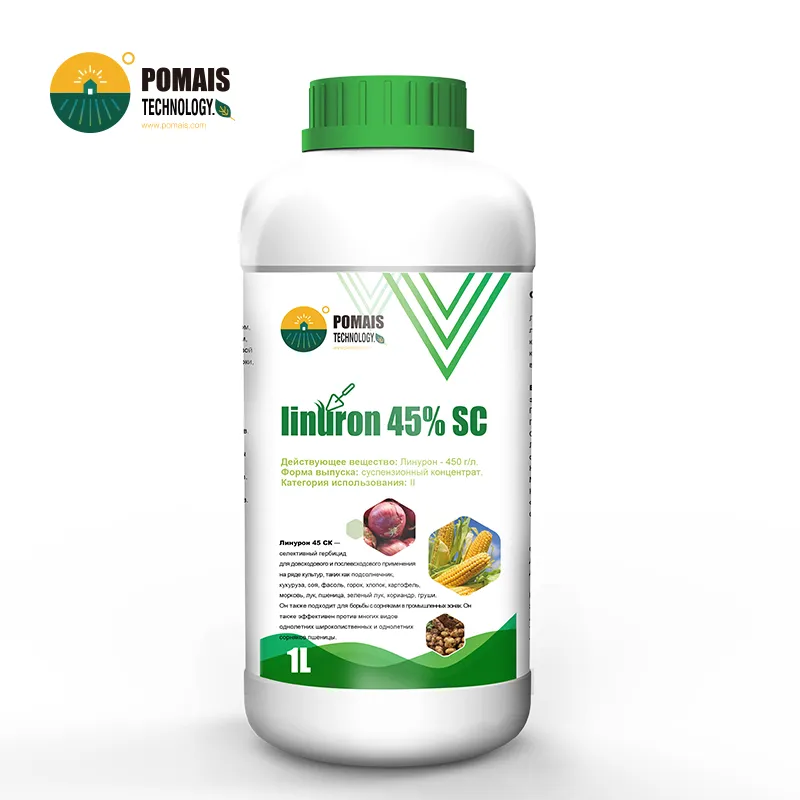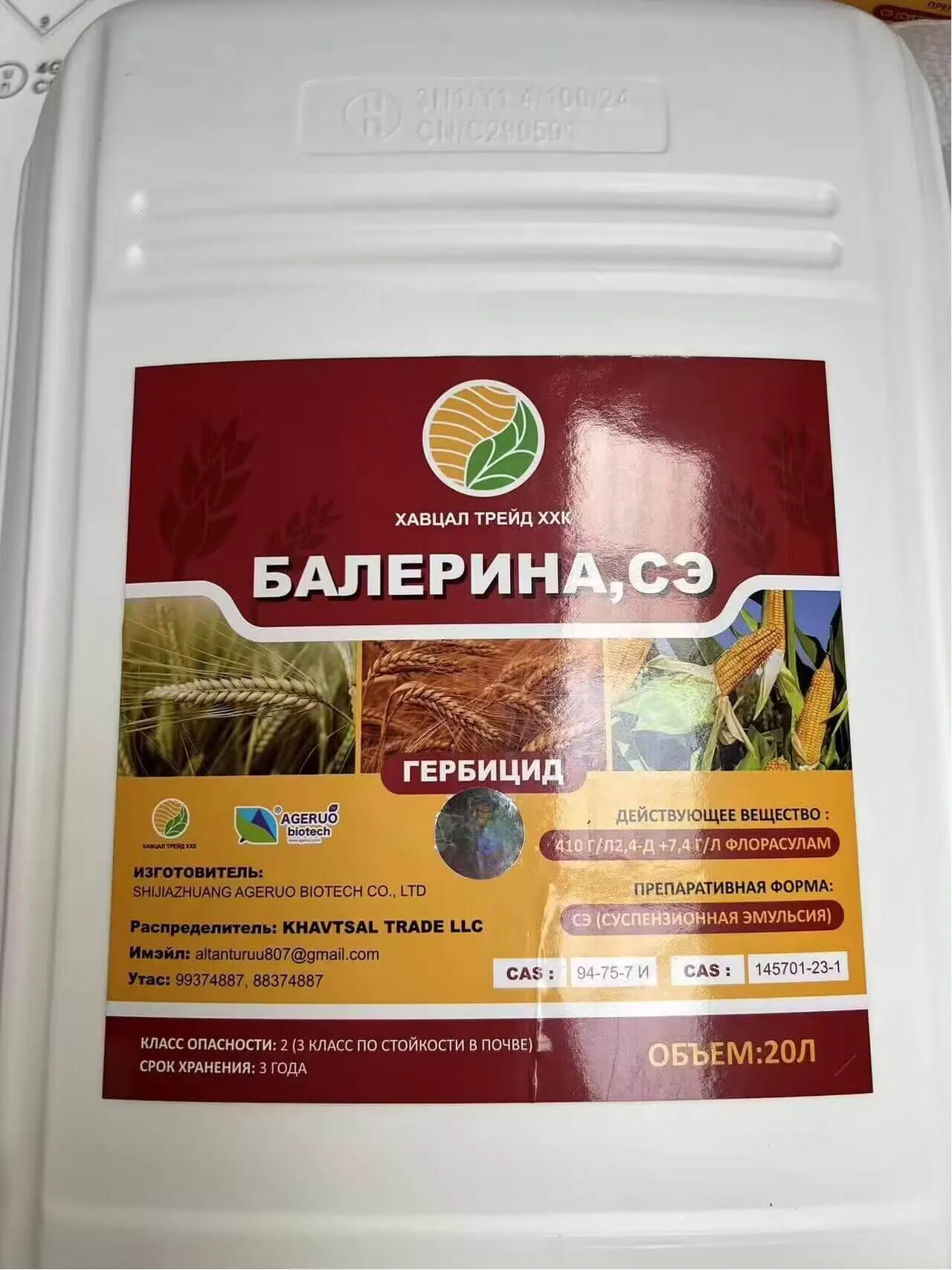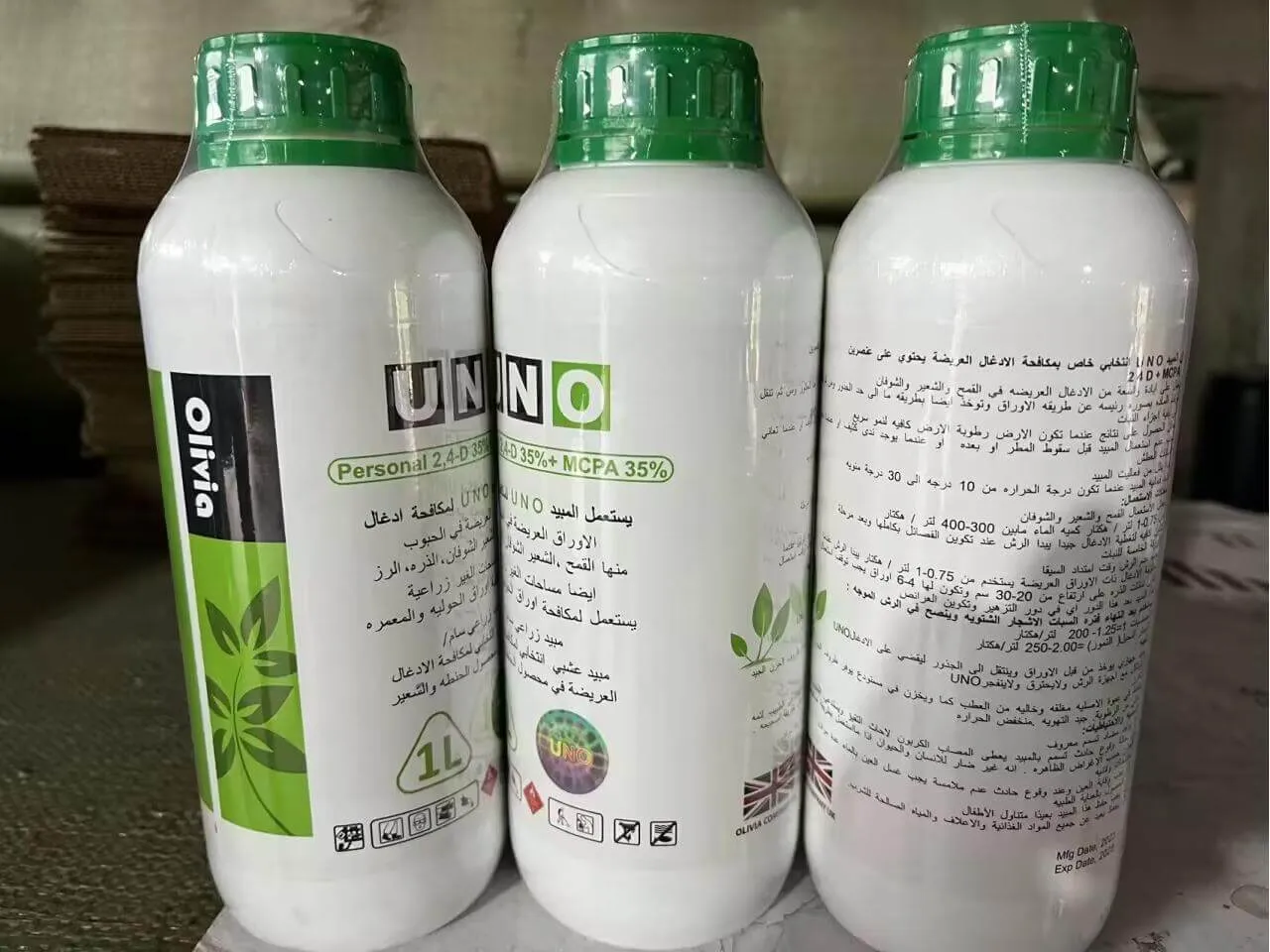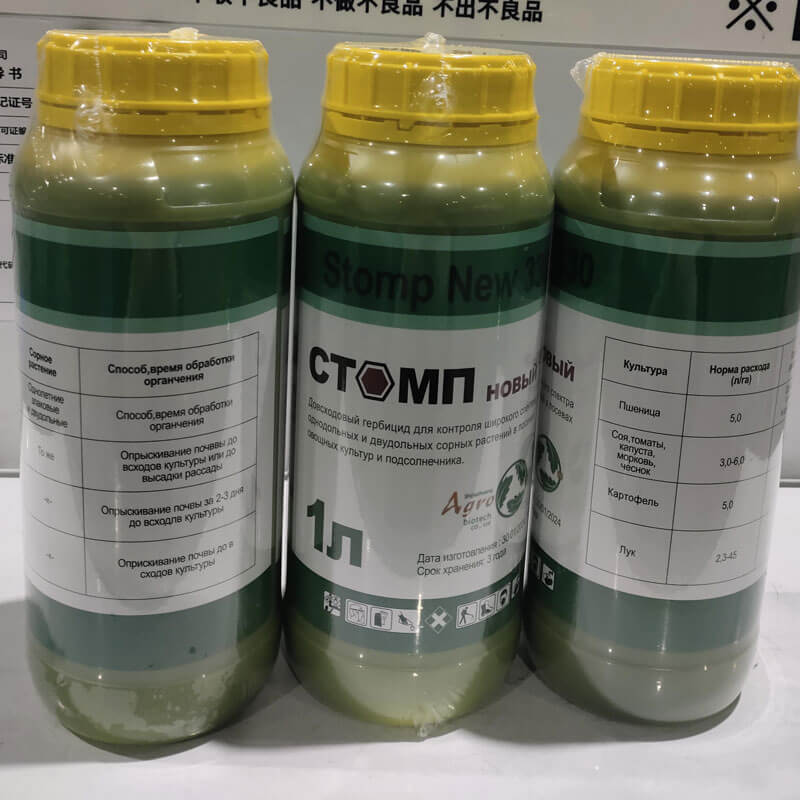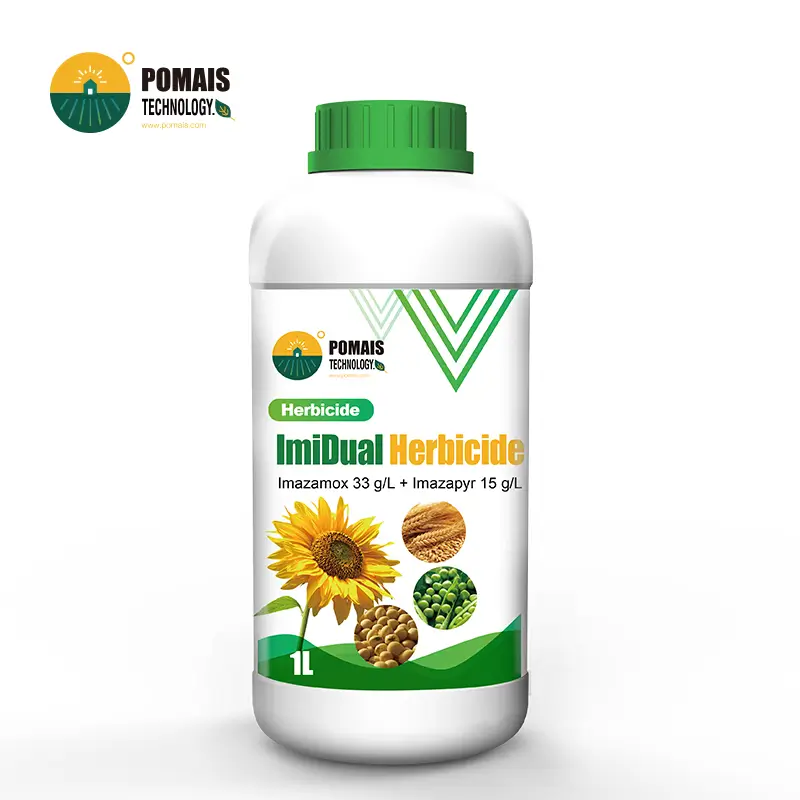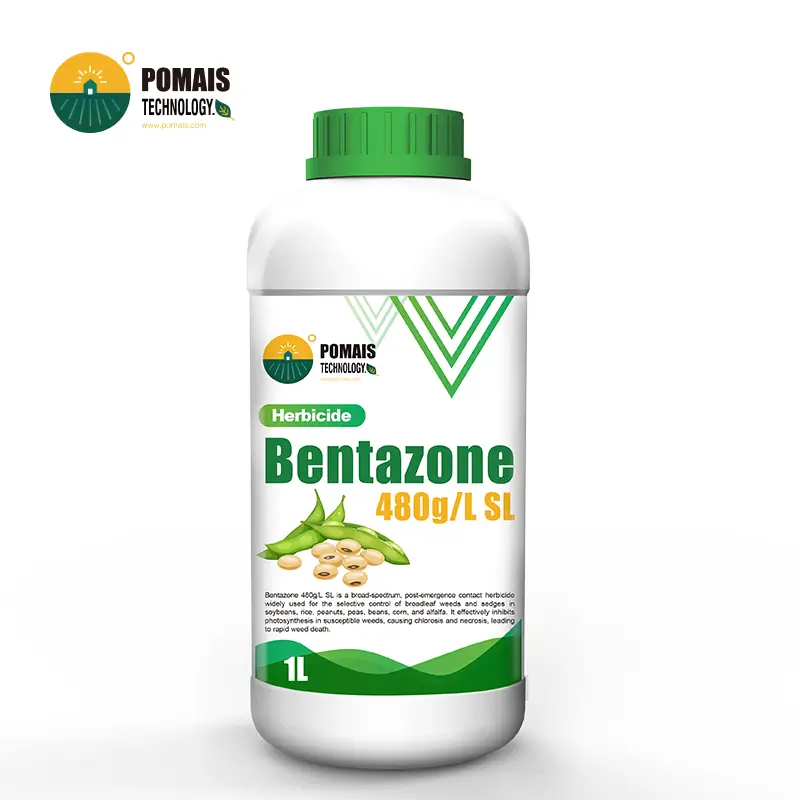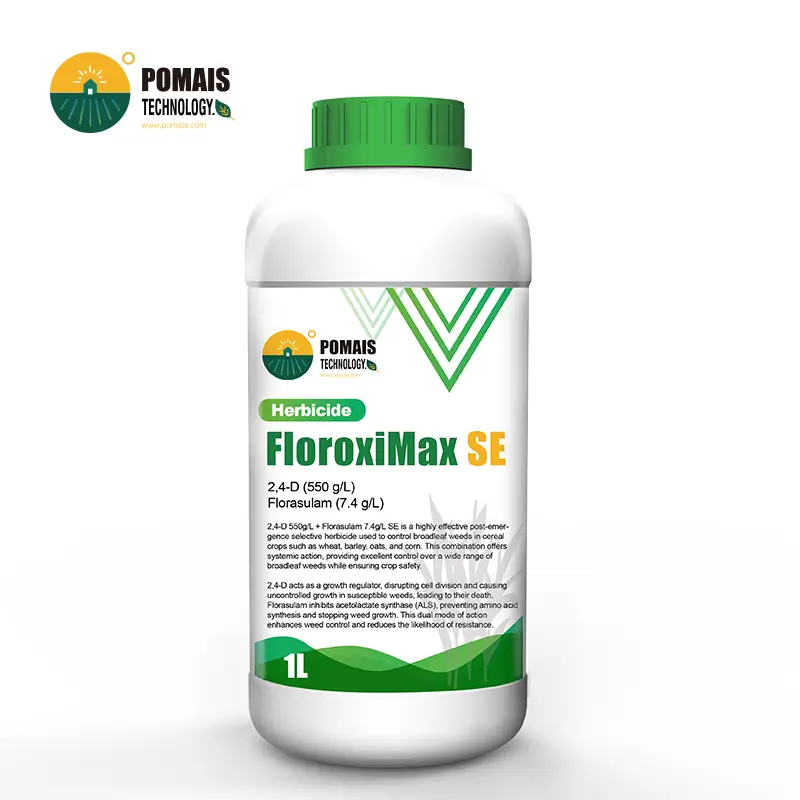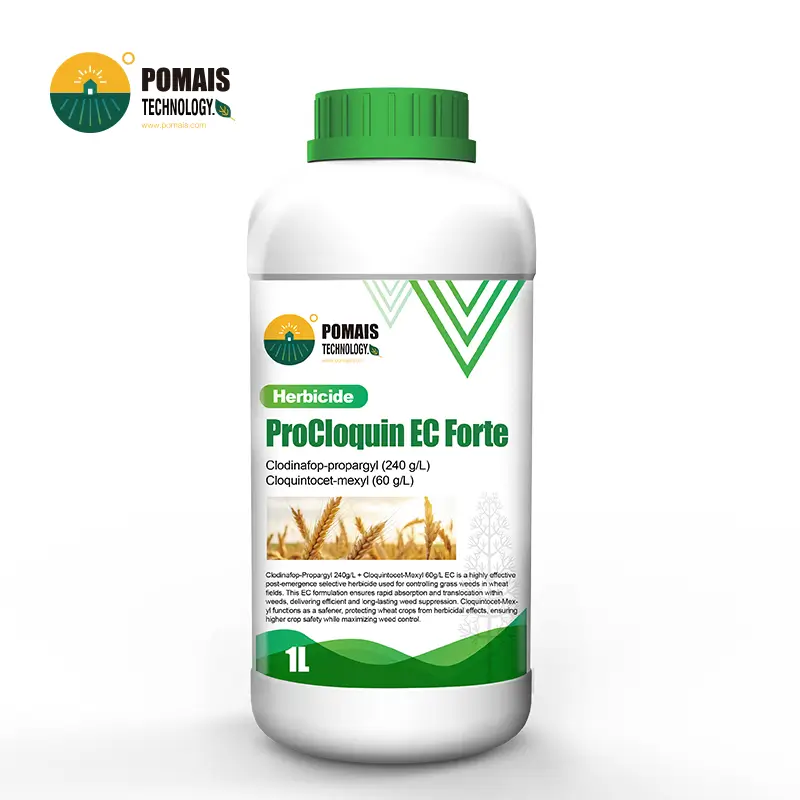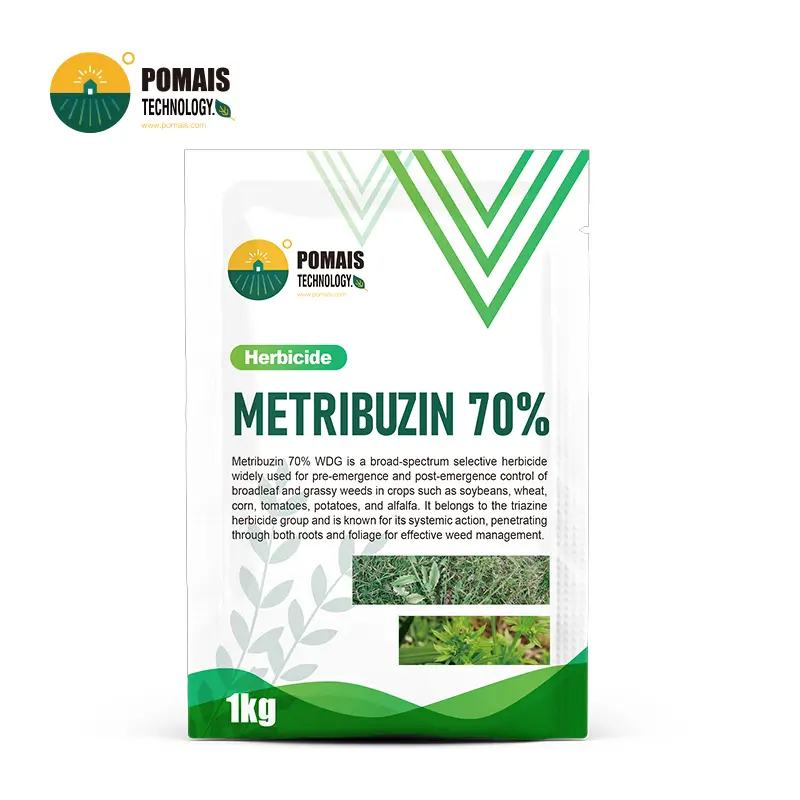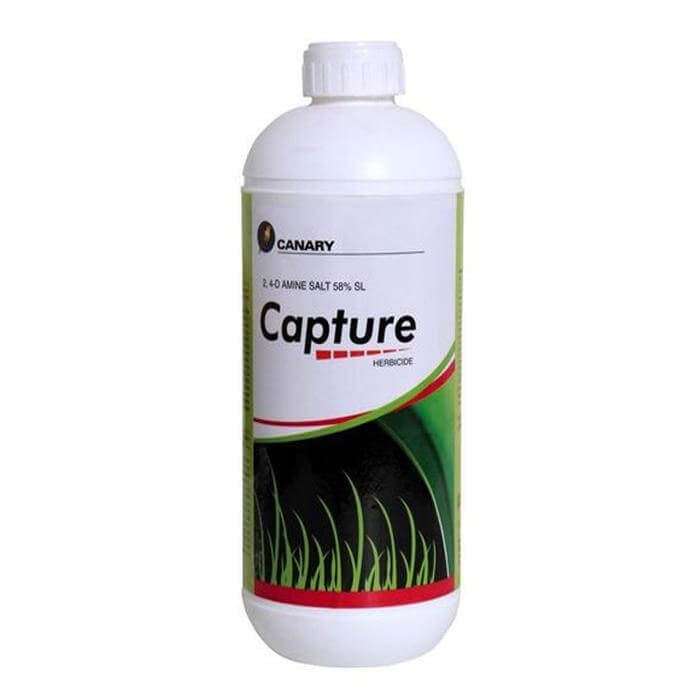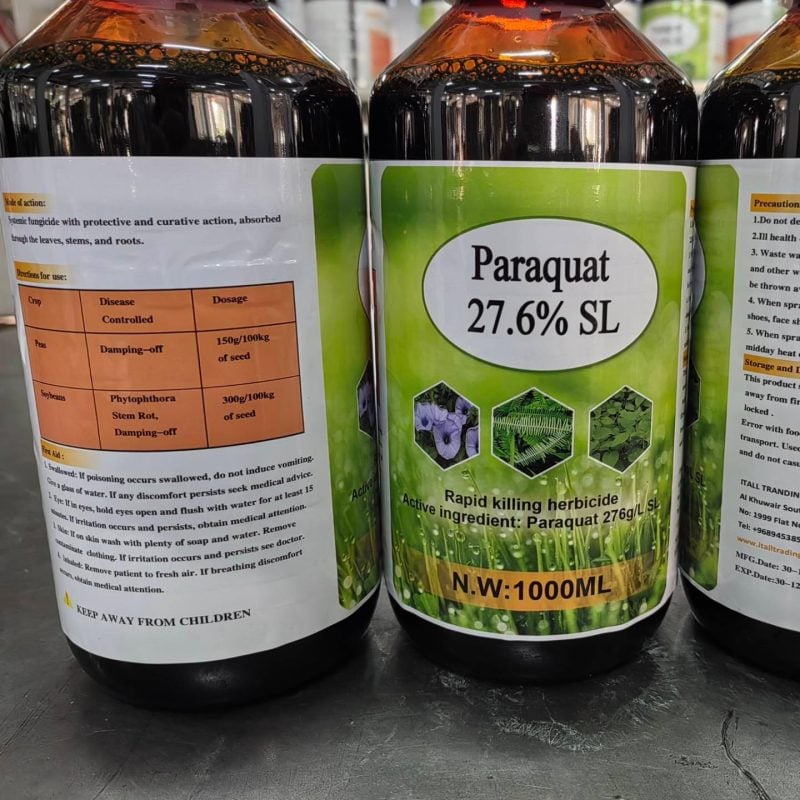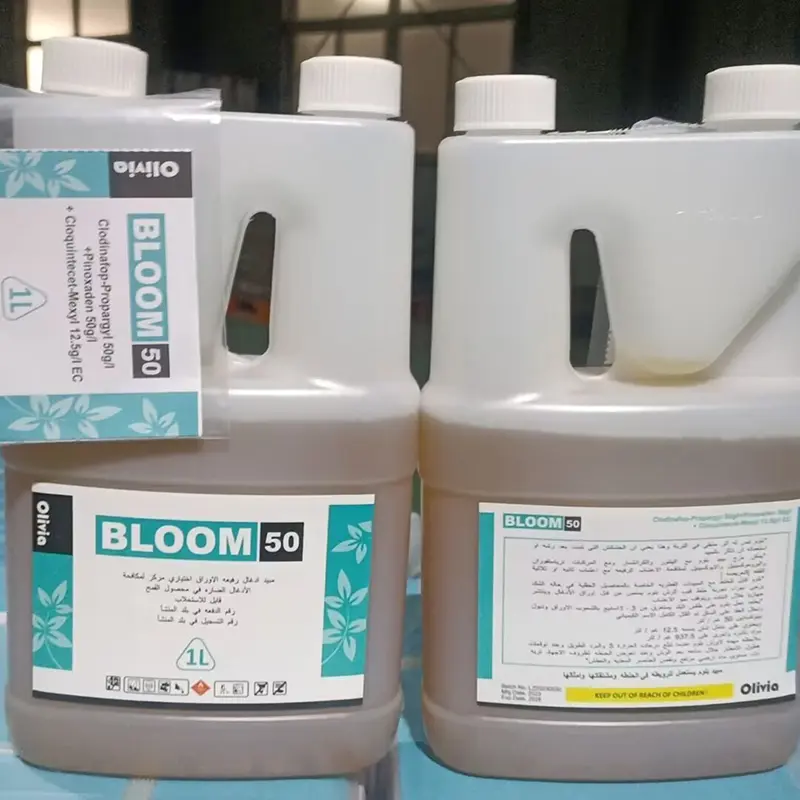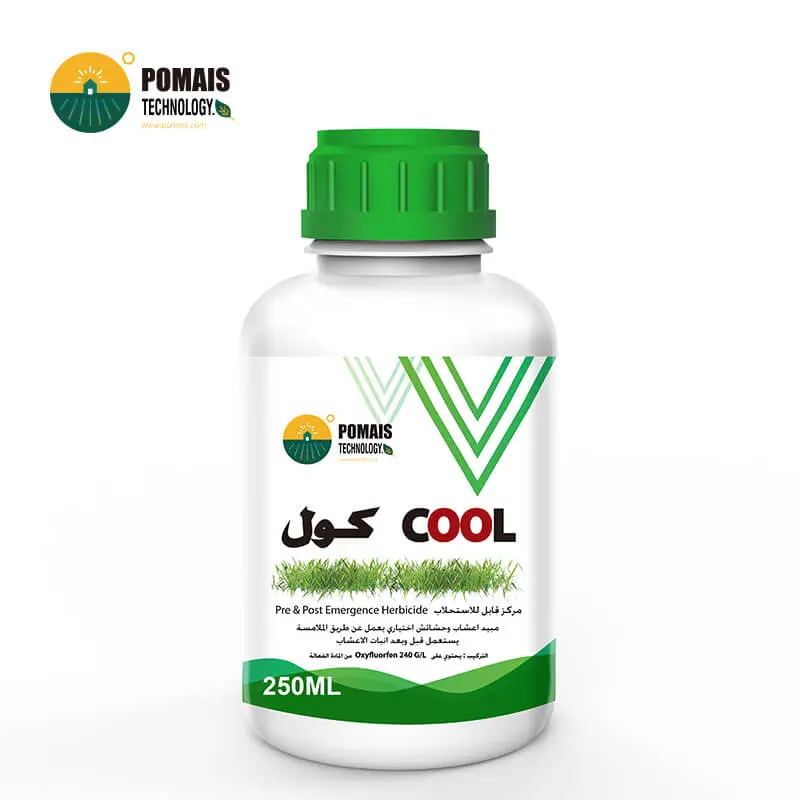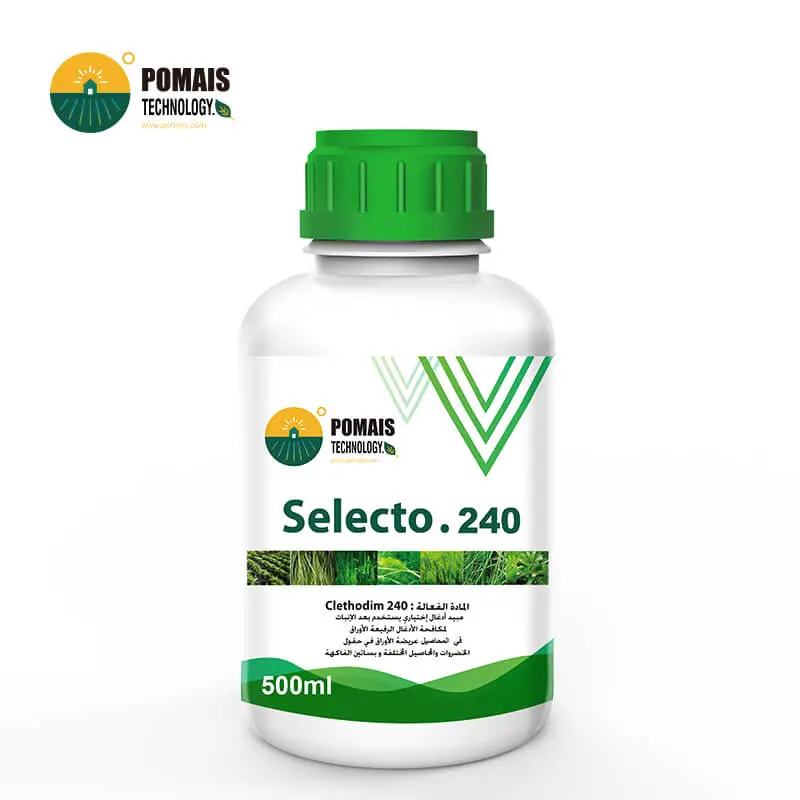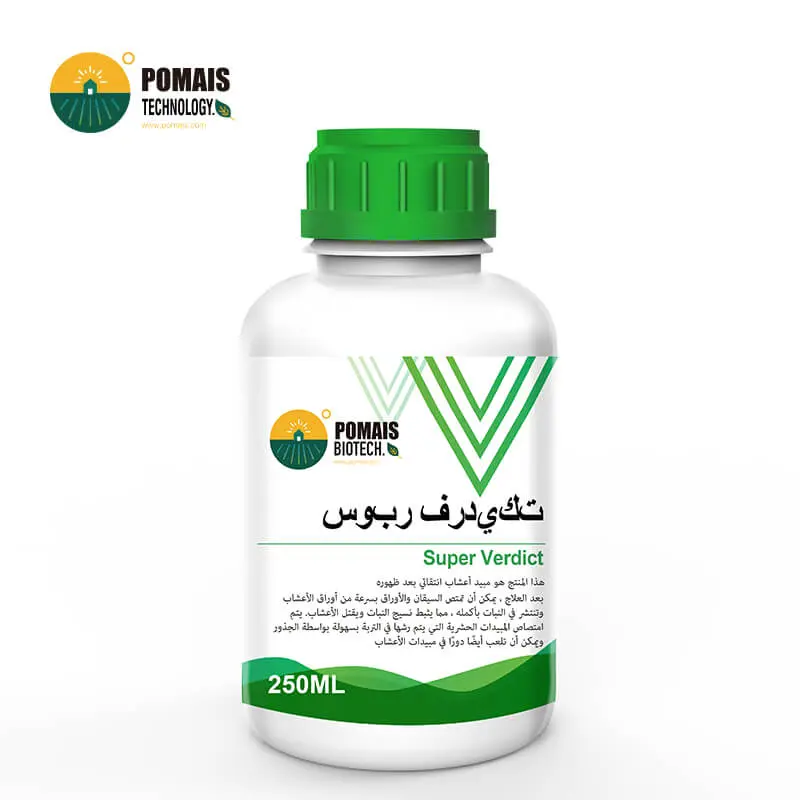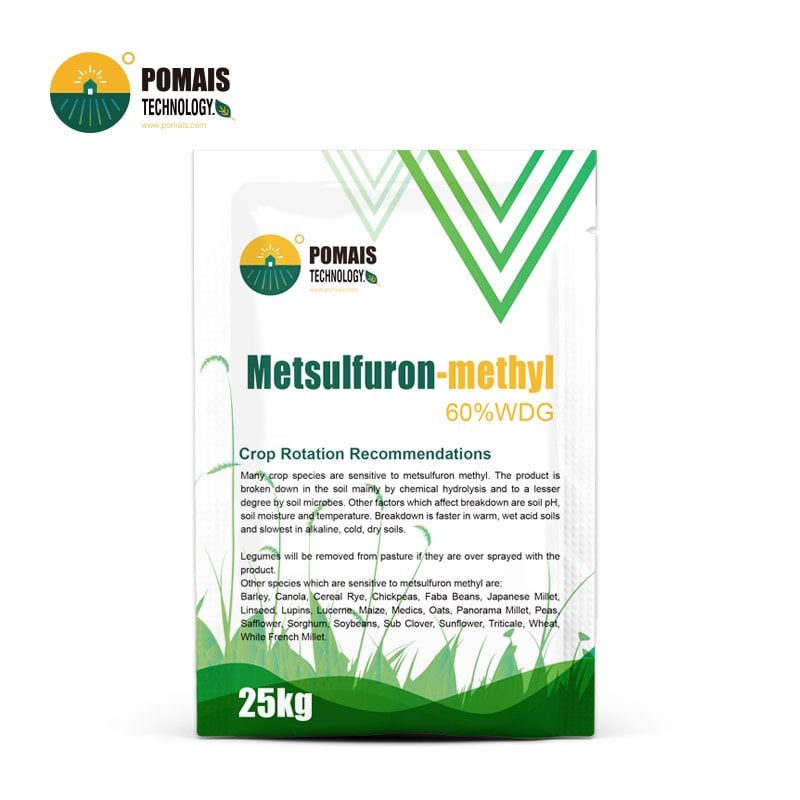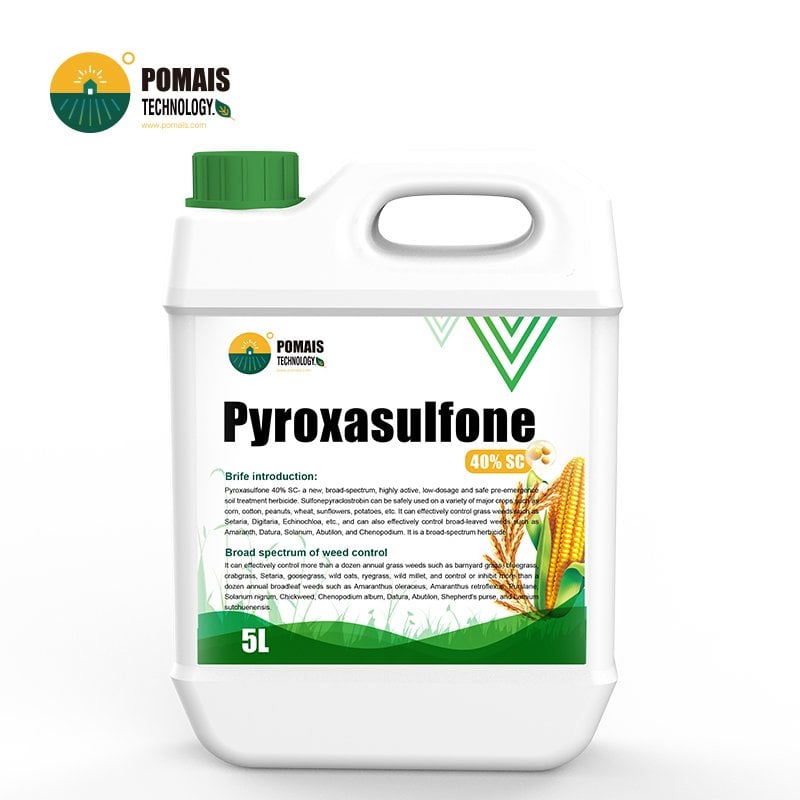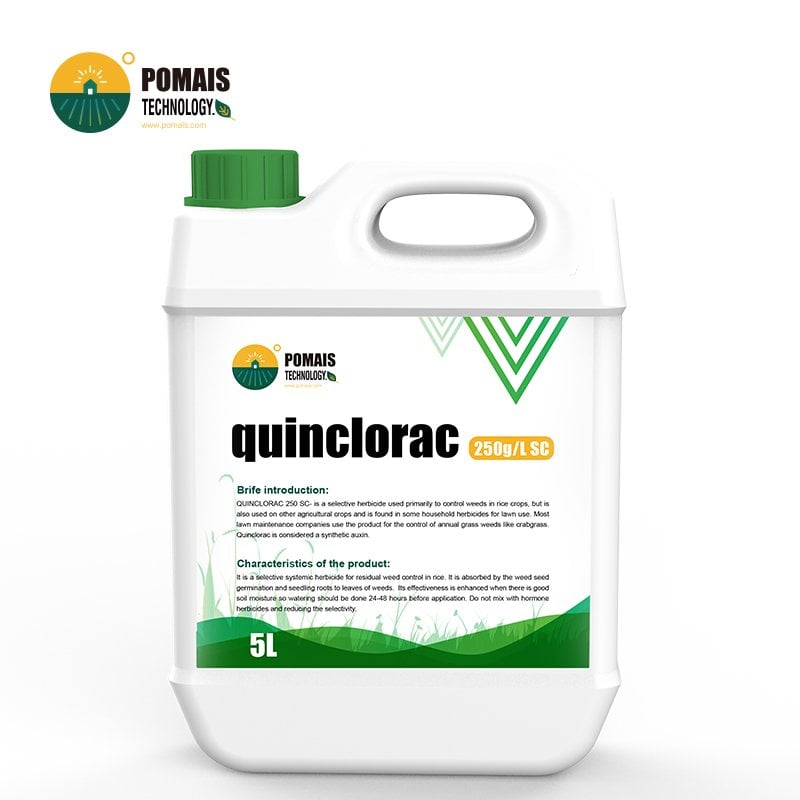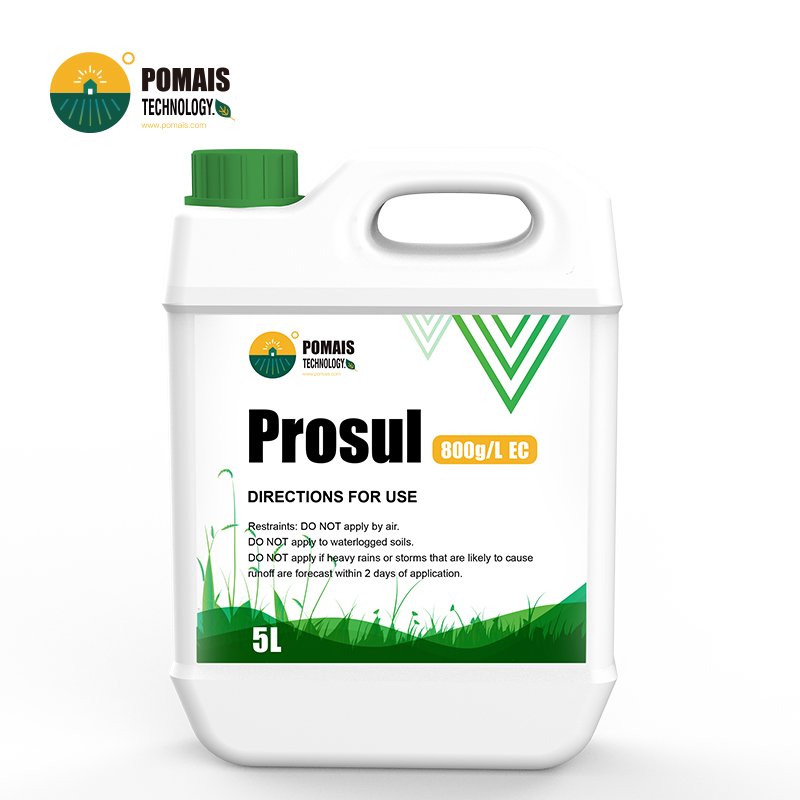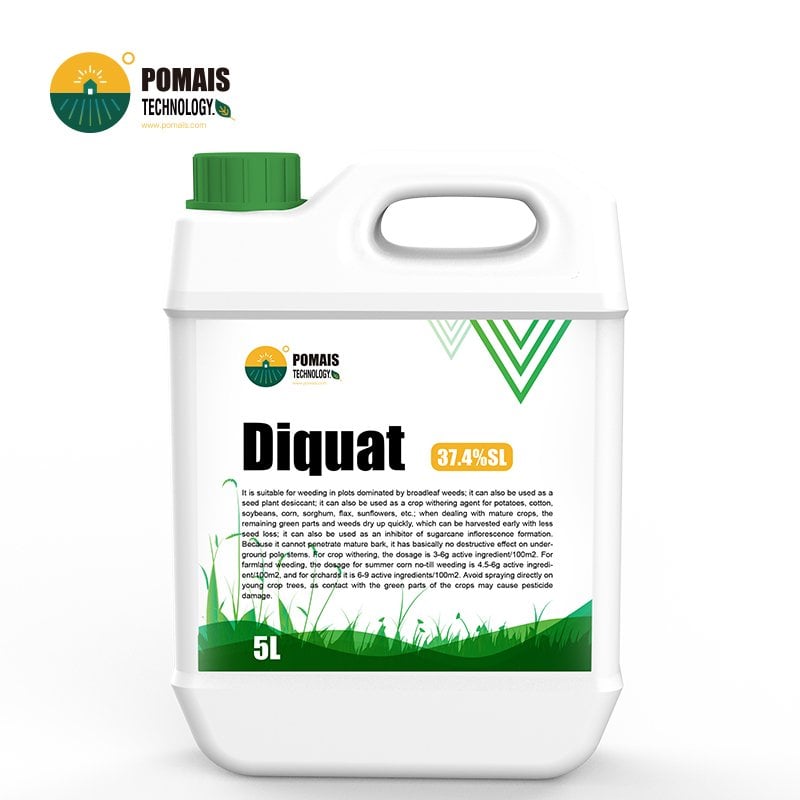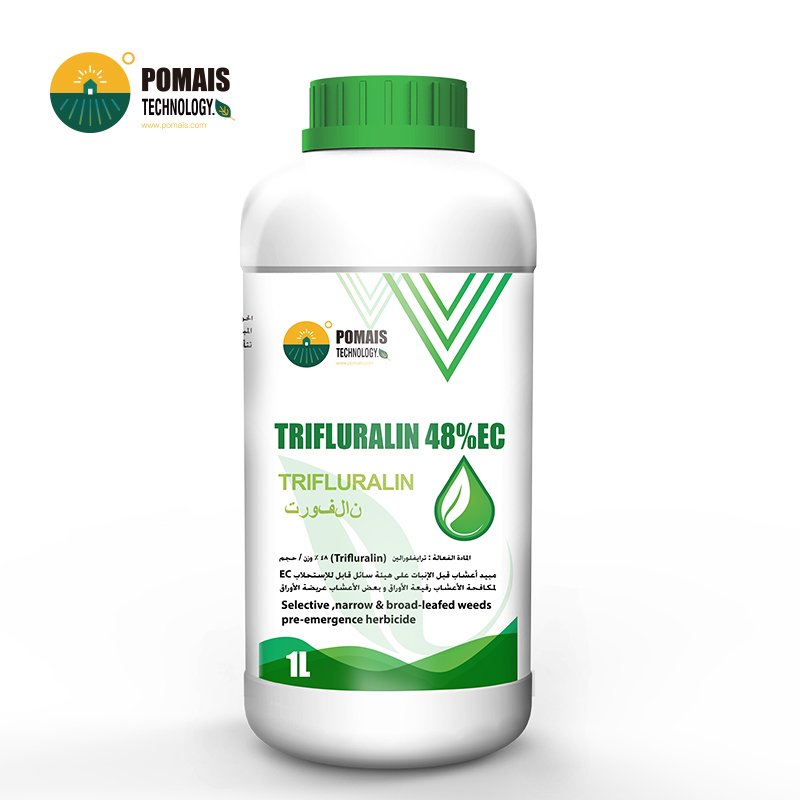Wheat is highly susceptible to a range of pests, diseases, and weeds that can significantly affect crop yields and quality. These issues are prevalent across various regions, and effective management is critical to maintaining healthy, high-yielding wheat crops. At POMAIS Agriculture, we provide tailored solutions to protect your wheat from common pests and diseases, ensuring maximum productivity and quality.
- Solutions de lutte antiparasitaire pour le blé | Programmes d'insecticides sur mesure pour les champs de blé
- Lutte contre les insectes du blé par stade de croissance
- ravageurs
- Plus d'insecticides
- Solutions de gestion des maladies du blé | Protéger votre blé des menaces fongiques et bactériennes
- Maladies
- Plus de fongicides
- Solutions de désherbage du blé | Programmes d'herbicides pour une gestion efficace des champs de blé
- Pression des mauvaises herbes et herbicides recommandés par stade de croissance
- Solutions de gestion des mauvaises herbes du blé par stade de croissance
- 1. Stade de pré-semis et de pré-levée
- 2. Étape de tallage (Feekes 2-3)
- 3. Stade d'élongation de la tige (Feekes 4–5)
- 4. De la feuille étendard au stade de démarrage (Feekes 6–9)
- 5. Vers la floraison (Feekes 10–10.5)
- 6. Du remplissage du grain au stade de maturité (Feekes 11–11.4)
- les mauvaises herbes
- Plus d'herbicides
Wheat Pest Control Solutions | Tailored Insecticide Programs for Wheat Fields
Insect pests are a major threat to wheat crops throughout their growth cycle. From seedling to maturity, various pests can compromise plant vigor, transmit viruses, and significantly reduce yields. At POMAIS Agriculture, we provide targeted, effective, and scalable solutions to help you control key wheat pests—ensuring healthy development and maximum productivity.
Wheat Growth Stage vs. Insect Threats & Recommended Insecticides
If pests in your area are resistant to a single insecticide, we recommend using a mix!
| Wheat Growth Stage | Common Insect Pests | Damage Symptoms | Recommended Insecticides |
|---|---|---|---|
| Germination & Seedling | – Aphids – Wireworms – Root lesion nematodes |
– Stunted seedlings – Wilting or poor emergence – Root damage |
– Thiamethoxam – Imidacloprid – Carbofuran – Fosthiazate |
| Tillering (Feekes 2–3) | – Aphids – Cutworms – Armyworms (early stage) |
– Leaf curling – Leaf notching – Stem cutting at ground level |
– Lambda-cyhalothrin – Thiamethoxam – Alpha-cypermethrin |
| Stem Elongation (Feekes 4–5) | – Aphids – Armyworms – Grasshoppers |
– Leaf damage – Defoliation – Nutrient loss and reduced vigor |
– Chlorpyrifos – Emamectin benzoate – Beta-cyfluthrin |
| Flag Leaf to Booting (Feekes 6–9) | – Aphids – Armyworms (late instar) – Mites |
– Leaf chlorosis – Feeding on flag leaf – Transmission of viruses |
– Imidacloprid – Abamectin – Bifenthrin |
| Heading to Flowering (Feekes 10–10.5) | – Aphids – Grasshoppers – Wheat stem maggot |
– Spikelet damage – Malformed heads – Incomplete grain set |
– Beta-cyfluthrin – Deltamethrin – Thiamethoxam |
| Grain Fill to Maturity (Feekes 11–11.4) | – Grasshoppers – Aphids (residual populations) |
– Sap loss – Incomplete grain filling – Dry matter loss |
– Lambda-cyhalothrin – Imidacloprid (low residue formulations) |
Notes:
- Insect pressure varies with region, variety, and climatic conditions. Field scouting is recommended every 7–10 days during critical growth stages.
- Consider using systemic seed treatments for early-stage protection and foliar sprays during tillering to heading stages.
- Rotate active ingredients with different modes of action to avoid resistance development.
Wheat Insect Control by Growth Stage
1. Germination & Seedling Stage
- Common Insect Pests: Aphids, Wireworms, Root lesion nematodes
- Damage Symptoms: Seedlings may fail to emerge uniformly or appear weak and stunted. Wireworms feed on underground stems and roots, while nematodes impair root development, reducing water and nutrient uptake.
- Recommended Insecticides: Use Thiamethoxam or Imidacloprid as seed treatments for early-stage protection. For nematodes, apply Carbofuran or Fosthiazate to the soil.
2. Tillering Stage (Feekes 2–3)
- Common Insect Pests: Aphids, Cutworms, Early-stage Armyworms
- Damage Symptoms: Leaves may curl or show bite marks. Cutworms often sever the stem near the soil surface, causing wilting or death of tillers.
- Recommended Insecticides: Apply Lambda-cyhalothrin or Thiamethoxam during cool hours (early morning or evening). Use Alpha-cypermethrin in areas with heavy cutworm pressure.
3. Stem Elongation Stage (Feekes 4–5)
- Common Insect Pests: Aphids, Armyworms, Grasshoppers
- Damage Symptoms: Intense feeding reduces the leaf area and photosynthesis. Armyworms and grasshoppers may cause significant defoliation and plant stunting.
- Recommended Insecticides: Use Chlorpyrifos or Emamectin benzoate for fast control. Beta-cyfluthrin is effective against chewing pests like grasshoppers.
4. Flag Leaf to Booting Stage (Feekes 6–9)
- Common Insect Pests: Aphids, Late-stage Armyworms, Mites
- Damage Symptoms: Feeding on the flag leaf reduces grain-filling efficiency. Aphids may also transmit Barley Yellow Dwarf Virus (BYDV).
- Recommended Insecticides: Apply systemic products such as Imidacloprid or Abamectin. If mites are present, use Bifenthrin for effective control.
5. Heading to Flowering Stage (Feekes 10–10.5)
- Common Insect Pests: Aphids, Grasshoppers, Wheat Stem Maggot
- Damage Symptoms: Pests feeding on spikelets may cause malformed heads, poor pollination, or reduced kernel set.
- Recommended Insecticides: Use Beta-cyfluthrin or Deltamethrin for head-feeding insects. For continuing aphid pressure, combine with Thiamethoxam.
6. Grain Fill to Maturity Stage (Feekes 11–11.4)
- Common Insect Pests: Grasshoppers, Residual Aphids
- Damage Symptoms: Late-season feeding can result in sap loss, incomplete grain fill, or reduced test weight. Grasshoppers may also damage grain heads.
- Recommended Insecticides: Use Lambda-cyhalothrin or low-residue Imidacloprid formulations to protect yield without compromising harvest quality.
pests
More Insecticides
Wheat Disease Management Solutions | Protecting Your Wheat from Fungal and Bacterial Threats
Wheat diseases are a major cause of yield and quality losses worldwide. Fungal pathogens such as rusts, powdery mildew, and smuts, along with bacterial and seedborne diseases, can severely affect crop development across all growth stages. At POMAIS Agriculture, we offer comprehensive, stage-specific disease control strategies to safeguard your wheat fields using highly effective fungicide programs and professional technical support.
Major Wheat Diseases by Growth Stage
If diseases in your area are resistant to a single fungicide, we recommend using a hybrid form!
| Wheat Growth Stage | Common Diseases | Damage Symptoms | Recommended Fungicides |
|---|---|---|---|
| Germination & Seedling | Seed-borne fungi (e.g., bunt, smut), Root rots | Poor germination, weak seedlings, damping-off, root decay. | Carbendazim, Fludioxonil, Metalaxyl |
| Tillering (Feekes 2–3) | Powdery Mildew, Early Leaf Rust | White powdery growth, rust pustules, early leaf senescence. | Tebuconazole, Propiconazole |
| Stem Elongation (Feekes 4–5) | Stripe Rust, Stem Rust, Septoria Leaf Blotch | Streaks, lesions, stem weakening, necrotic blotches. | Chlorothalonil, Mancozeb, Azoxystrobin |
| Flag Leaf to Booting (Feekes 6–9) | Late Powdery Mildew, Ongoing Rust Infections | Flag leaf damage limits grain fill, rust spread under moisture. | Tebuconazole, Trifloxystrobin |
| Heading to Flowering (Feekes 10–10.5) | Fusarium Head Blight (FHB), Rusts on spikelets | Bleached heads, poor grain set, mycotoxins risk, rust on glumes. | Prothioconazole, Azoxystrobin, Tebuconazole |
| Grain Fill to Maturity (Feekes 11–11.4) | Grain mold, Late-season Rusts | Shriveled grains, mold growth, reduced quality and storability. | Propiconazole, Azoxystrobin (low-residue) |
Wheat Disease Control by Growth Stage
1. Germination & Seedling Stage
- Common Diseases: Seed-borne fungi (e.g., bunt, smut), Root rots
- Damage Symptoms: Poor germination, weak and stunted seedlings, damping-off, and discolored or decaying roots due to fungal infection.
- Recommended Fungicides: Carbendazim, Fludioxonil, or Metalaxyl for seed treatment and protection against soil-borne pathogens.
2. Tillering Stage (Feekes 2–3)
- Common Diseases: Powdery Mildew, Early Leaf Rust
- Damage Symptoms: White powdery growth on leaf surfaces, reduced photosynthesis, and orange or brown rust pustules causing premature leaf aging.
- Recommended Fungicides: Apply Tebuconazole or Propiconazole preventively or at early signs of infection.
3. Stem Elongation Stage (Feekes 4–5)
- Common Diseases: Stripe Rust, Stem Rust, Septoria Leaf Blotch
- Damage Symptoms: Yellow to reddish streaks or pustules, stem weakening, and necrotic blotches on lower leaves. High disease pressure can lead to lodging and reduced yield.
- Recommended Fungicides: Use Chlorothalonil, Mancozeb, or Azoxystrobin as protective foliar sprays.
4. Flag Leaf to Booting Stage (Feekes 6–9)
- Common Diseases: Late Powdery Mildew, Ongoing Rust Infections
- Damage Symptoms: Infection of the flag leaf limits carbohydrate production, resulting in poor grain fill. Rust infections may continue spreading under humid conditions.
- Recommended Fungicides: Spray Tebuconazole or Trifloxystrobin to protect the flag leaf and suppress active infections.
5. Heading to Flowering Stage (Feekes 10–10.5)
- Common Diseases: Fusarium Head Blight (FHB), Rusts on spikelets
- Damage Symptoms: Bleached heads, poor kernel development, and contamination with harmful mycotoxins (e.g., DON). Rust pustules may appear on glumes or outer spikelet parts.
- Recommended Fungicides: Apply Prothioconazole, Azoxystrobin, or Tebuconazole at the beginning of flowering for maximum head protection.
6. Grain Fill to Maturity Stage (Feekes 11–11.4)
- Common Diseases: Grain mold, Late-season Rusts
- Damage Symptoms: Shriveled or discolored grains, reduced grain weight, and poor storage quality. High moisture may favor secondary infections.
- Recommended Fungicides: Use Propiconazole or Azoxystrobin with a low residue profile, especially in the pre-harvest window.
Diseases
More Fungicides
Wheat Weed Control Solutions | Herbicide Programs for Effective Wheat Field Management
Weeds are a persistent threat in wheat production, competing with the crop for nutrients, light, and water. If not effectively managed, weeds can lead to reduced yields, increased harvesting difficulties, and lower grain quality. At POMAIS Agriculture, we offer stage-specific herbicide solutions that help farmers maintain clean fields throughout the wheat growth cycle while supporting sustainable crop practices.
Weed Pressure and Recommended Herbicides by Growth Stage
If weeds in your area are resistant to a single herbicide, we recommend using a mixture!
| Wheat Growth Stage | Common Weeds | Weed Impact | Recommended Herbicides |
|---|---|---|---|
| Pre-sowing & Pre-emergence | Annual grasses (wild oats), Broadleaf weeds (pigweed, chickweed) | Compete with seedlings, reduce stand establishment, absorb moisture and nutrients early | Pendimethalin, Pyroxasulfone (pre-emergent soil application) |
| Tillering (Feekes 2–3) | Volunteer cereals, Foxtail, Ryegrass, Early broadleaves | Compete for nitrogen and water, inhibit tillering, reduce crop density | Metribuzin, Fenoxaprop-P-ethyl, 2,4-D (post-emergent) |
| Stem Elongation (Feekes 4–5) | Late-emerging sedges, Resistant biotypes (wild radish, wild mustard) | Shade crop canopy, reduce light interception, host pests and diseases | Clodinafop-propargyl, Tribenuron-methyl, Mesosulfuron-methyl |
| Flag Leaf to Booting (Feekes 6–9) | Field bindweed, Escaped broadleaves | Reduce flag leaf effectiveness, complicate spraying and harvest operations | 2,4-D or Dicamba, rotate MOA to prevent resistance |
| Heading to Flowering (Feekes 10–10.5) | Resistant grassy weeds, Late-season annuals | Suppress grain fill, increase foreign matter in harvest | Spot-treatment with selective grass herbicides; monitor resistance development |
| Grain Fill to Maturity (Feekes 11–11.4) | Late escapes, Minimal new emergence | Affect harvest cleanliness, moisture levels, and storage quality | Glyphosate (post-harvest or pre-plant in conservation tillage systems) |
Wheat Weed Management Solutions by Growth Stage
Weeds are a persistent and costly challenge in wheat production. They compete with the crop for light, nutrients, and water, and if not properly managed, can result in yield loss, poor grain quality, and harvesting difficulties. Each growth stage of wheat is susceptible to different weed pressures. At POMAIS Agriculture, we provide stage-specific herbicide strategies to help farmers maintain clean, high-yielding wheat fields.
Below is a comprehensive overview of common weed threats at each stage of wheat development, along with their impacts and recommended herbicide solutions.
1. Pre-sowing & Pre-emergence Stage
- Common Weeds: Annual grasses such as wild oats, and broadleaf weeds including pigweed and chickweed.
- Impact: These weeds germinate alongside or even before wheat seeds, quickly absorbing essential moisture and nutrients. They hinder proper seedling emergence and reduce plant stand establishment.
- Recommended Herbicides: Pre-emergent herbicides such as Pendimethalin and Pyroxasulfone are highly effective when incorporated into the soil before crop emergence. They form a protective barrier that inhibits early weed growth.
2. Tillering Stage (Feekes 2–3)
- Common Weeds: Volunteer cereals, grassy weeds like foxtail and ryegrass, and early-stage broadleaves.
- Impact: These weeds compete directly with wheat tillers for nitrogen, water, and sunlight. If uncontrolled, they reduce the number of productive tillers and weaken overall plant density.
- Recommended Herbicides: Post-emergent options such as Metribuzin, Fenoxaprop-P-ethyl, and 2,4-D can be safely applied during this stage to eliminate emerged weeds and prevent further establishment.
3. Stem Elongation Stage (Feekes 4–5)
- Common Weeds: Late-emerging sedges and resistant broadleaf biotypes like wild radish and wild mustard.
- Impact: These aggressive weeds compete for sunlight, shade the wheat canopy, and can harbor insects and fungal diseases, creating a multi-threat environment.
- Recommended Herbicides: Broad-spectrum and selective herbicides such as Clodinafop-propargyl, Tribenuron-methyl, or Mesosulfuron-methyl are ideal for controlling mixed infestations at this stage.
4. Flag Leaf to Booting Stage (Feekes 6–9)
- Common Weeds: Perennial weeds like field bindweed and escaped broadleaf species from earlier stages.
- Impact: These weeds can interfere with flag leaf exposure, reducing photosynthesis and carbohydrate transfer needed for grain filling. They also complicate mechanical operations like fungicide or insecticide application.
- Recommended Herbicides: Where labeled and safe, 2,4-D or Dicamba may be used carefully. Herbicide rotation at this stage is critical to delay or prevent resistance buildup.
5. Heading to Flowering Stage (Feekes 10–10.5)
- Common Weeds: Resistant grassy weeds and late-season annuals that escaped early control.
- Impact: These late weeds hinder grain filling, increase grain moisture, and may delay harvest due to contamination with foreign plant material.
- Recommended Herbicides: Spot treatments using selective grassy weed herbicides can reduce further competition. Close field monitoring is advised to prevent seed production and spread of resistant biotypes.
6. Grain Fill to Maturity Stage (Feekes 11–11.4)
- Common Weeds: Late escapes and minimal new emergence depending on moisture and temperature.
- Impact: Weeds at this stage can still affect grain moisture, lead to harvesting complications, and reduce overall grain quality and storability.
- Recommended Herbicides: Glyphosate is commonly used post-harvest (or pre-plant in no-till systems) to manage residual weeds and prepare fields for the next crop cycle.

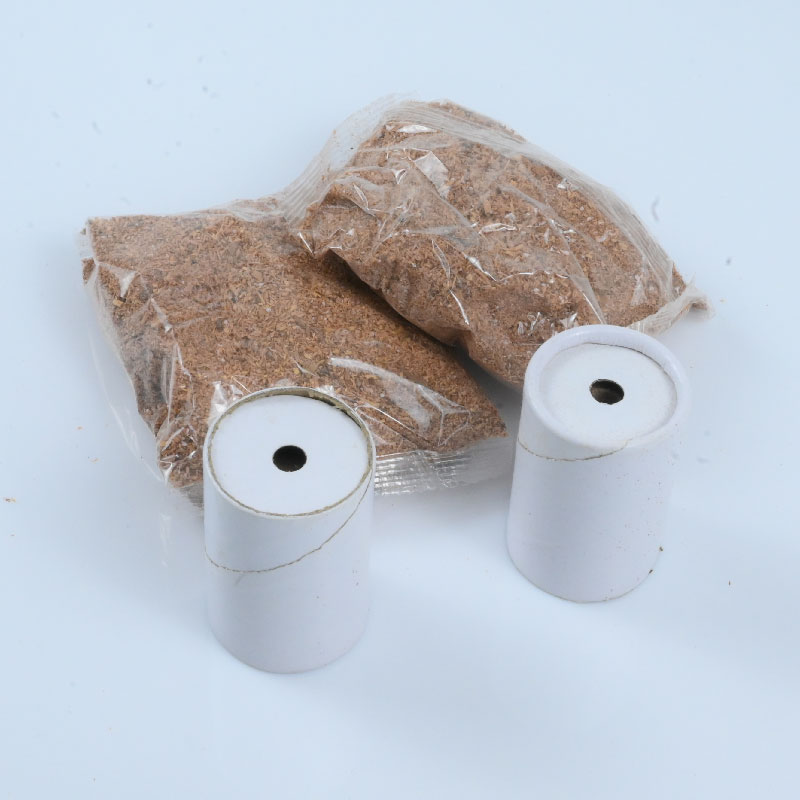
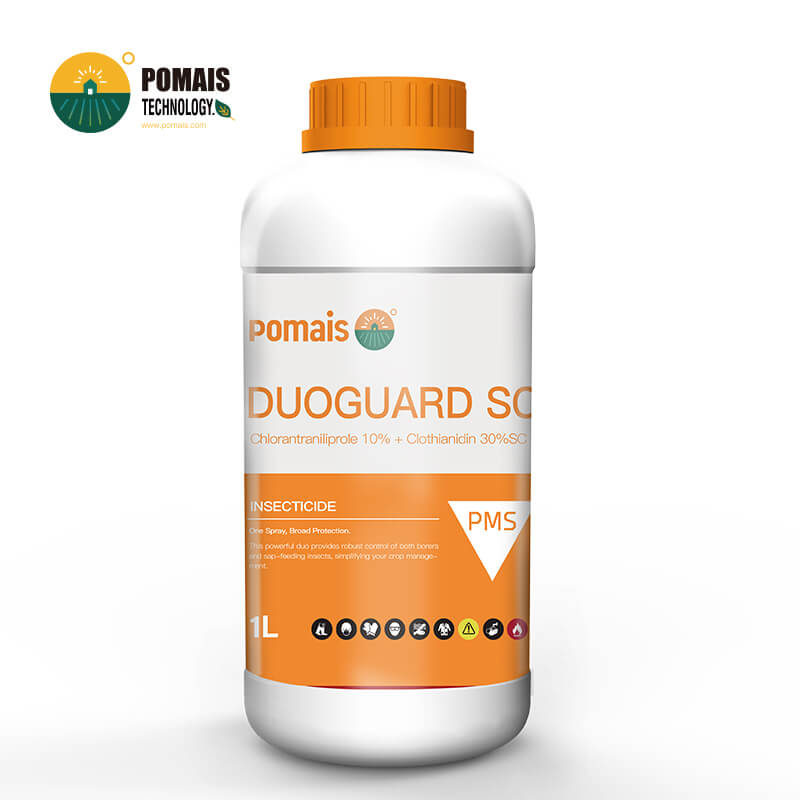
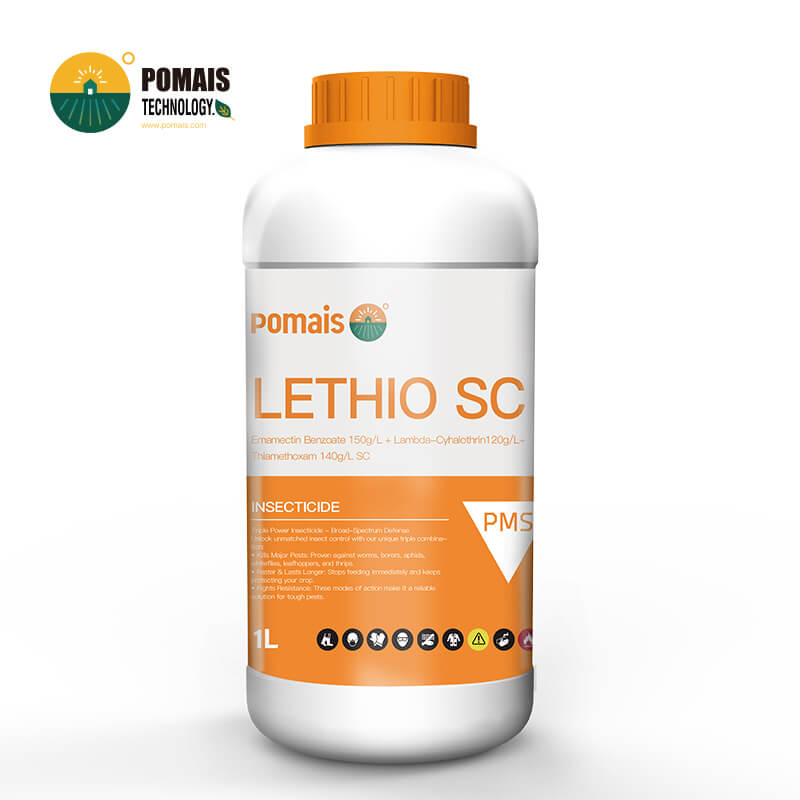
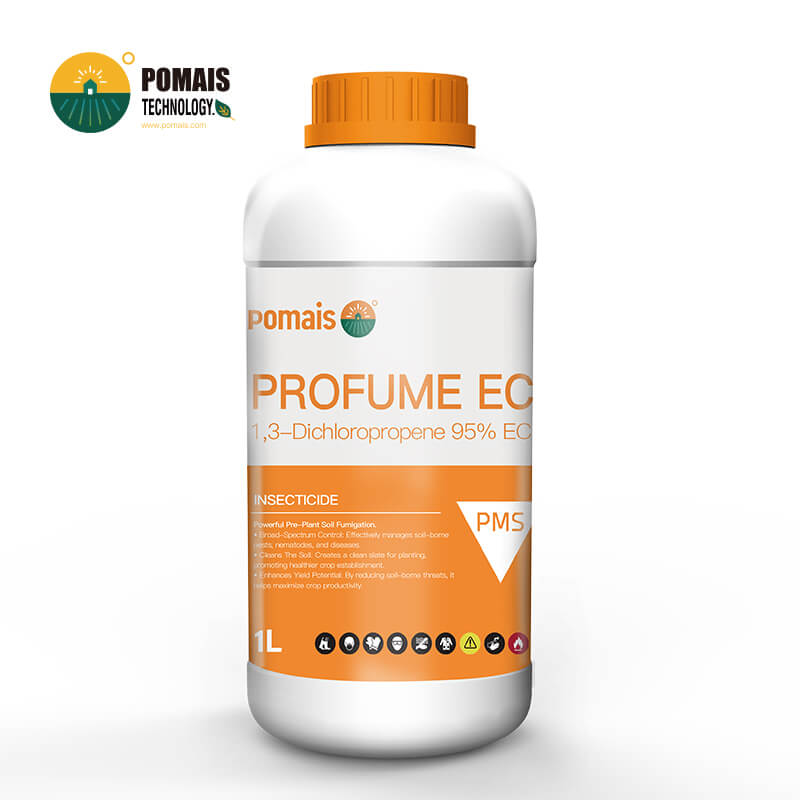
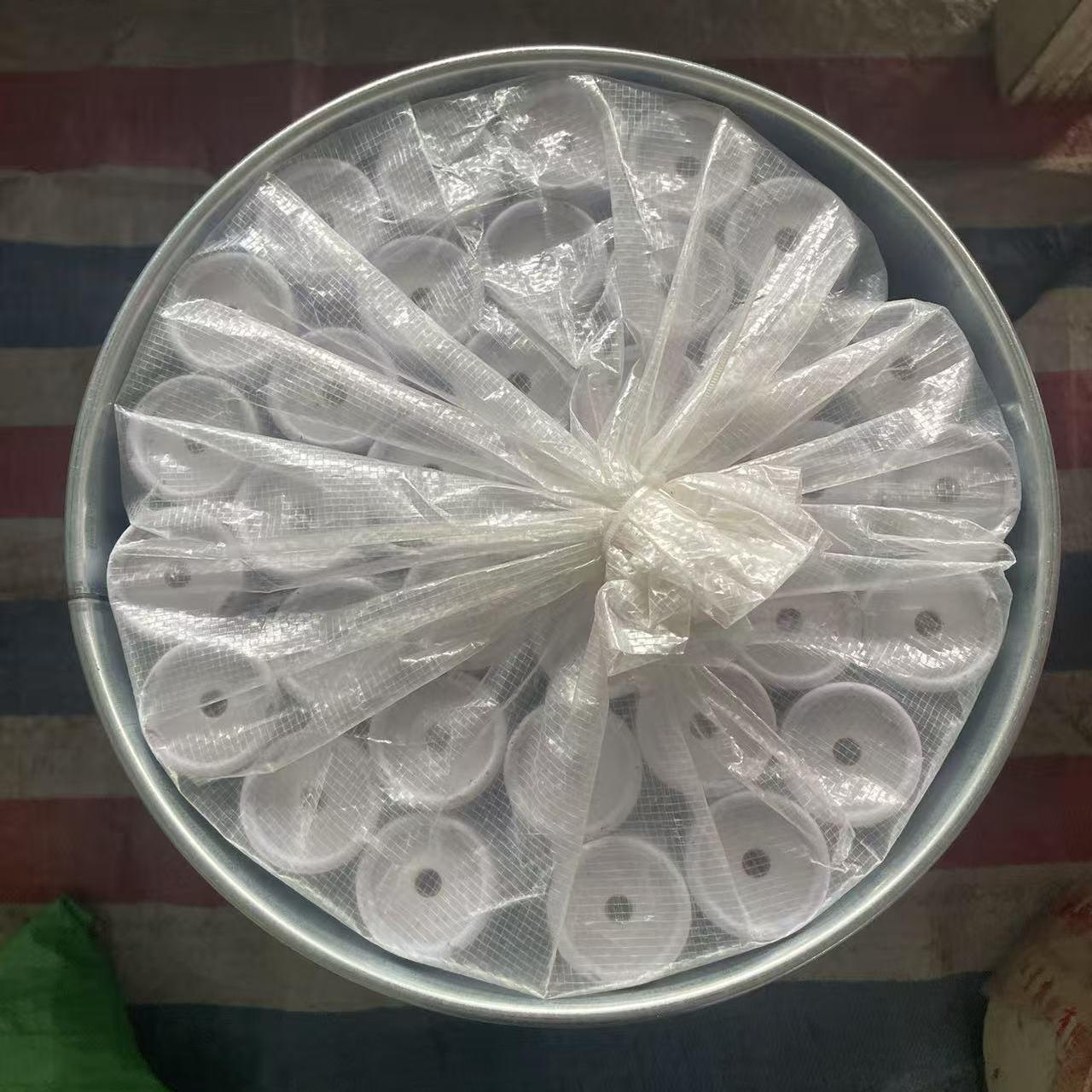
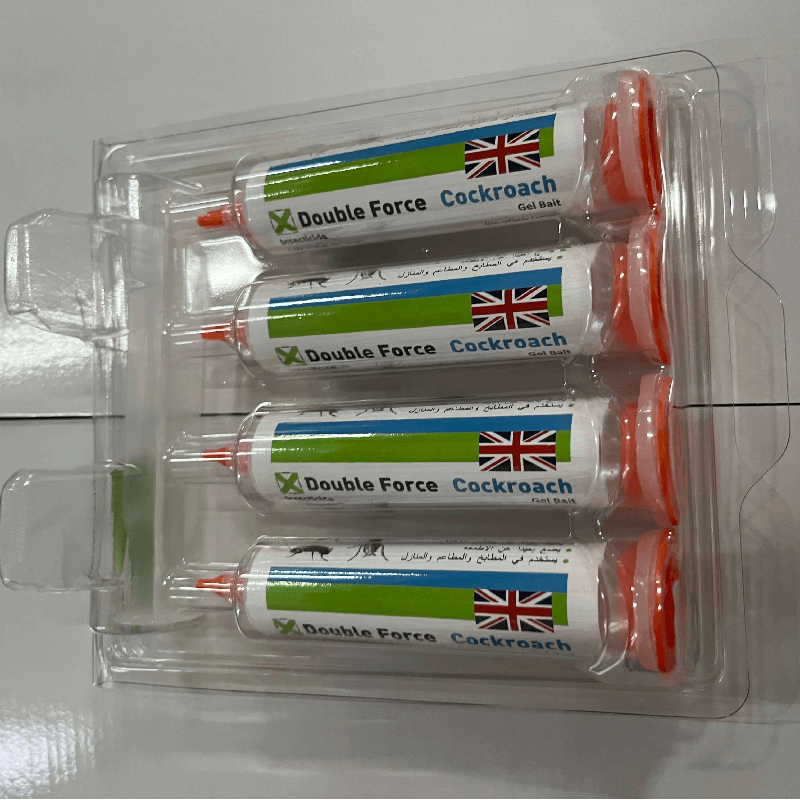
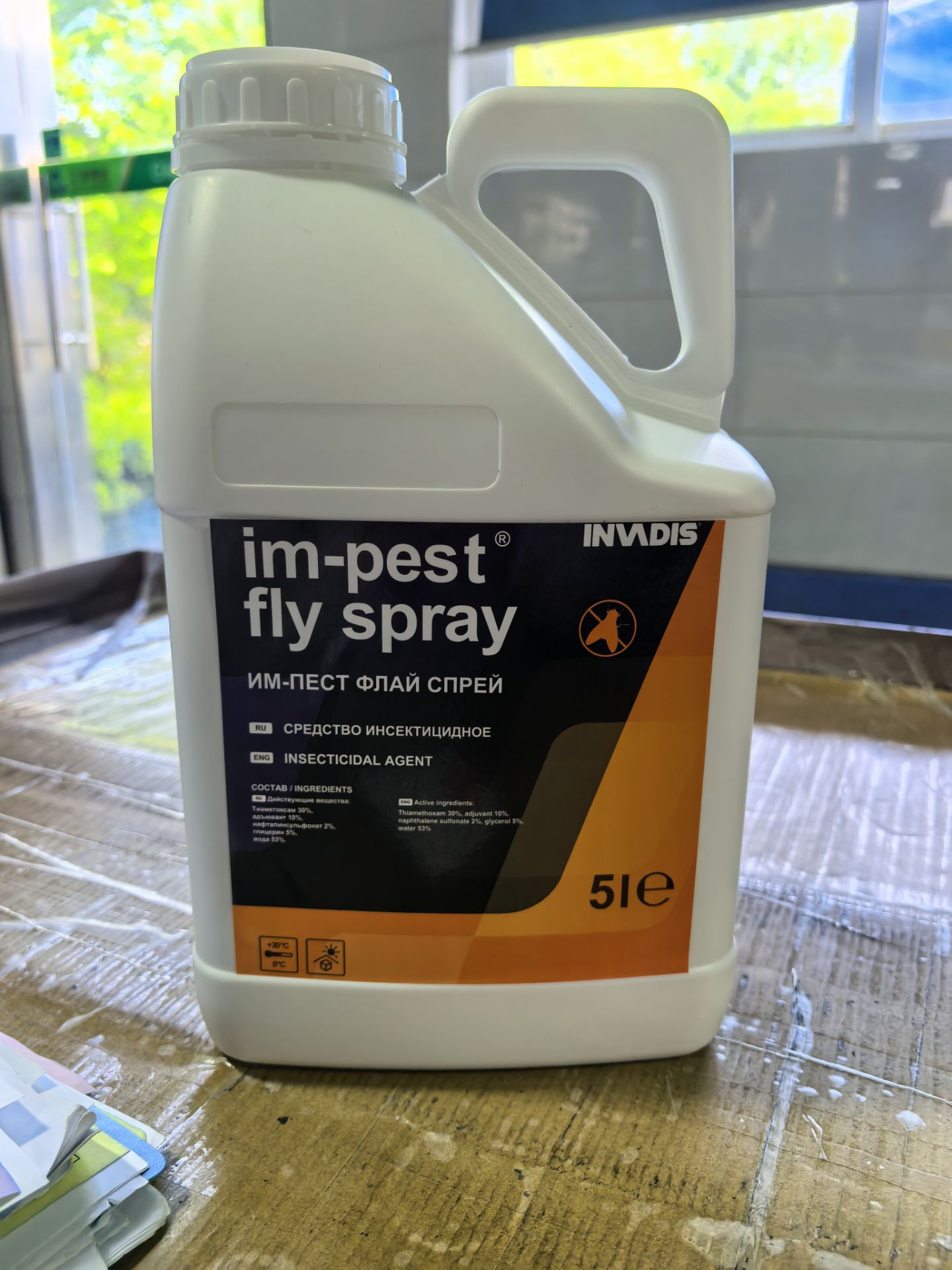
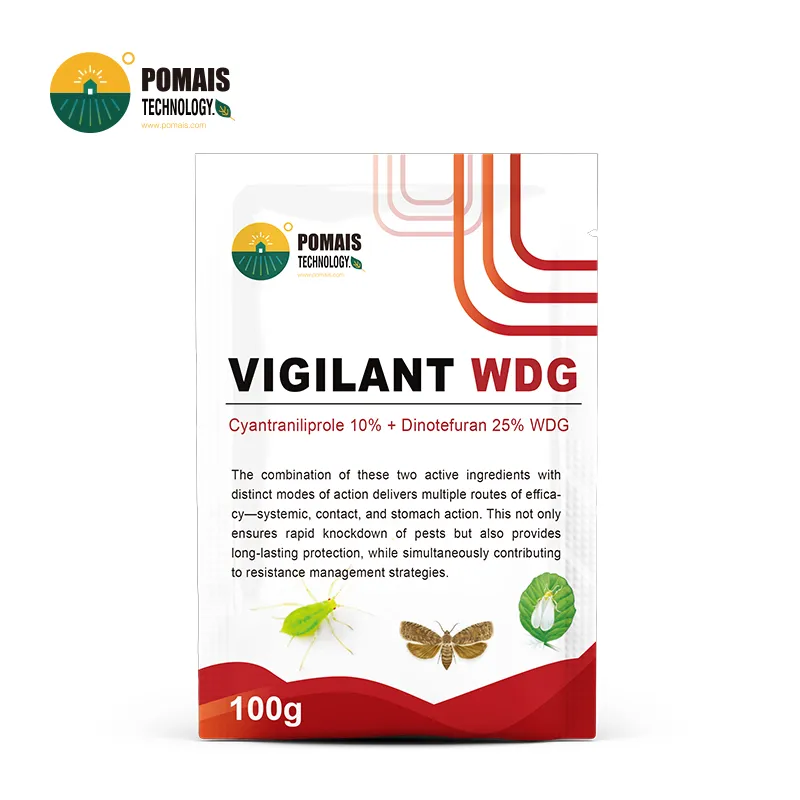

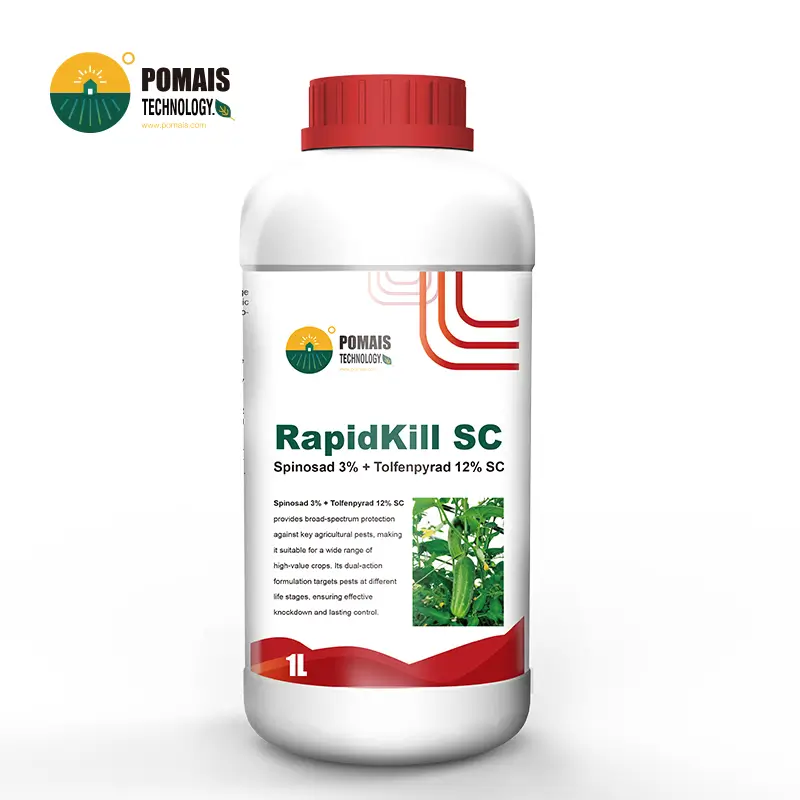
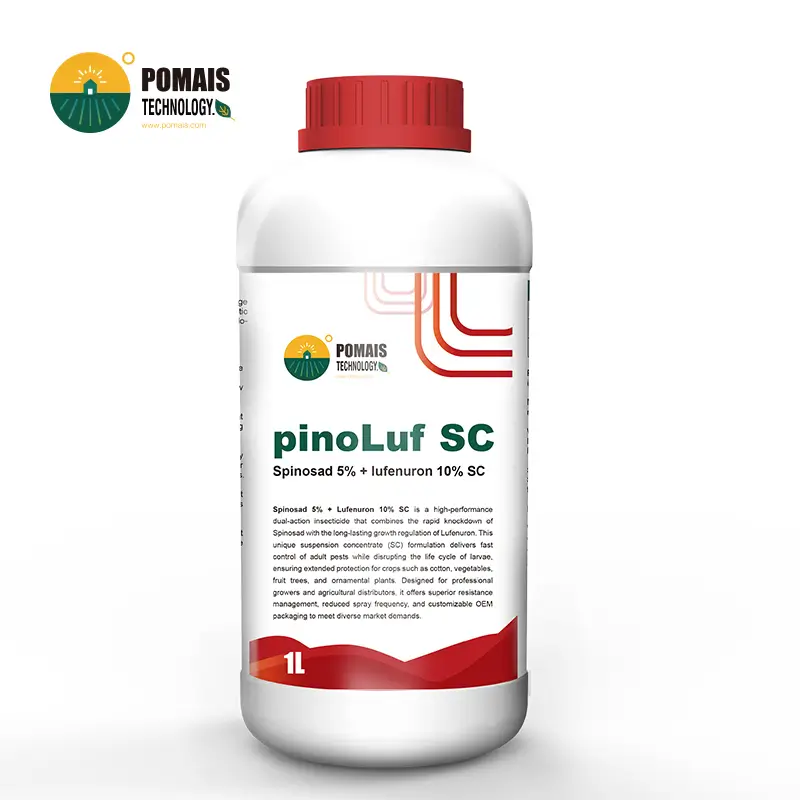
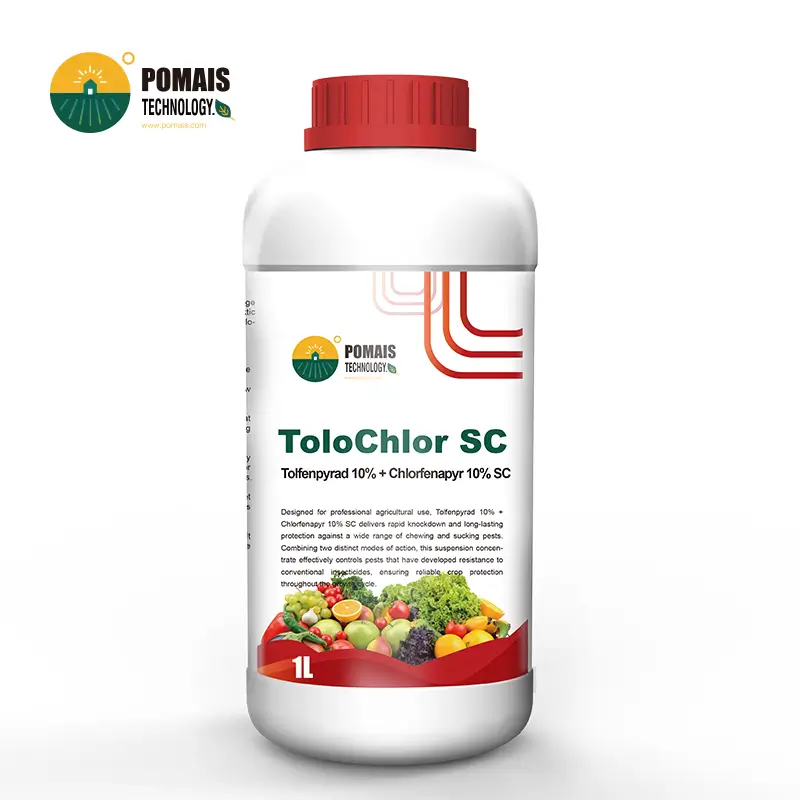
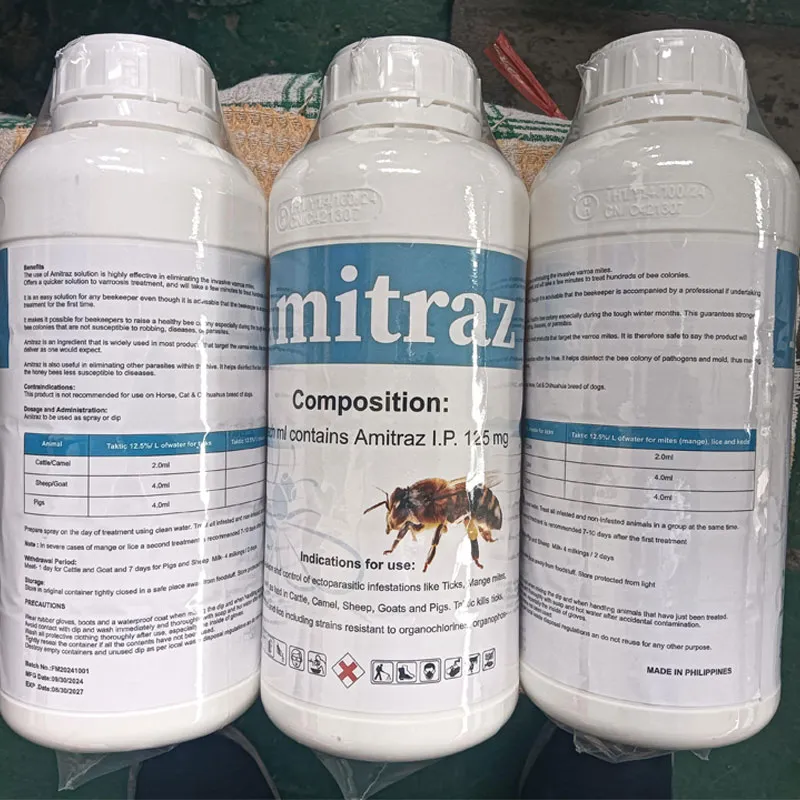
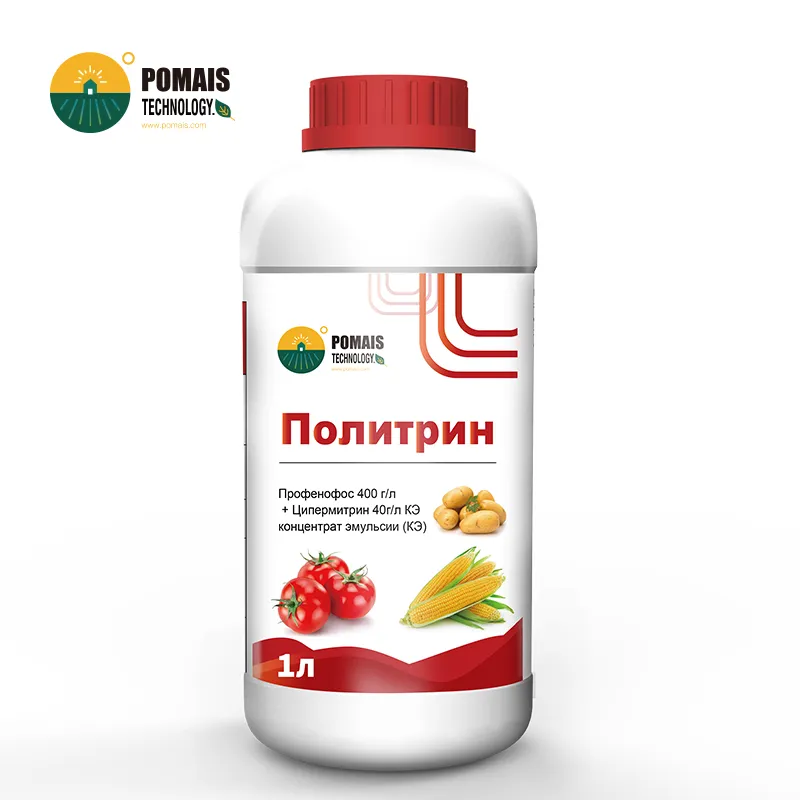
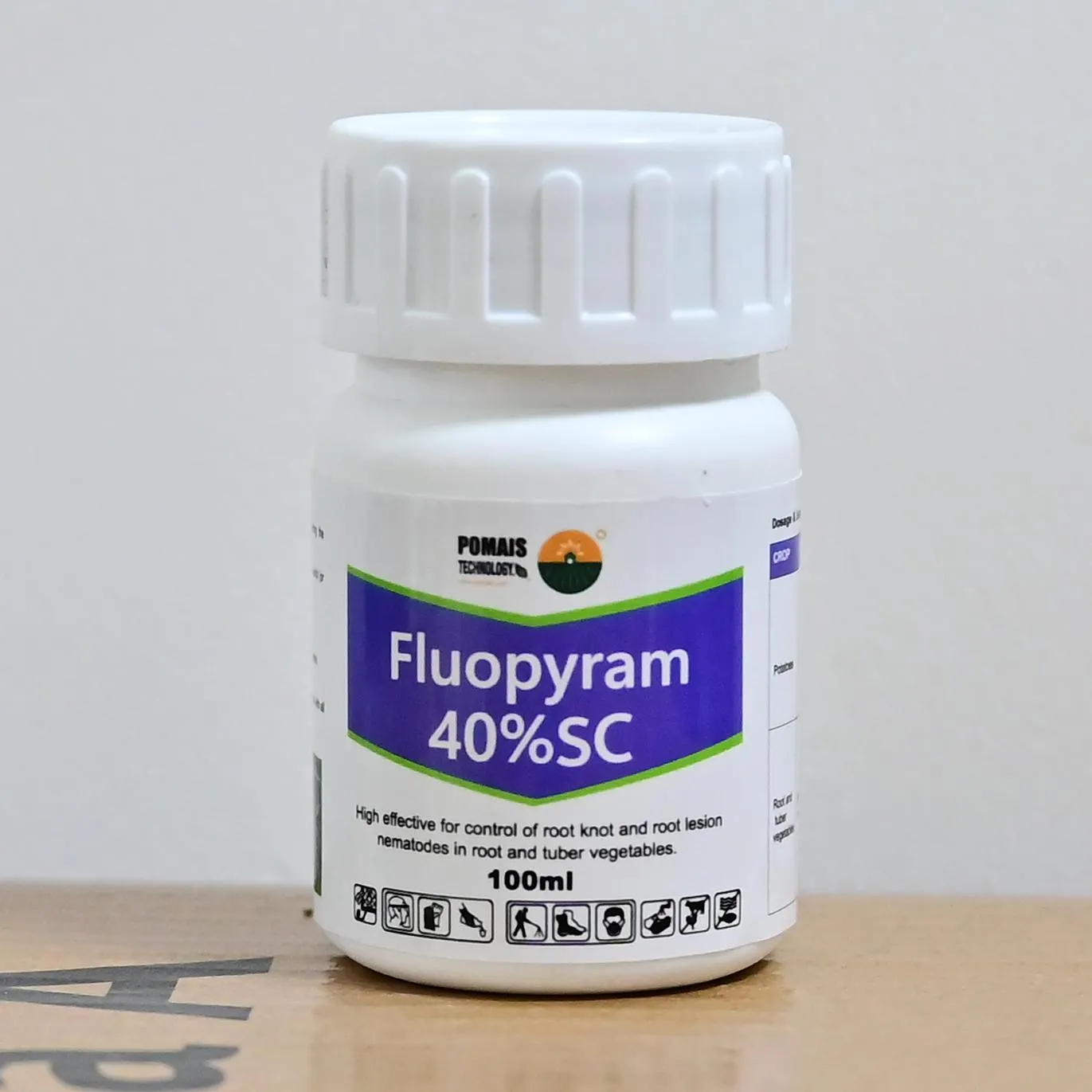
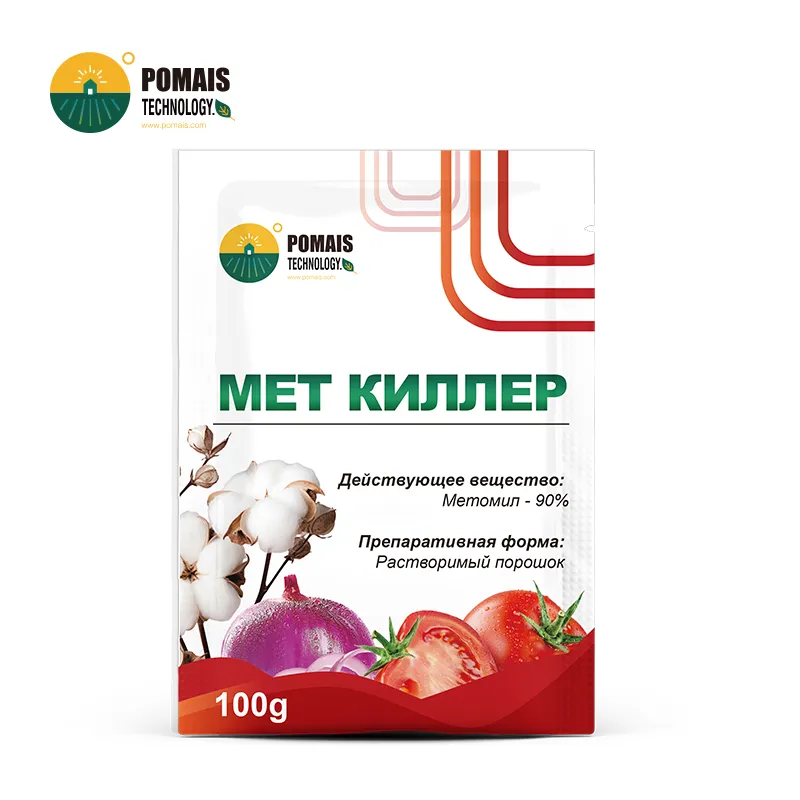
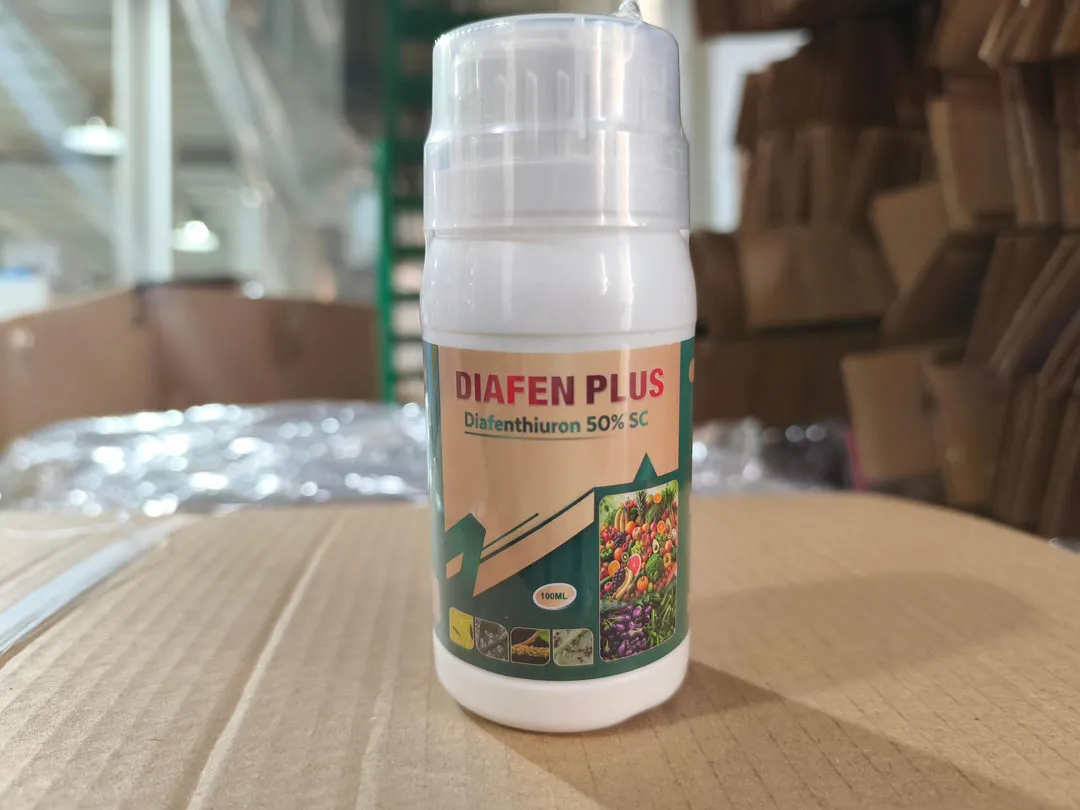
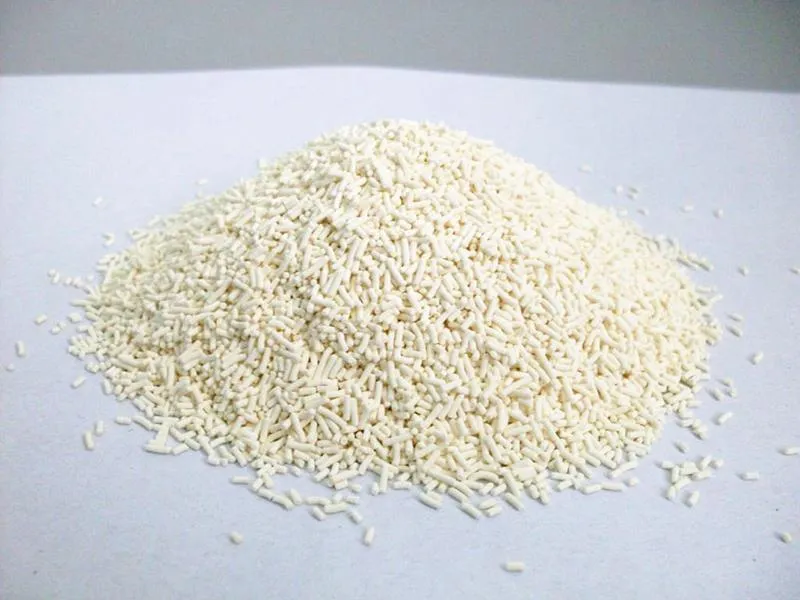
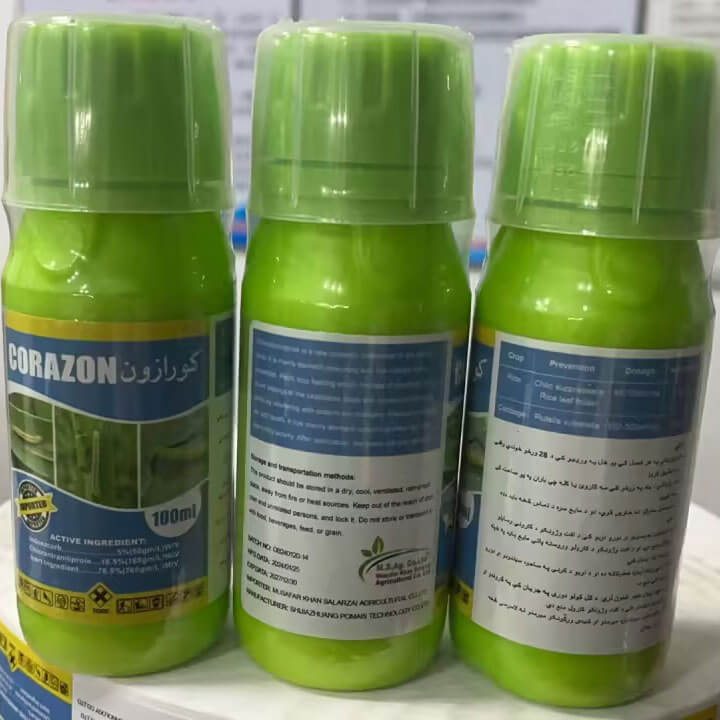
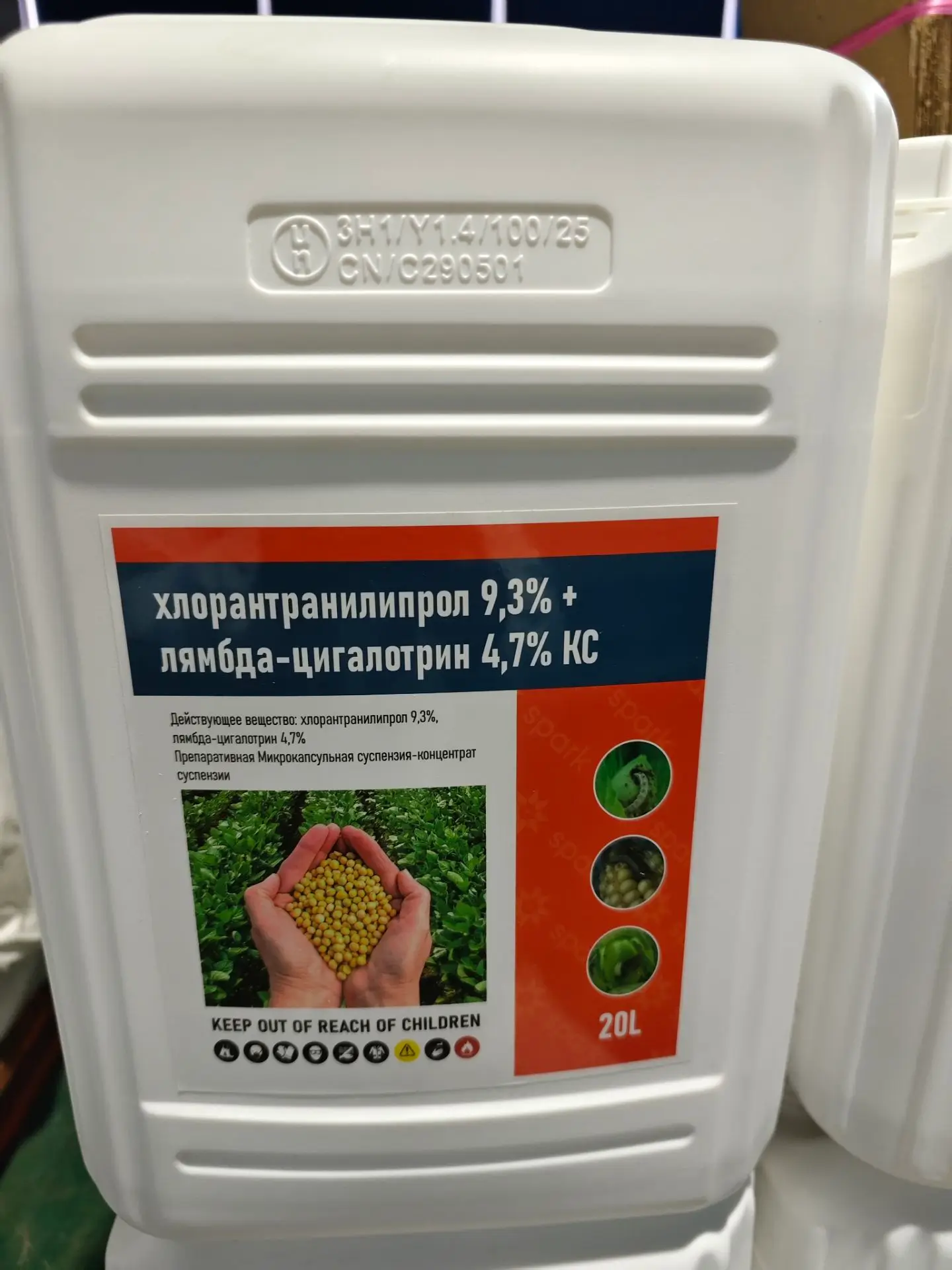
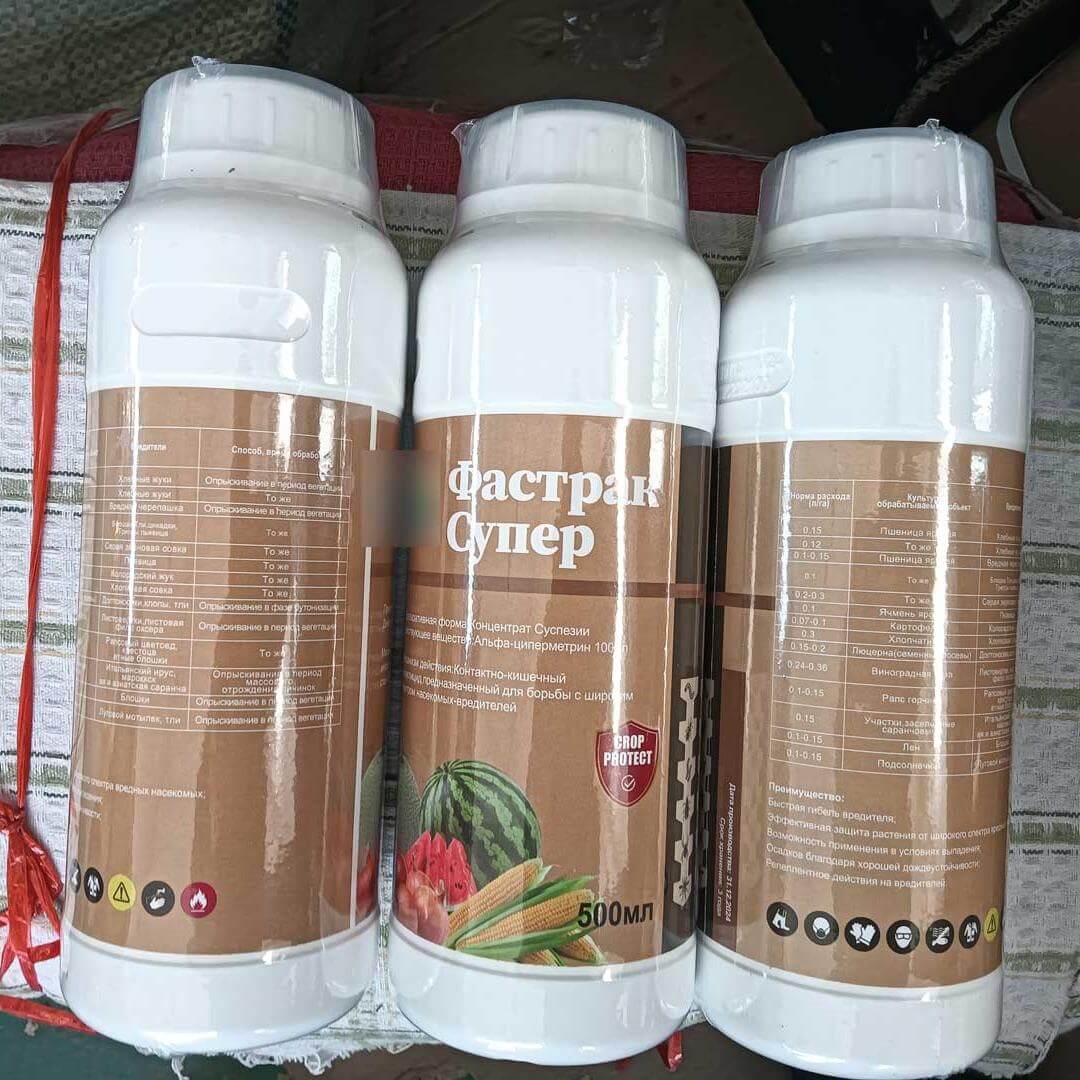
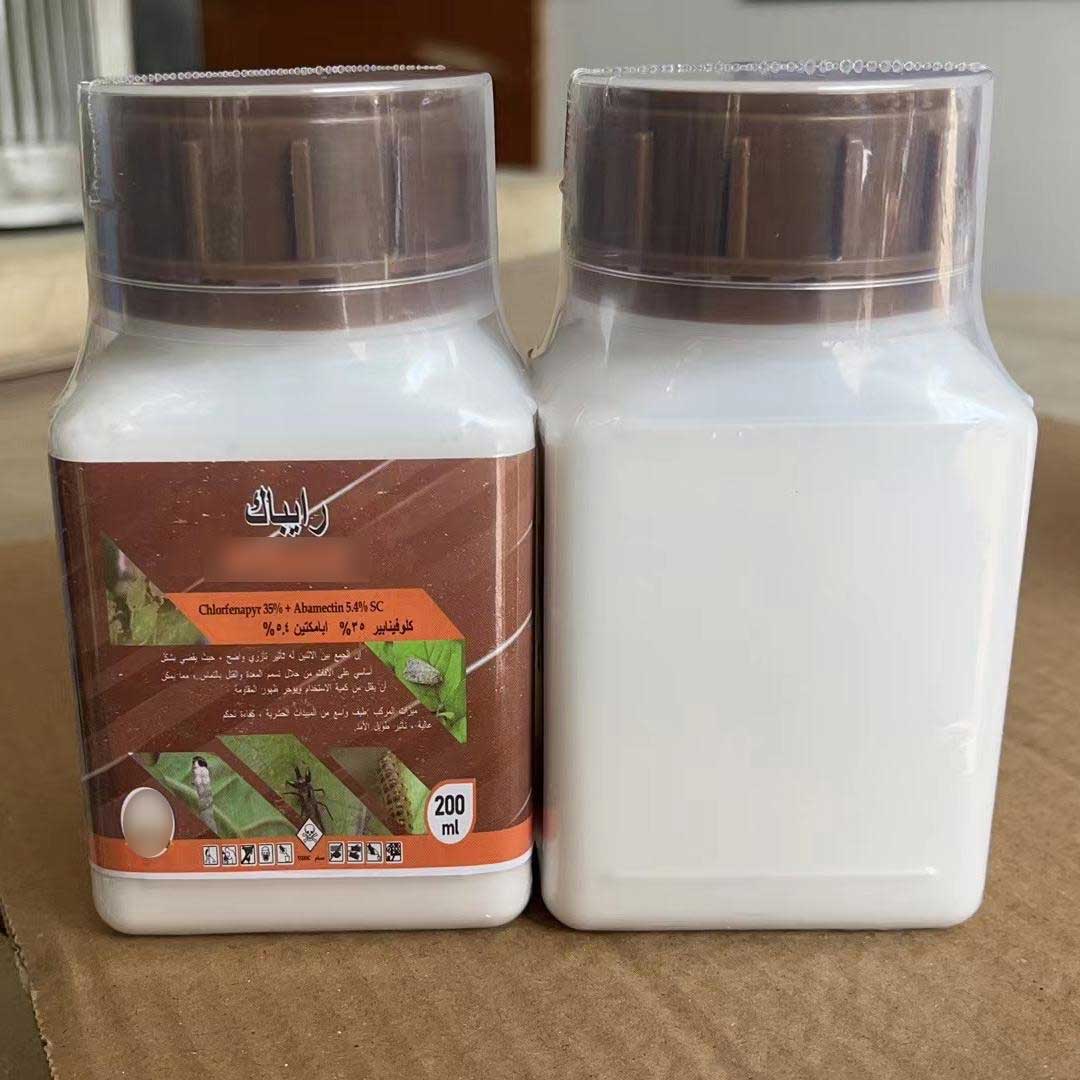
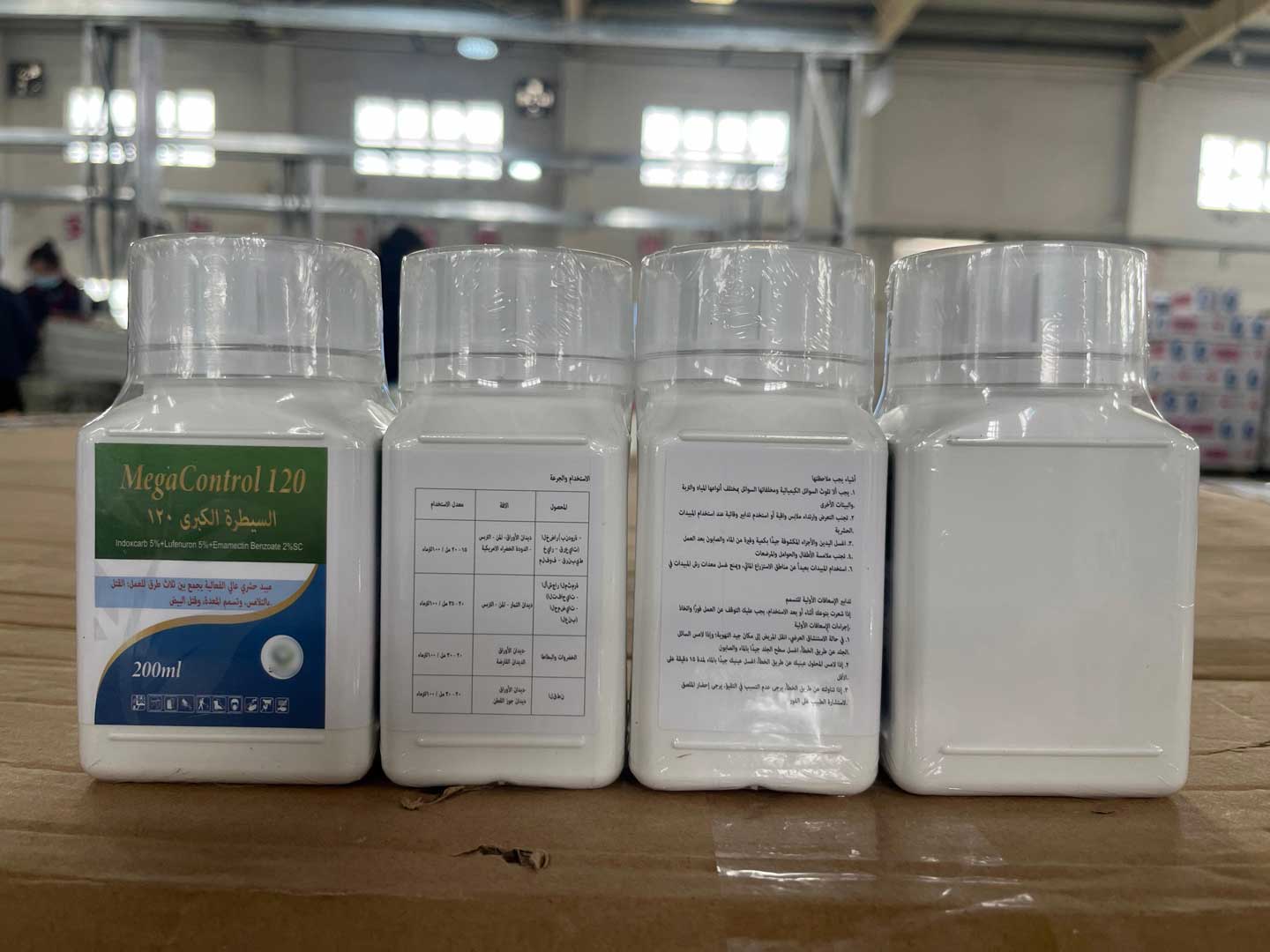
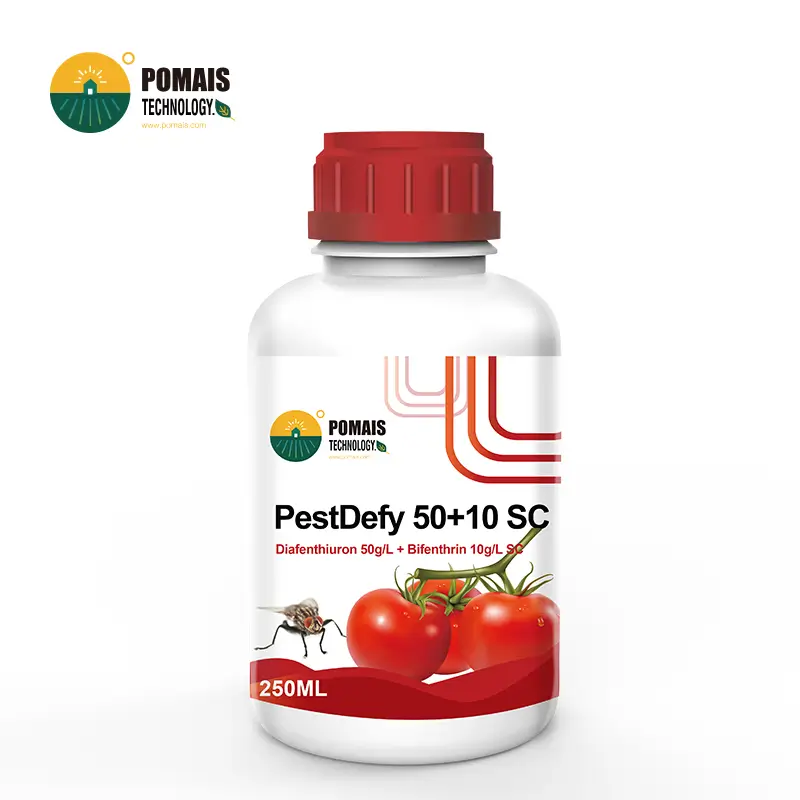
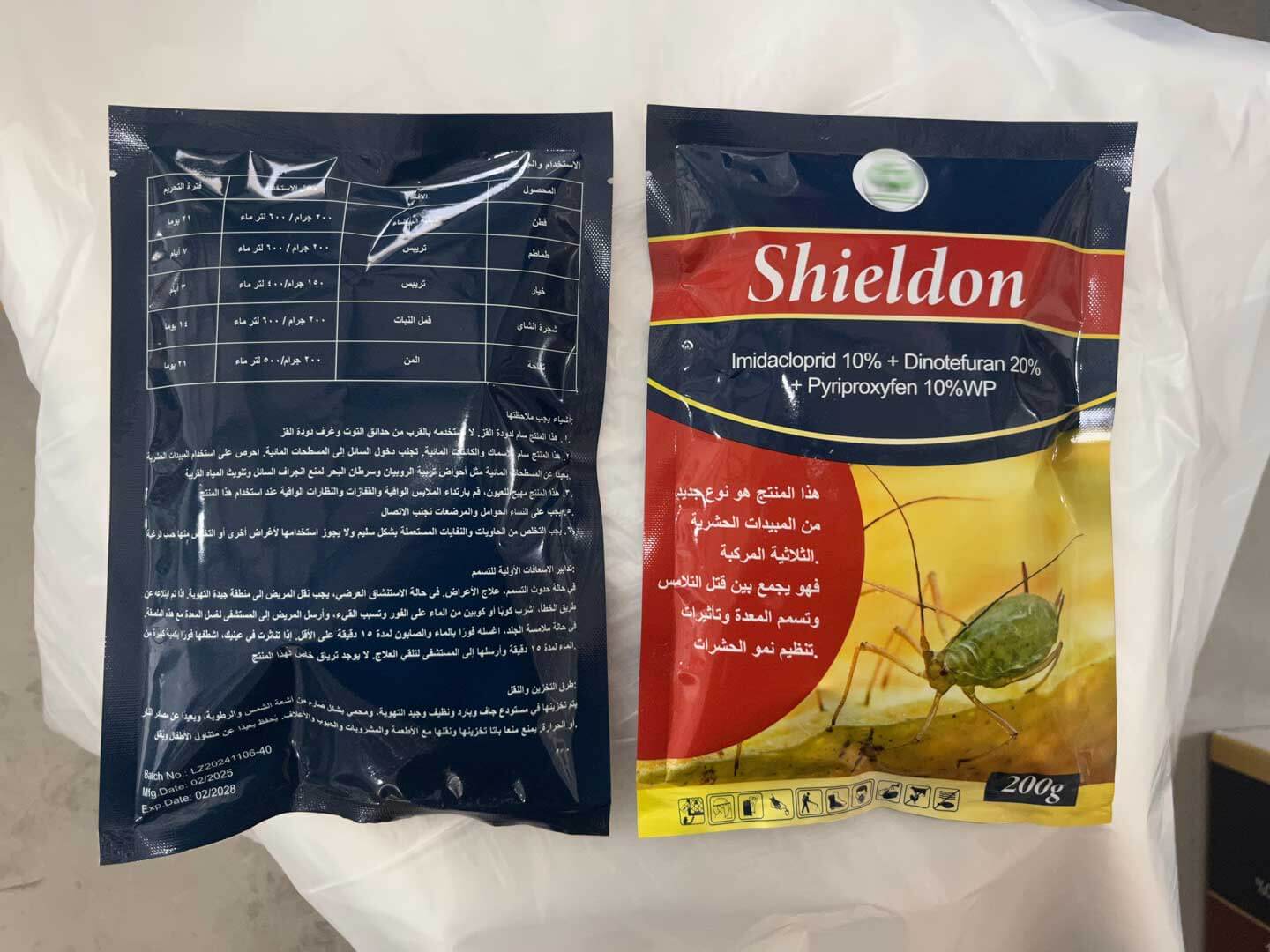
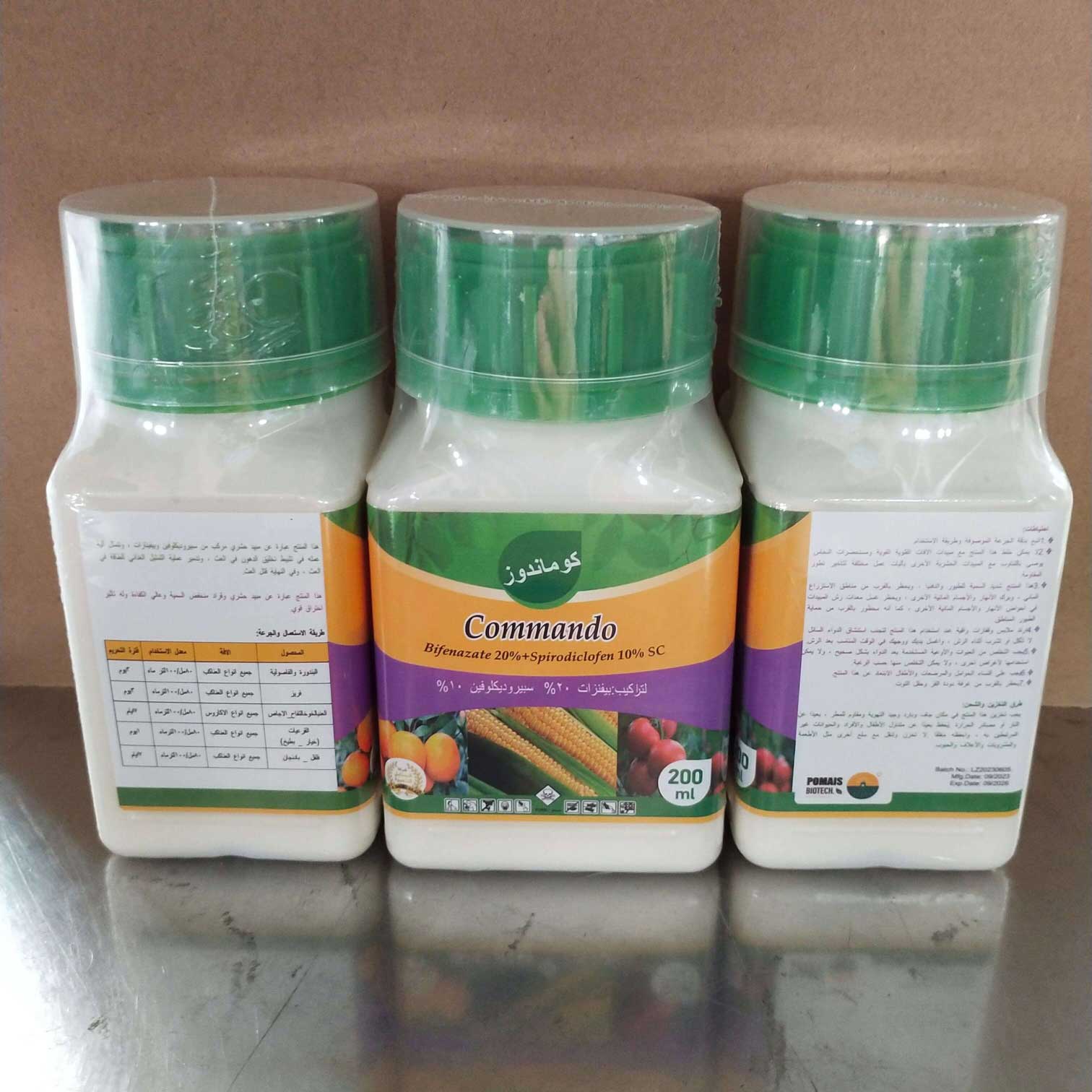
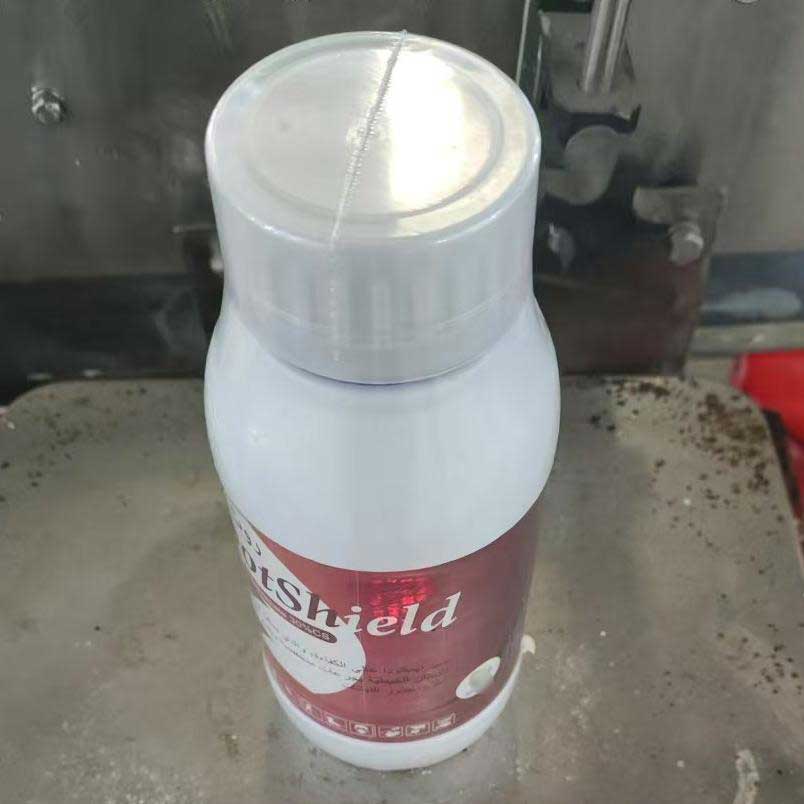
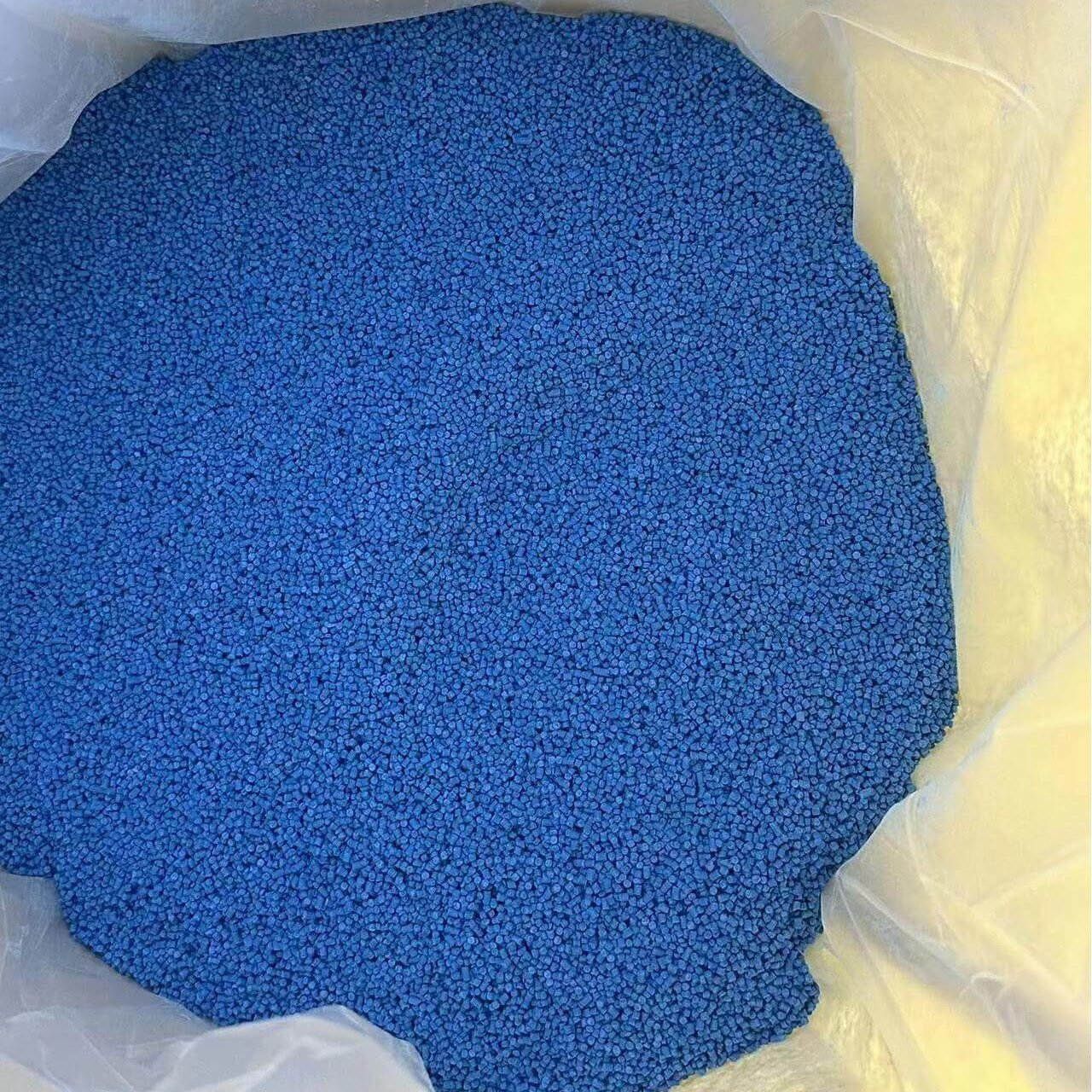
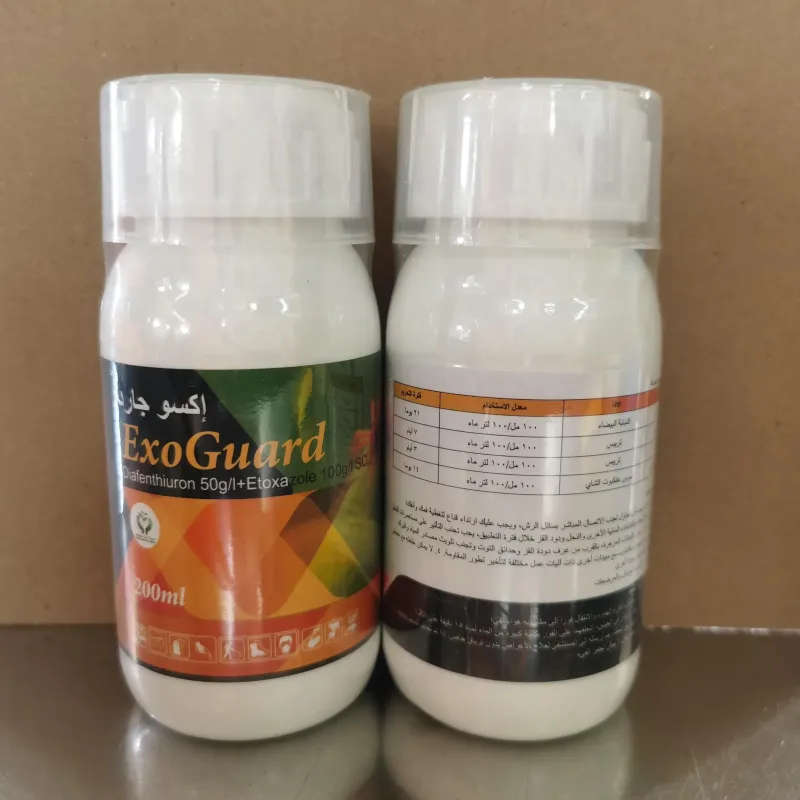
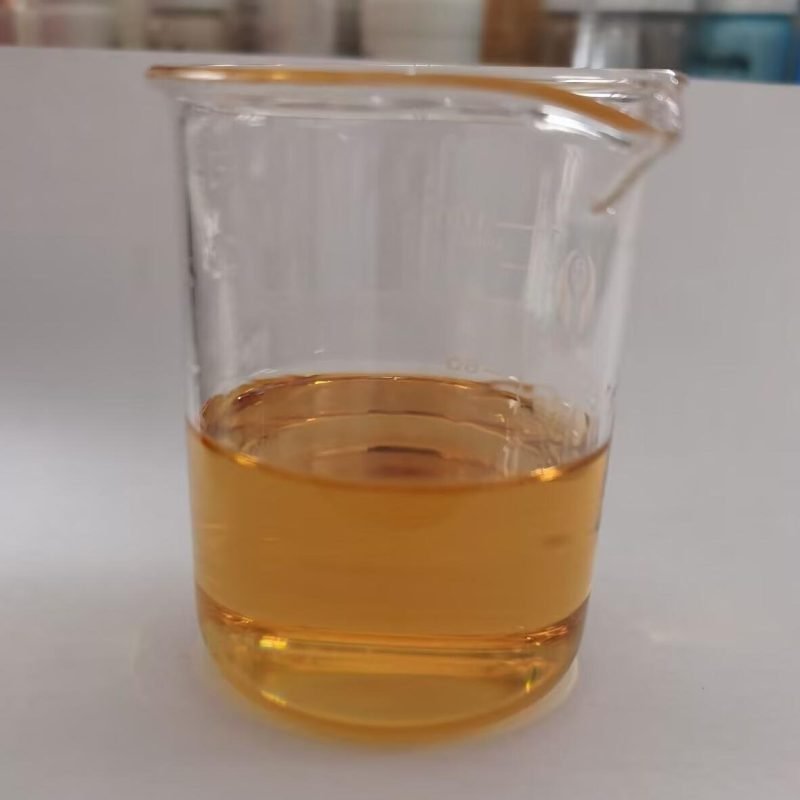
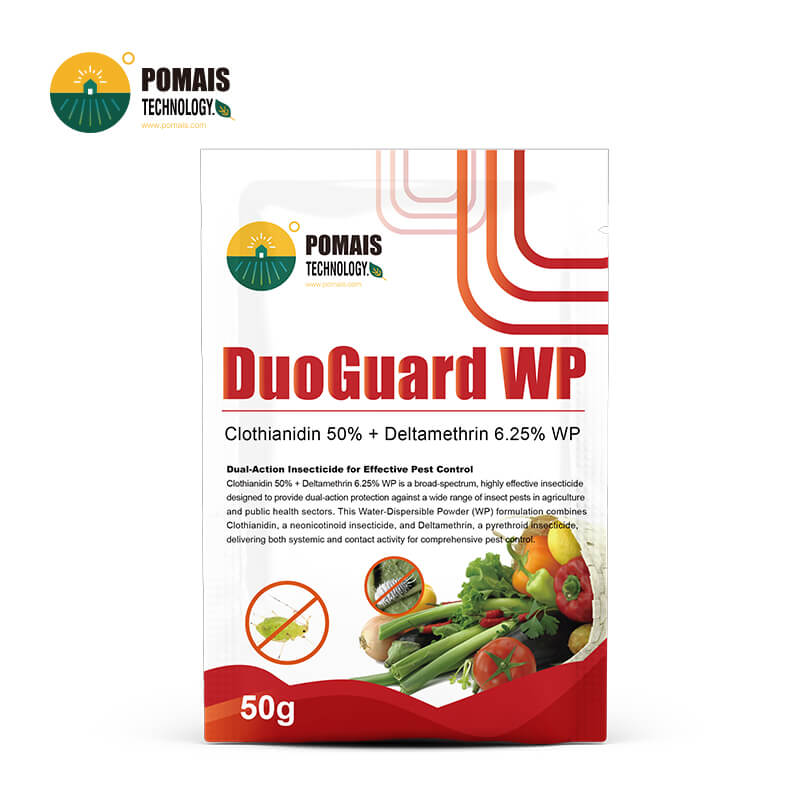
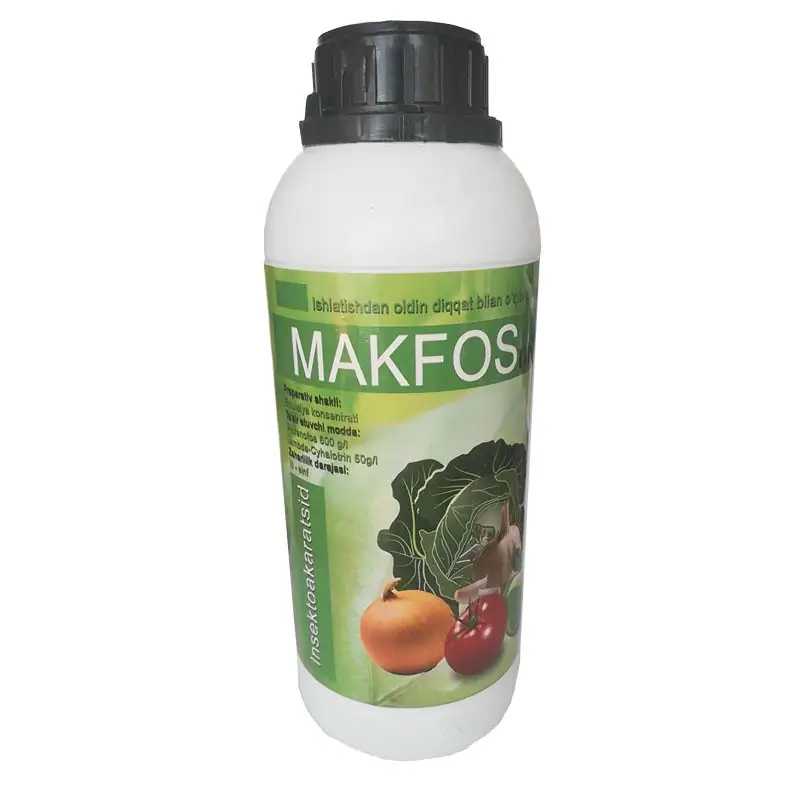
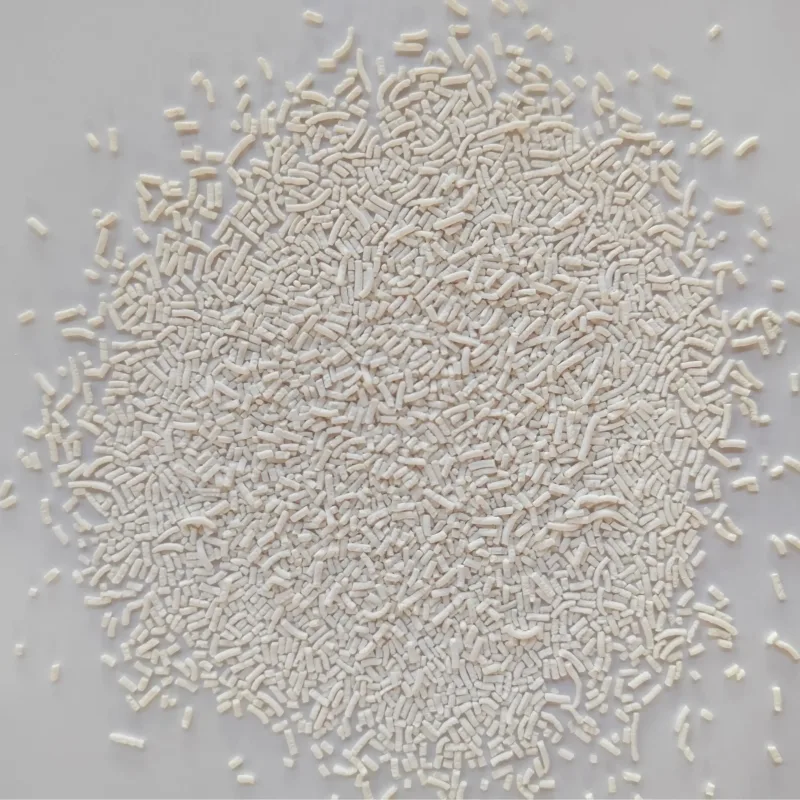
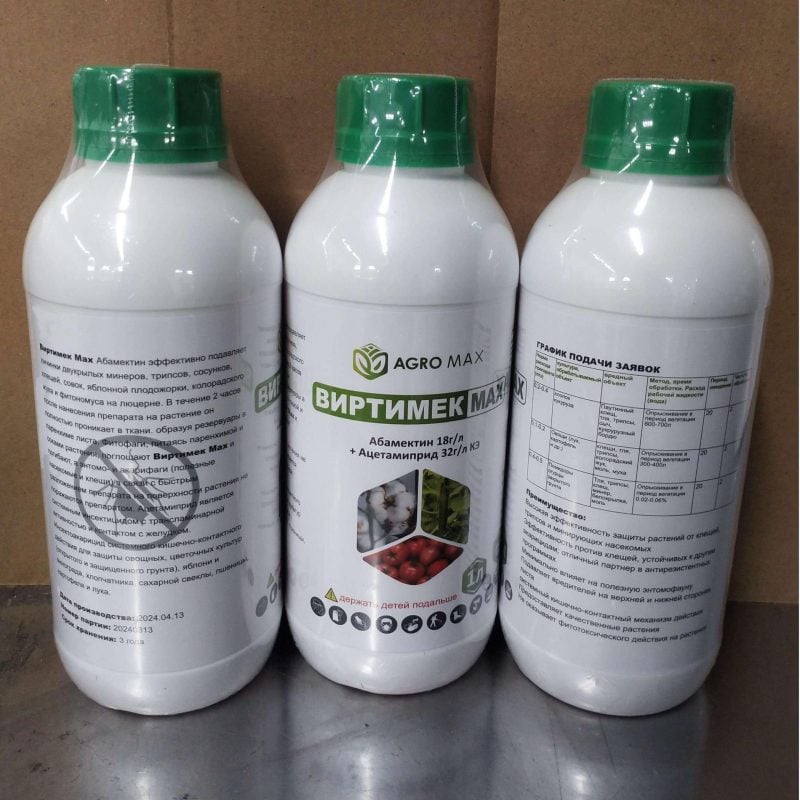
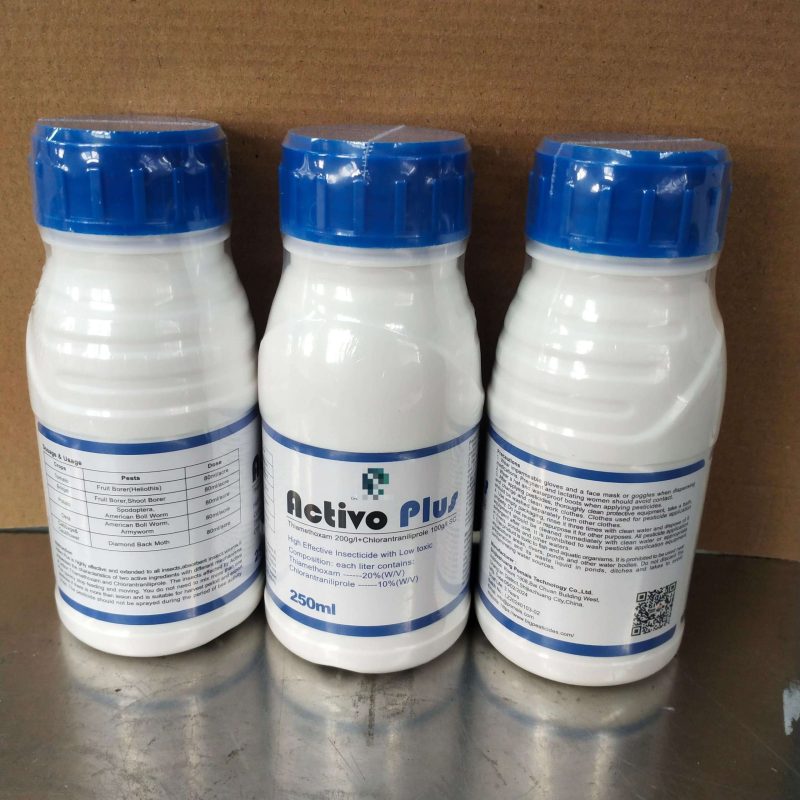
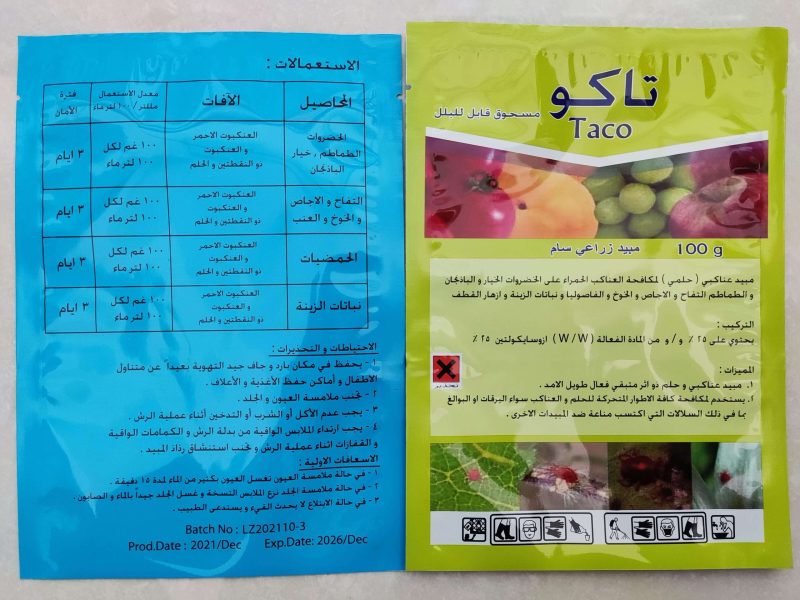
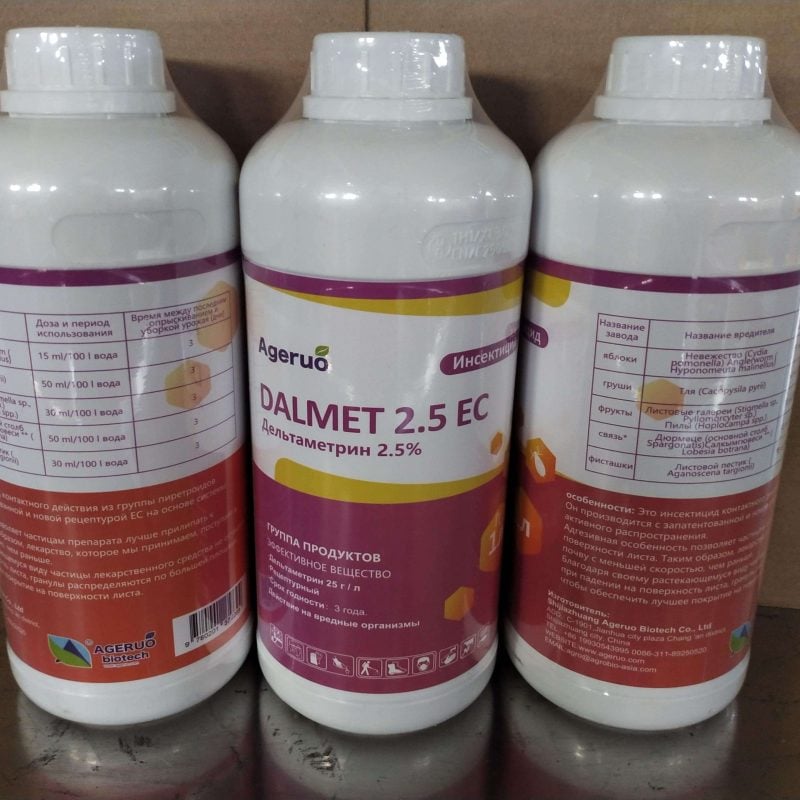
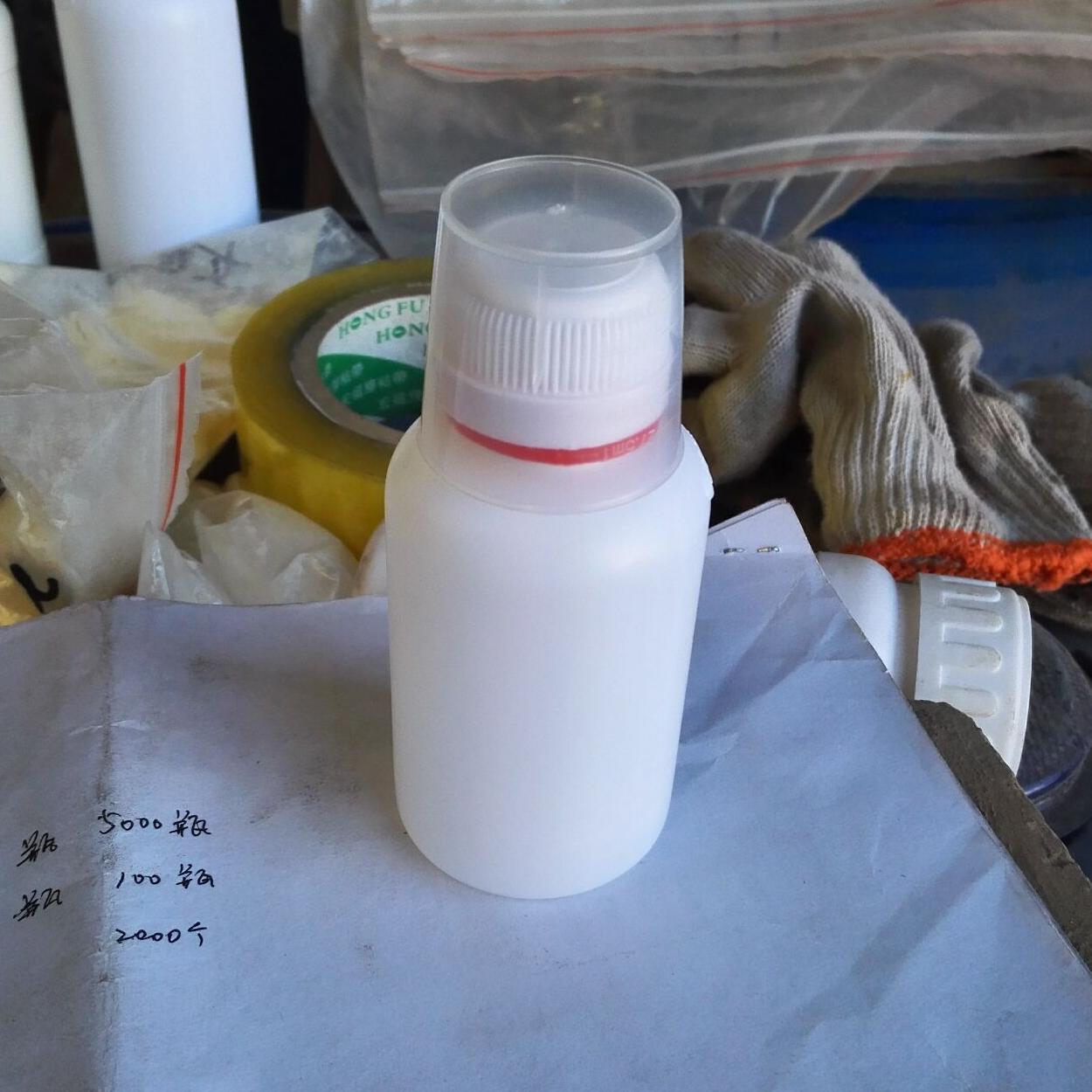
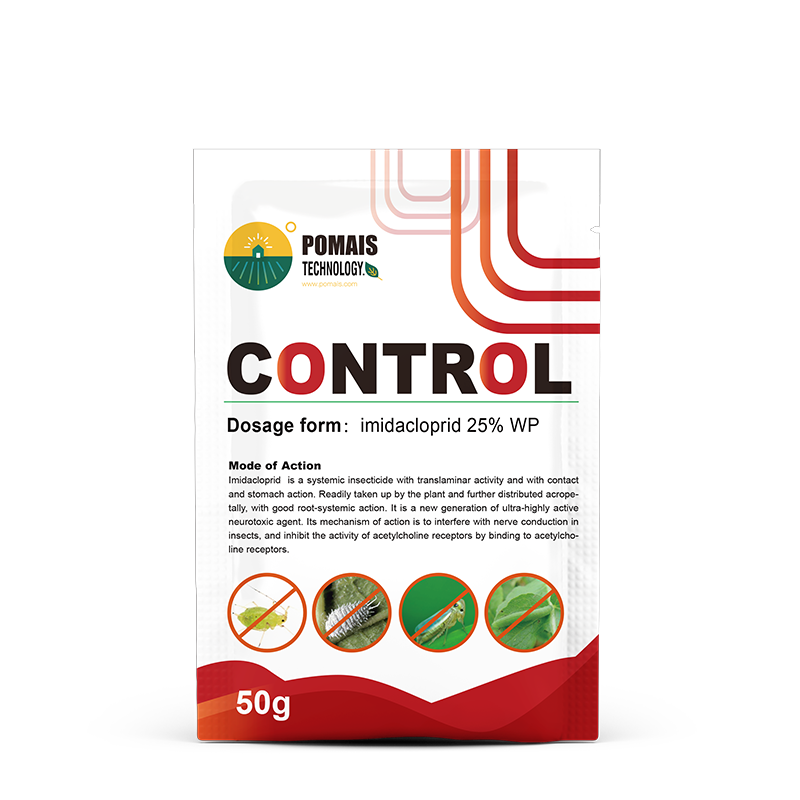

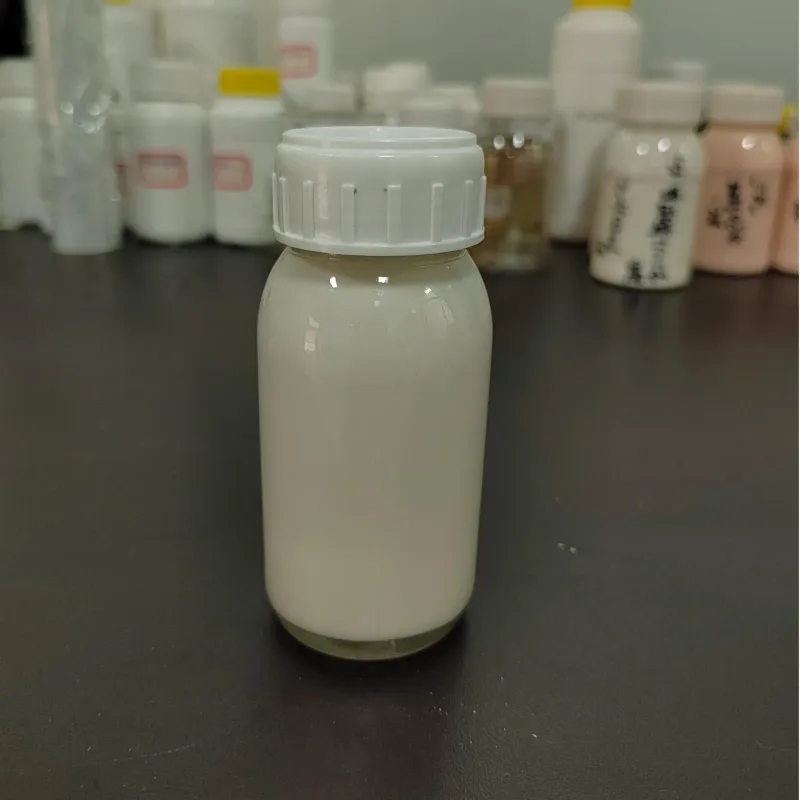


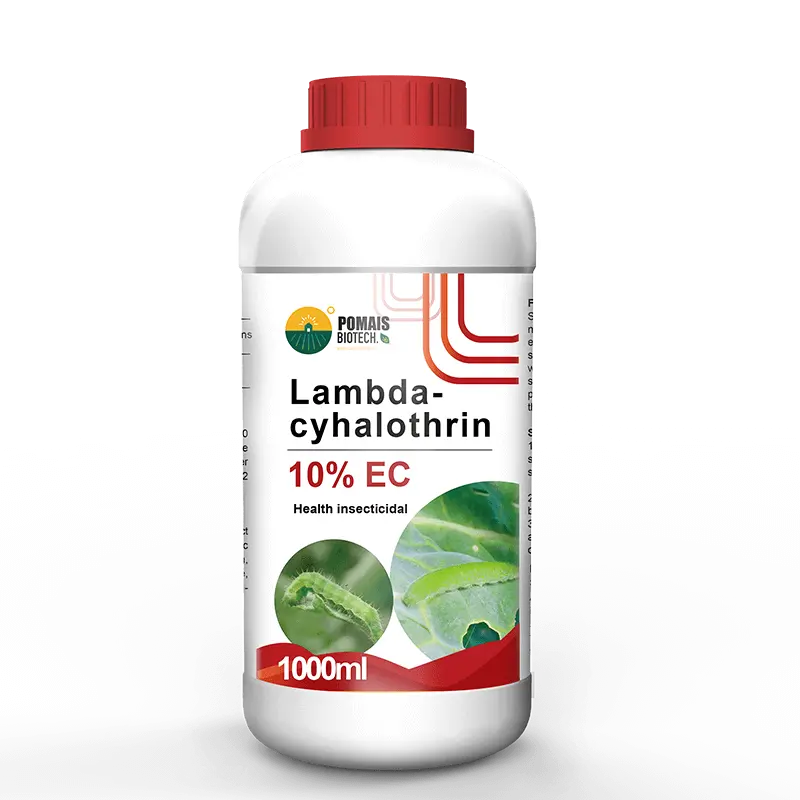

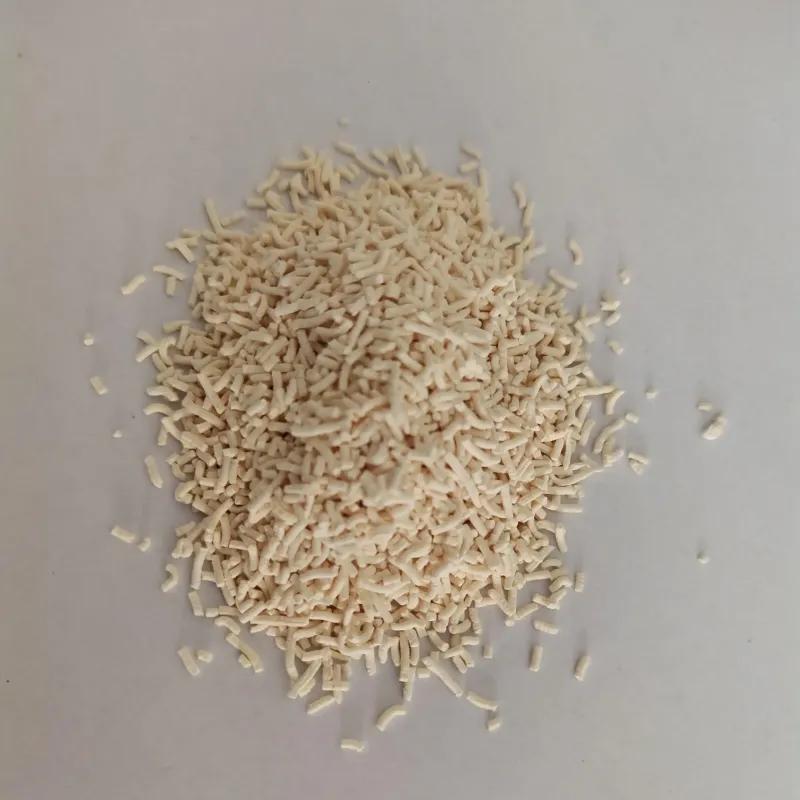
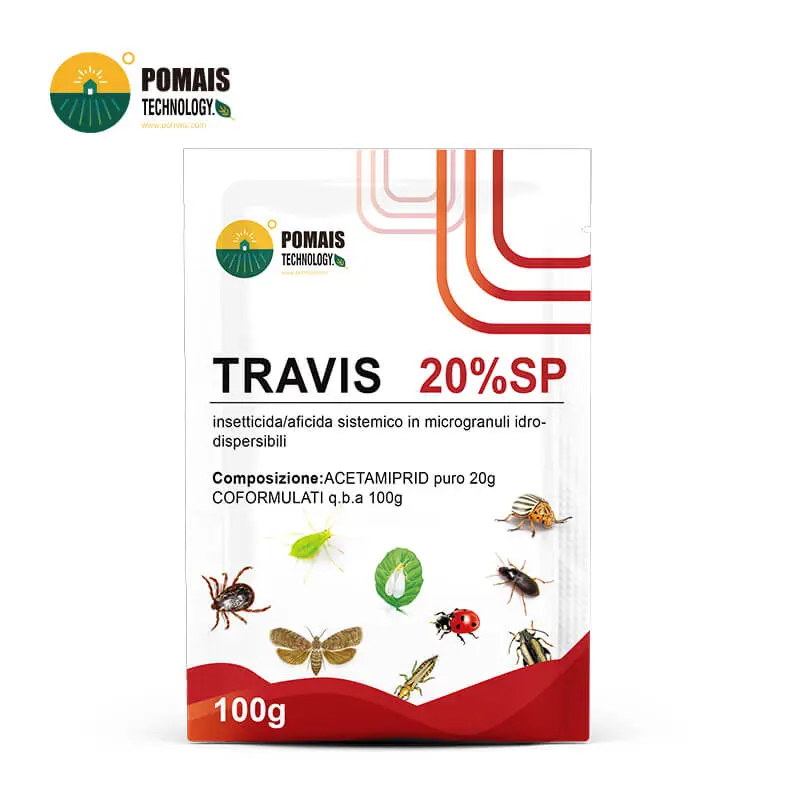
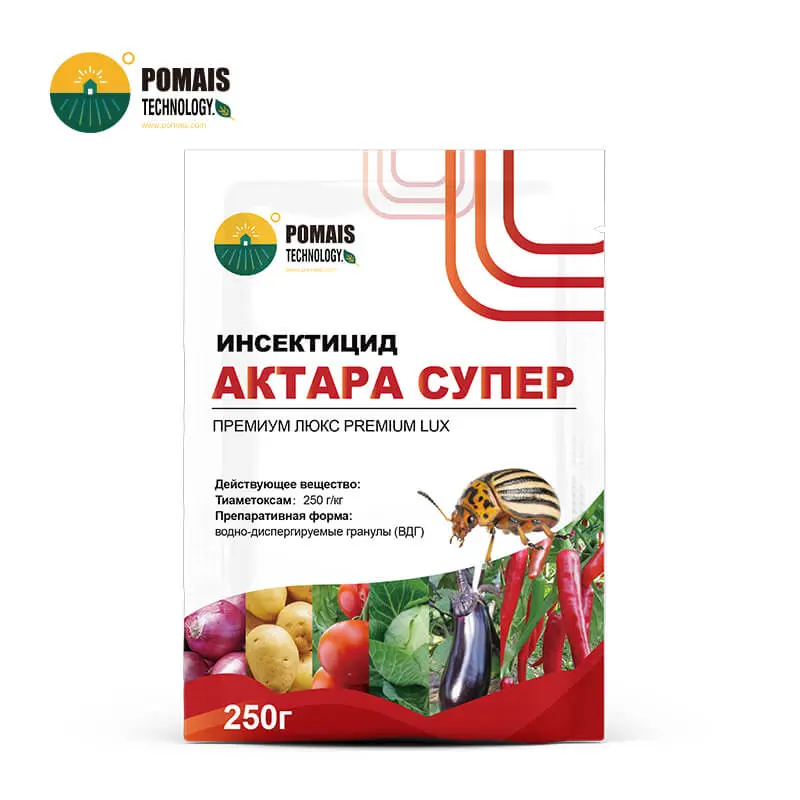
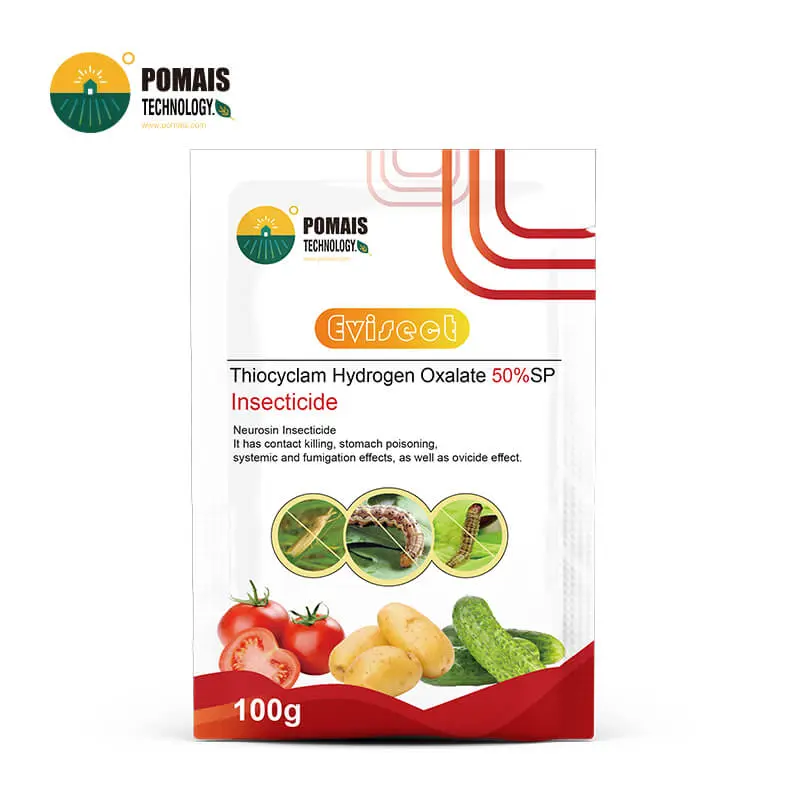
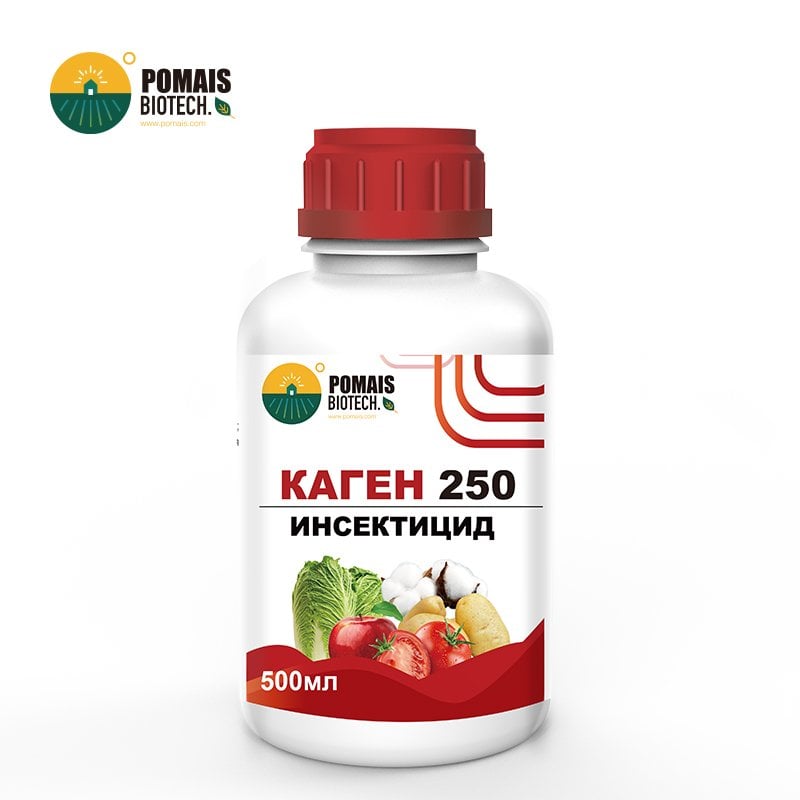
-40EC.jpg)
